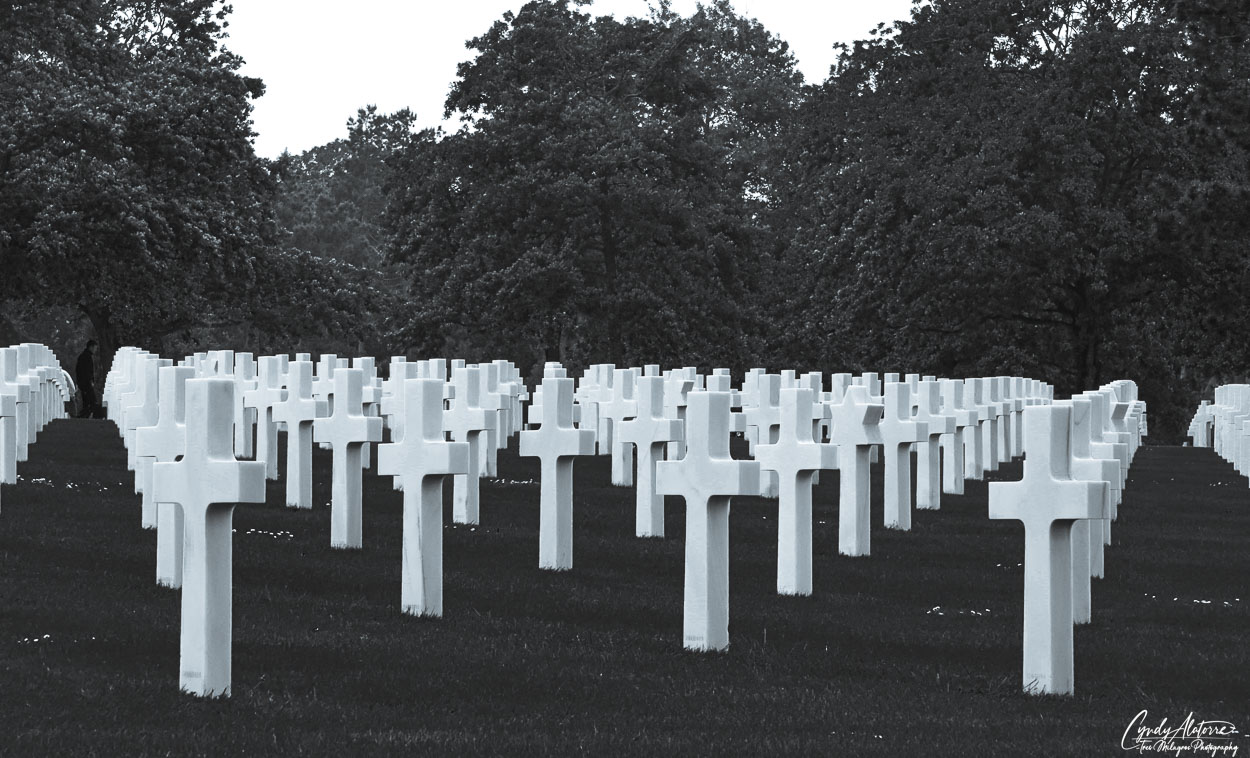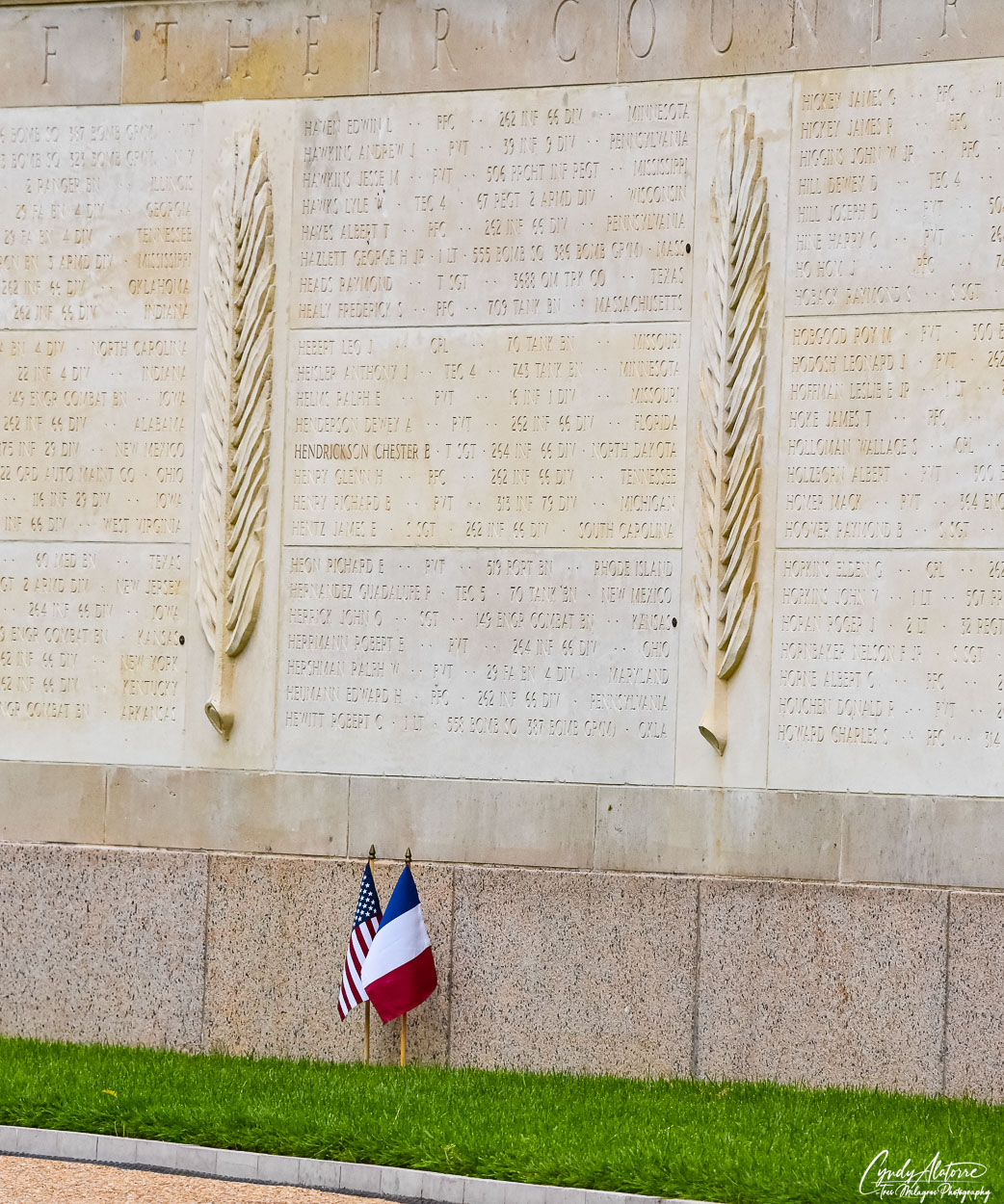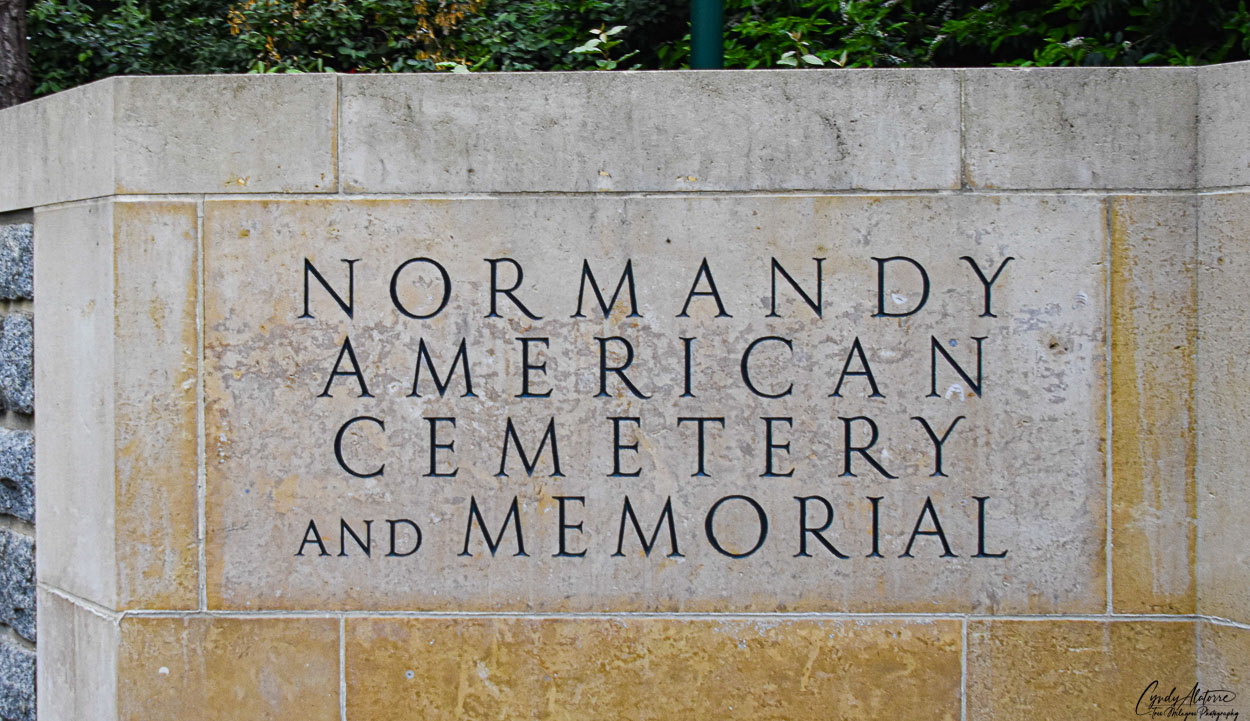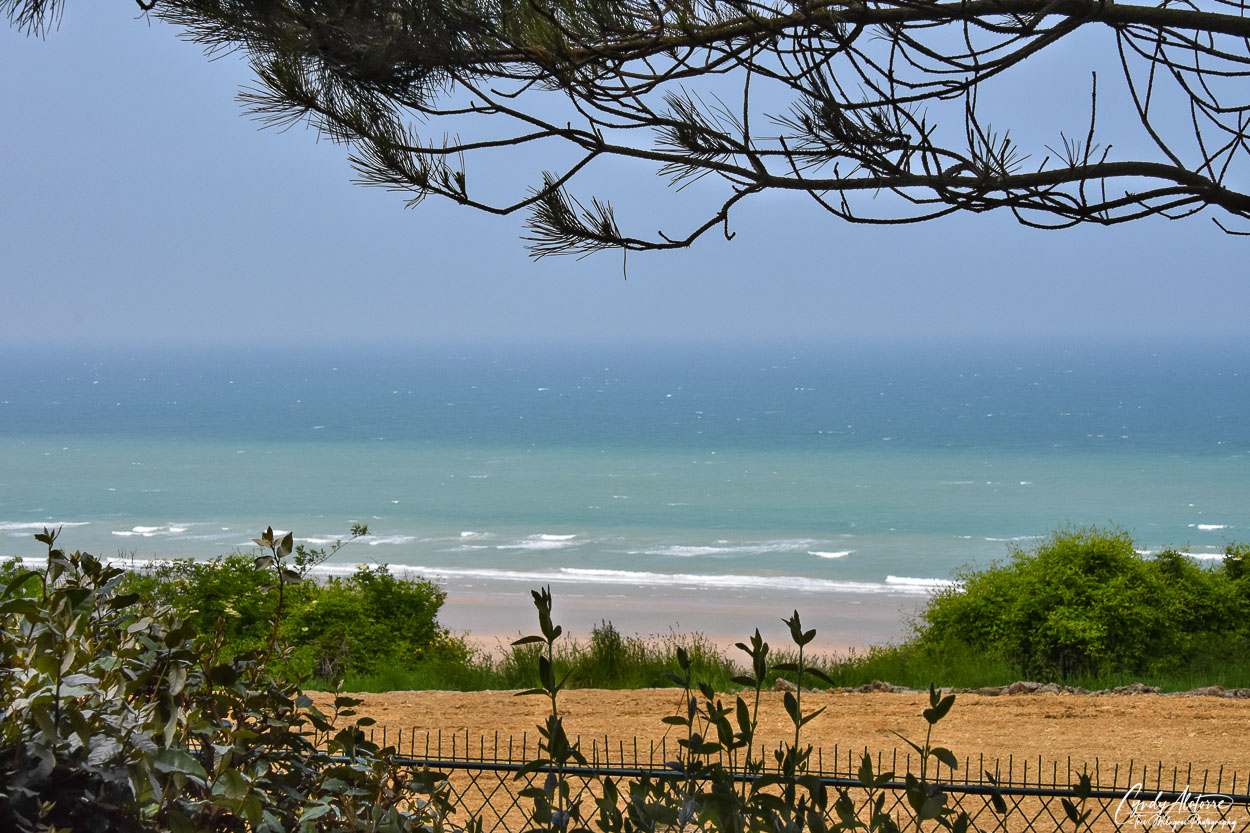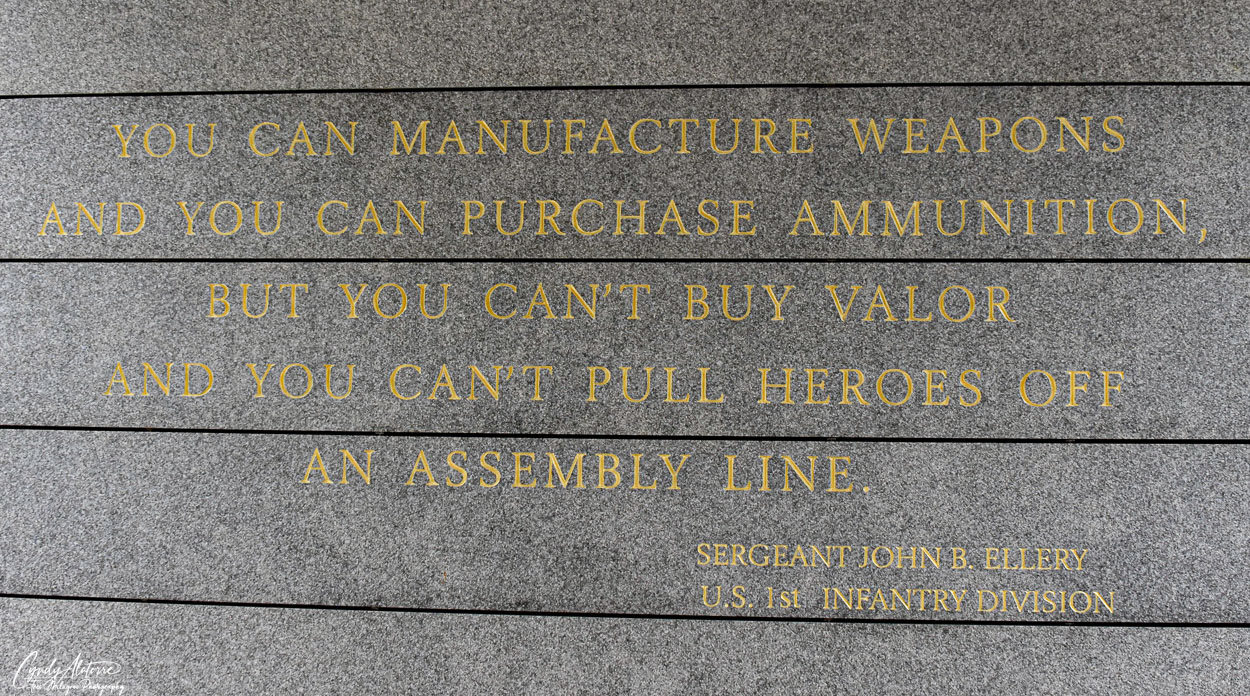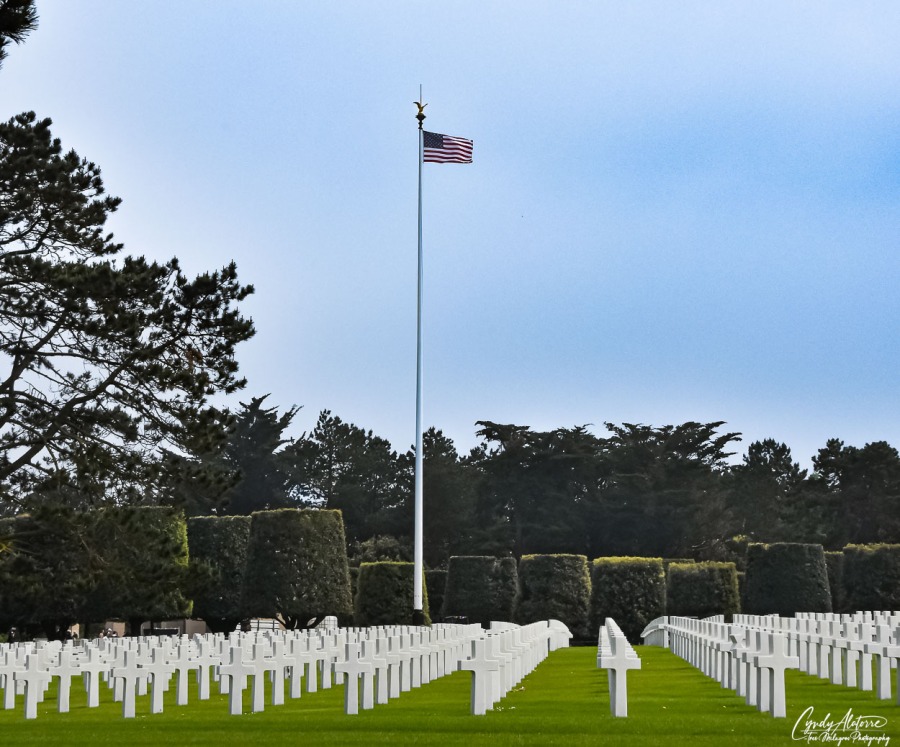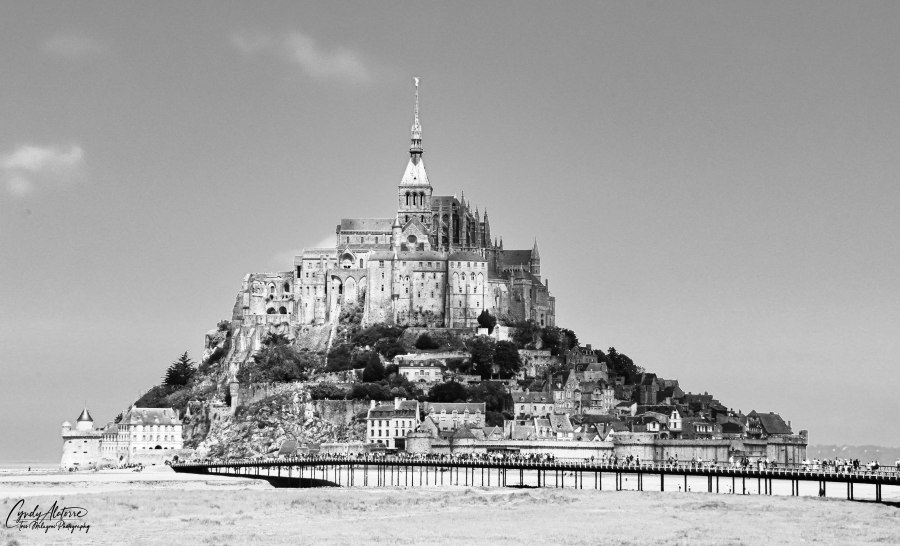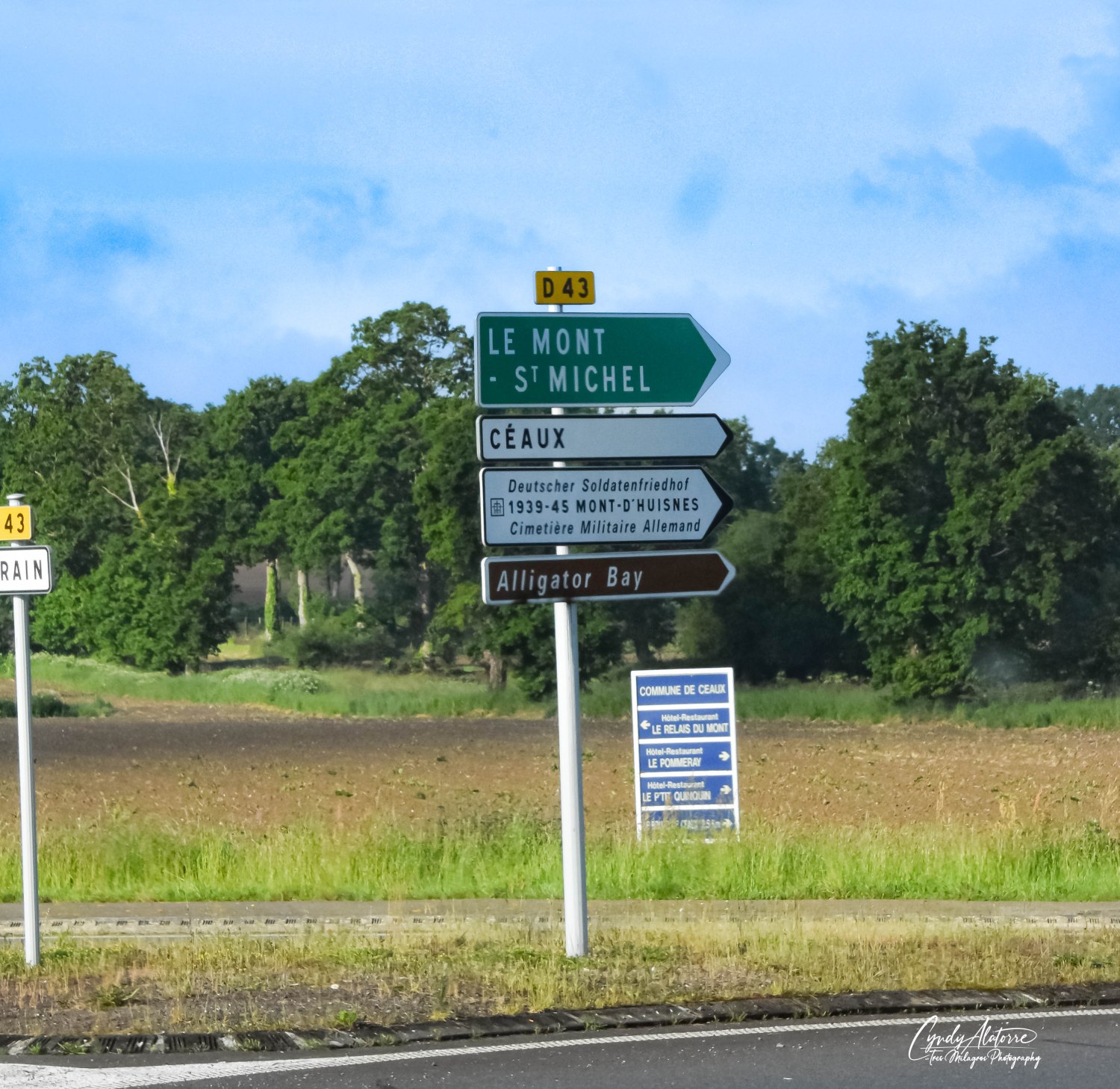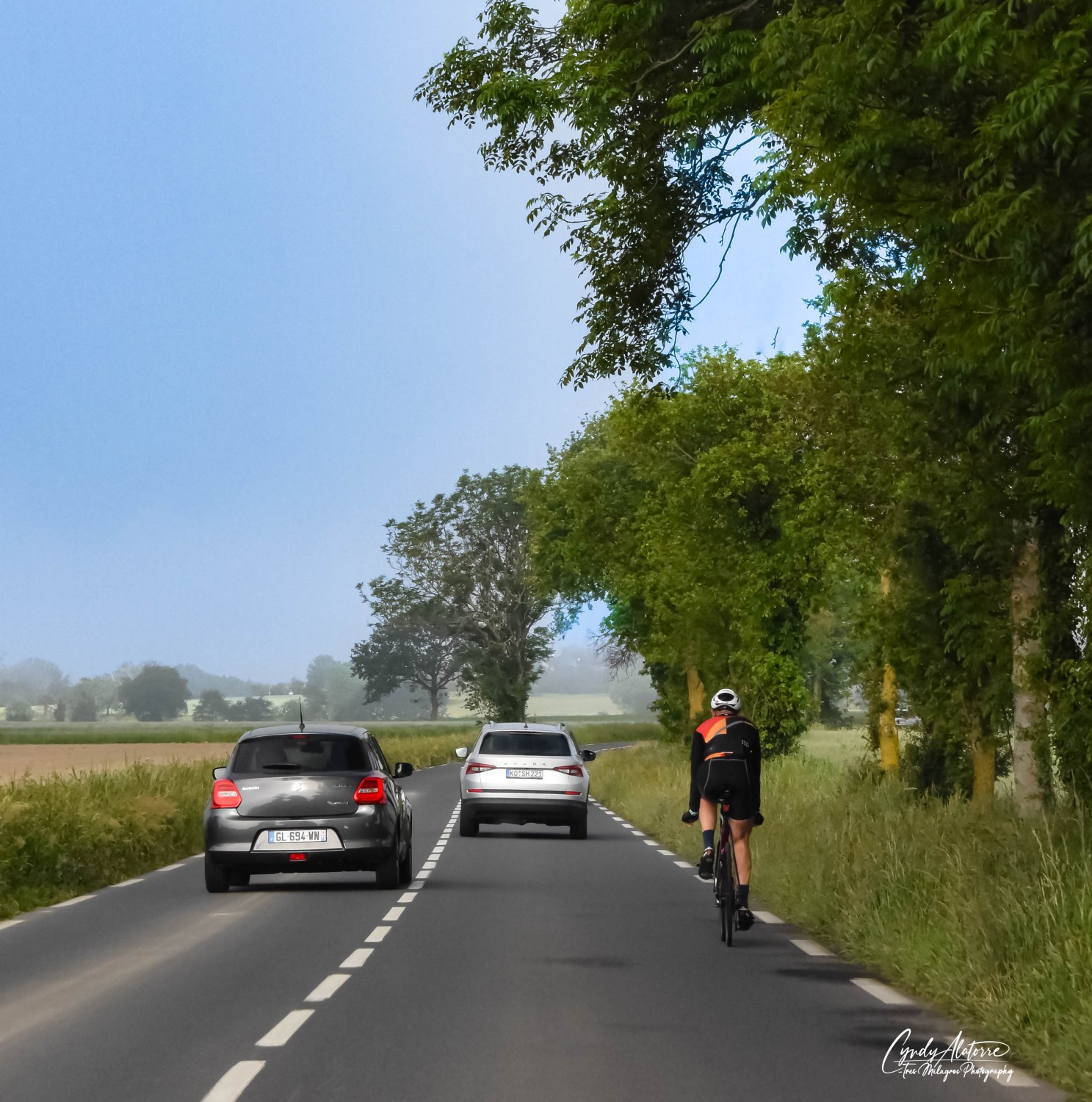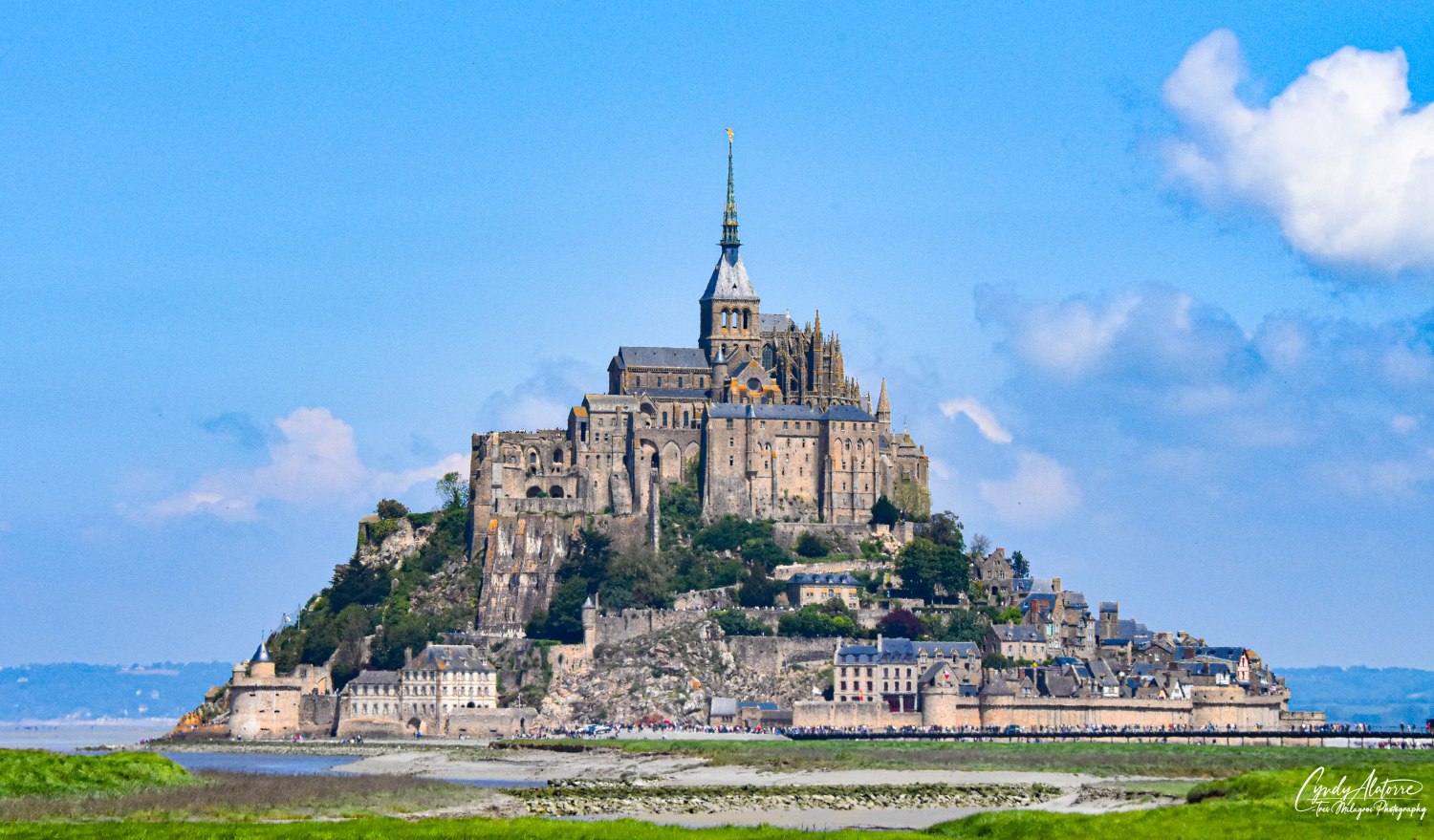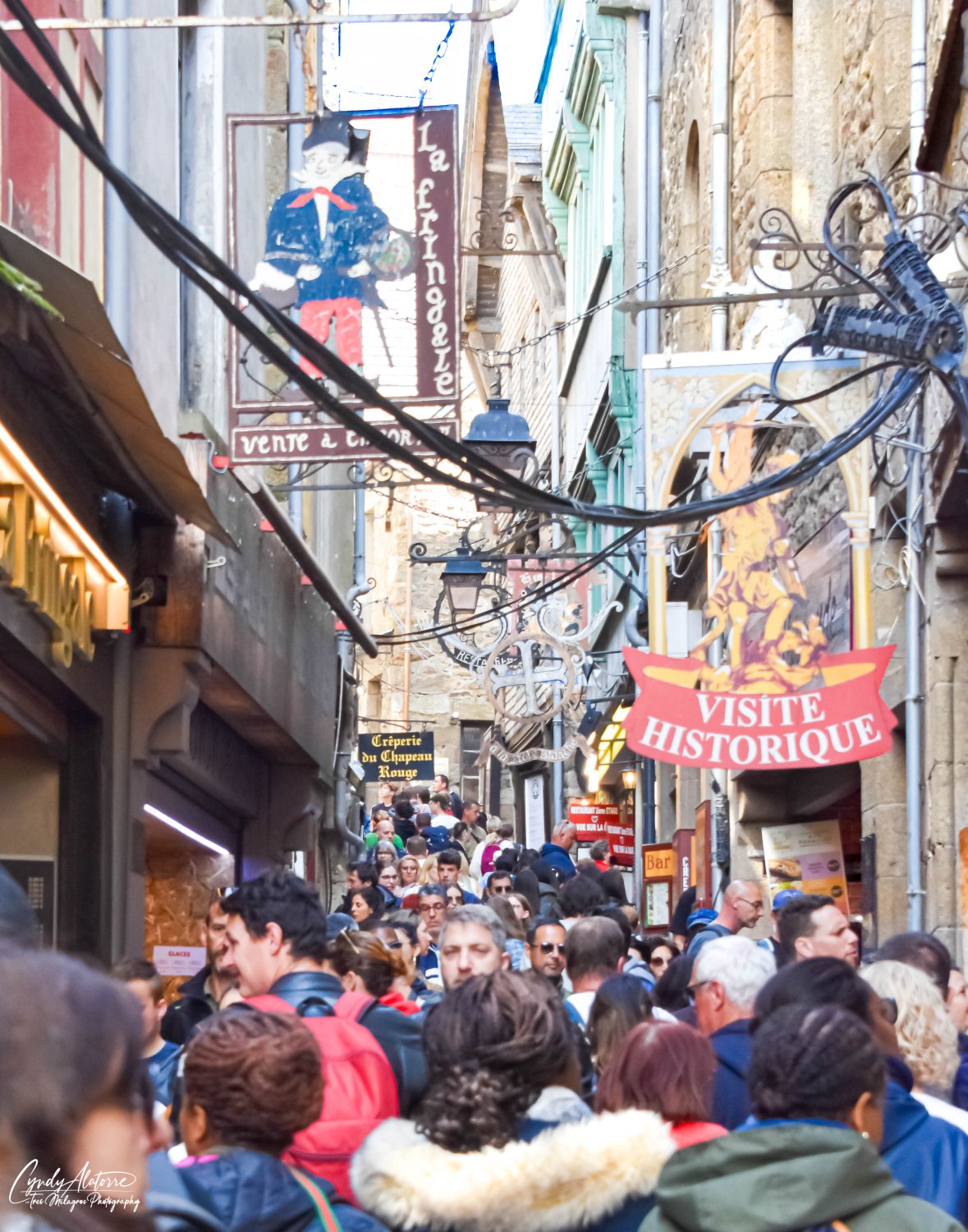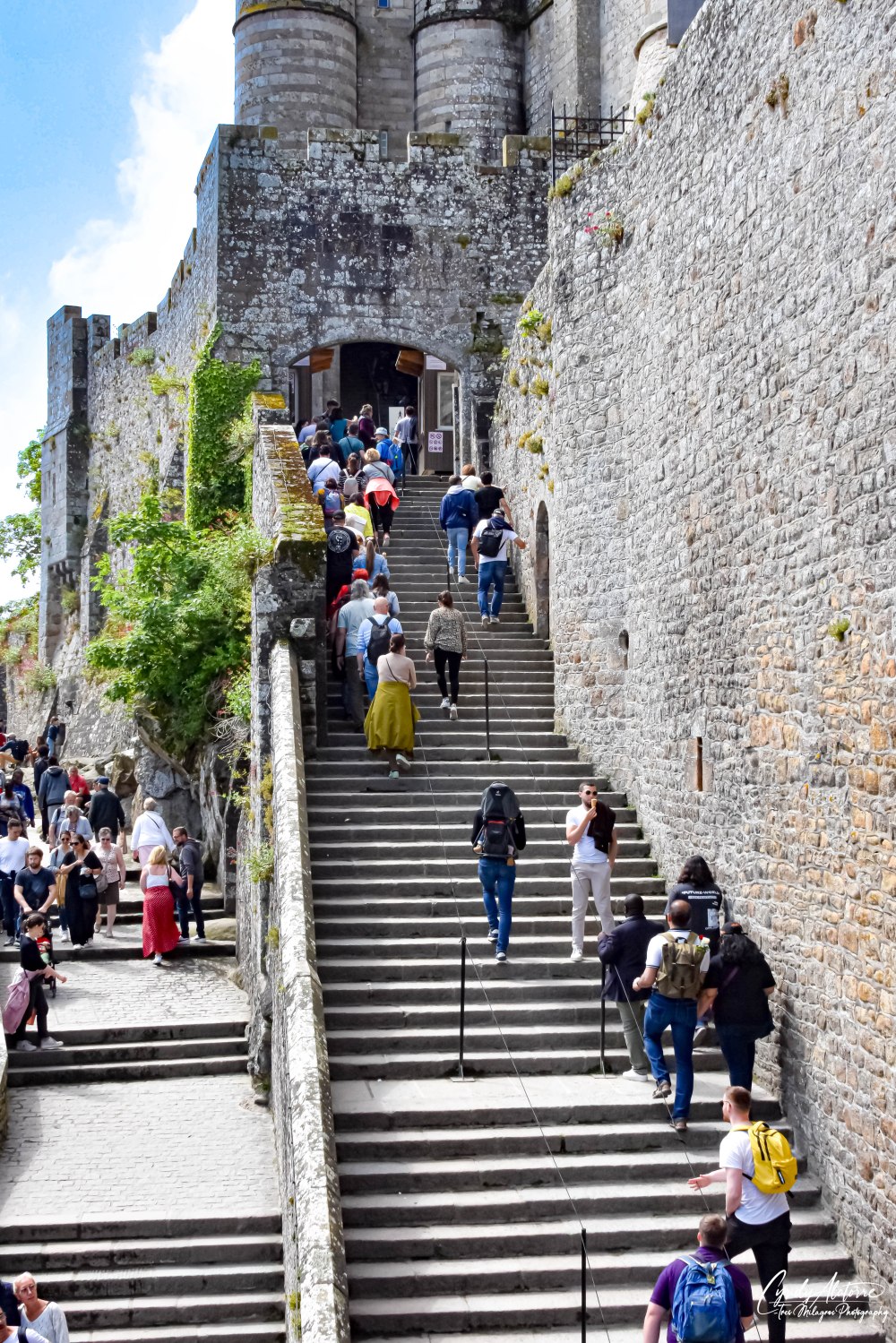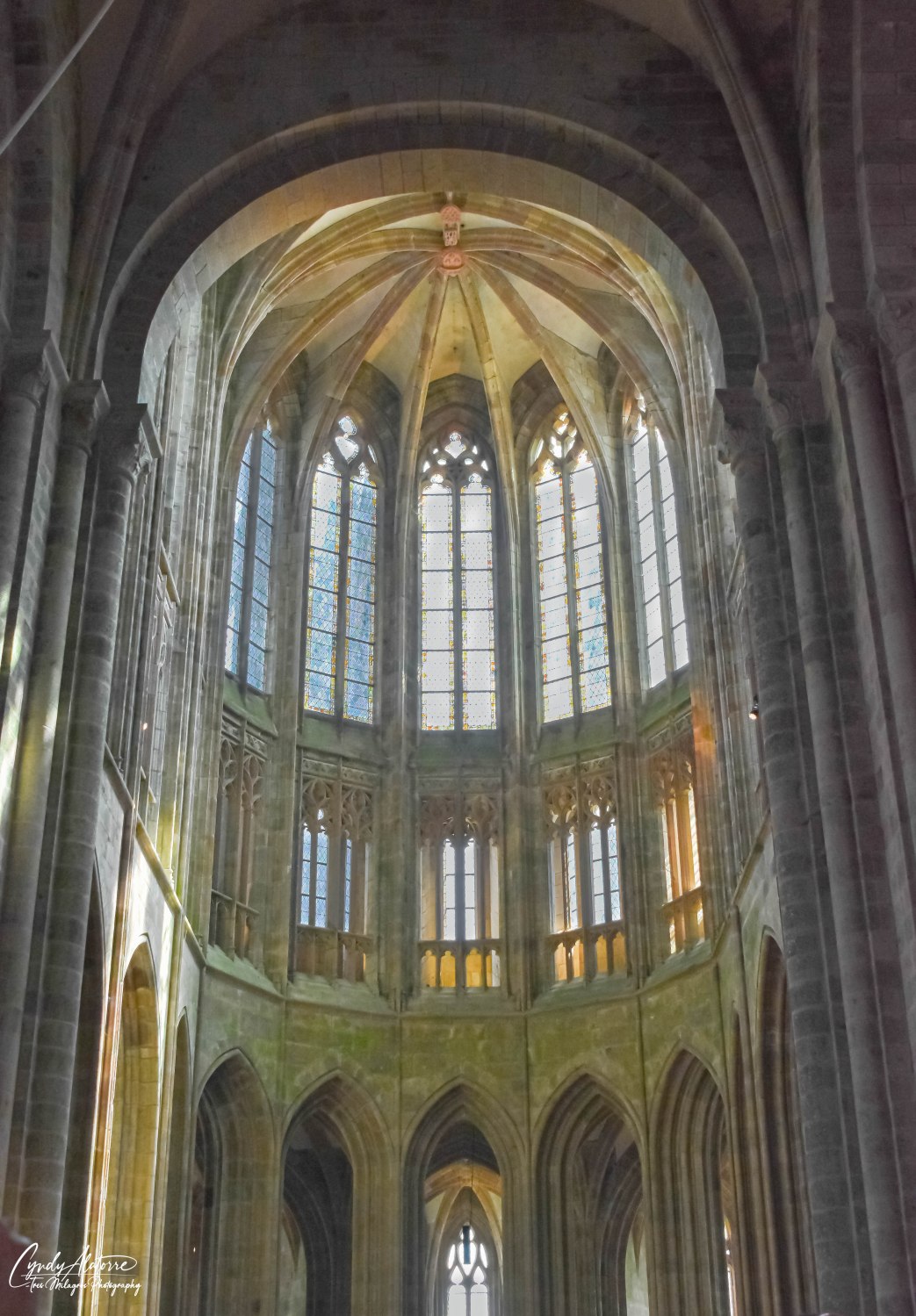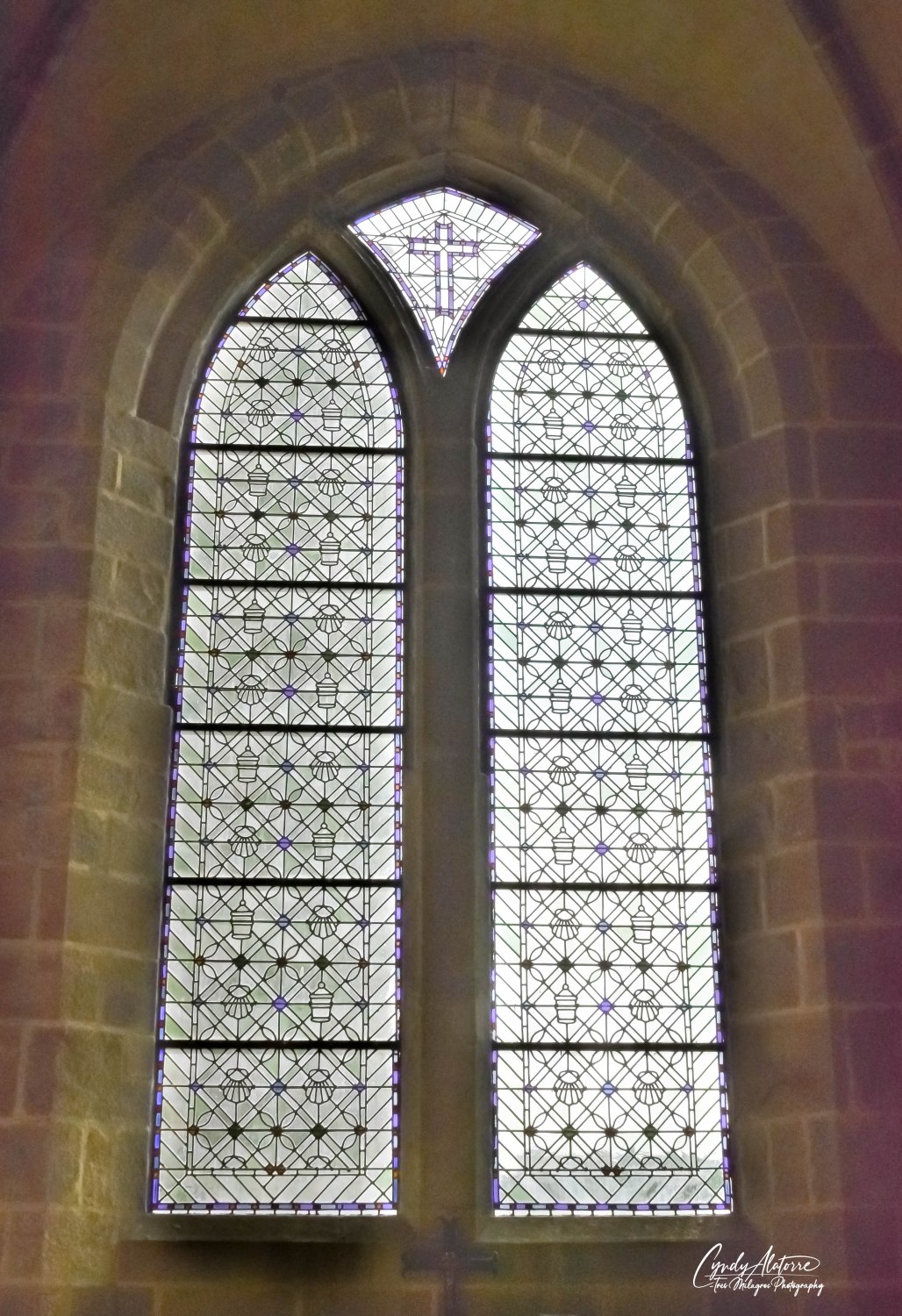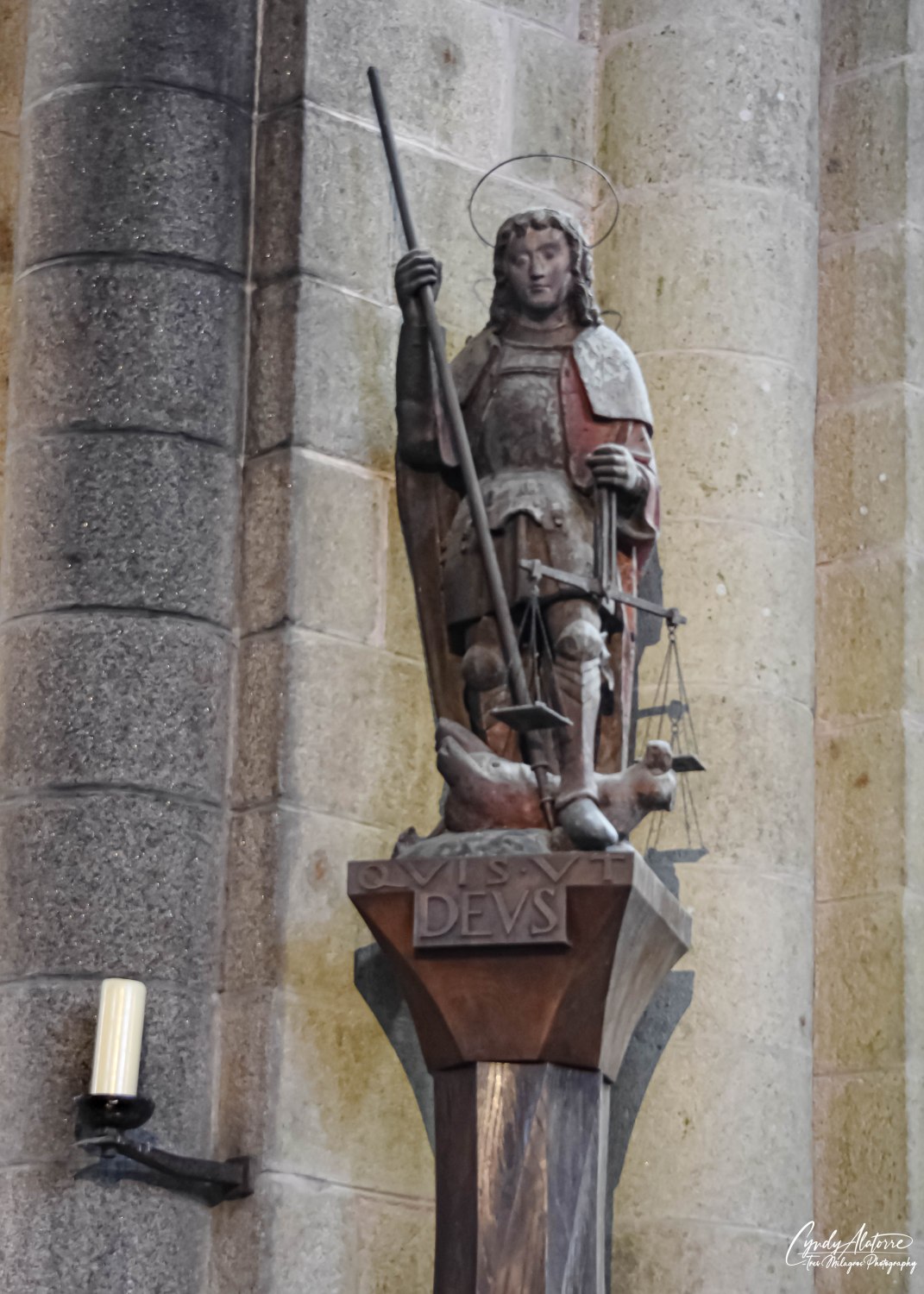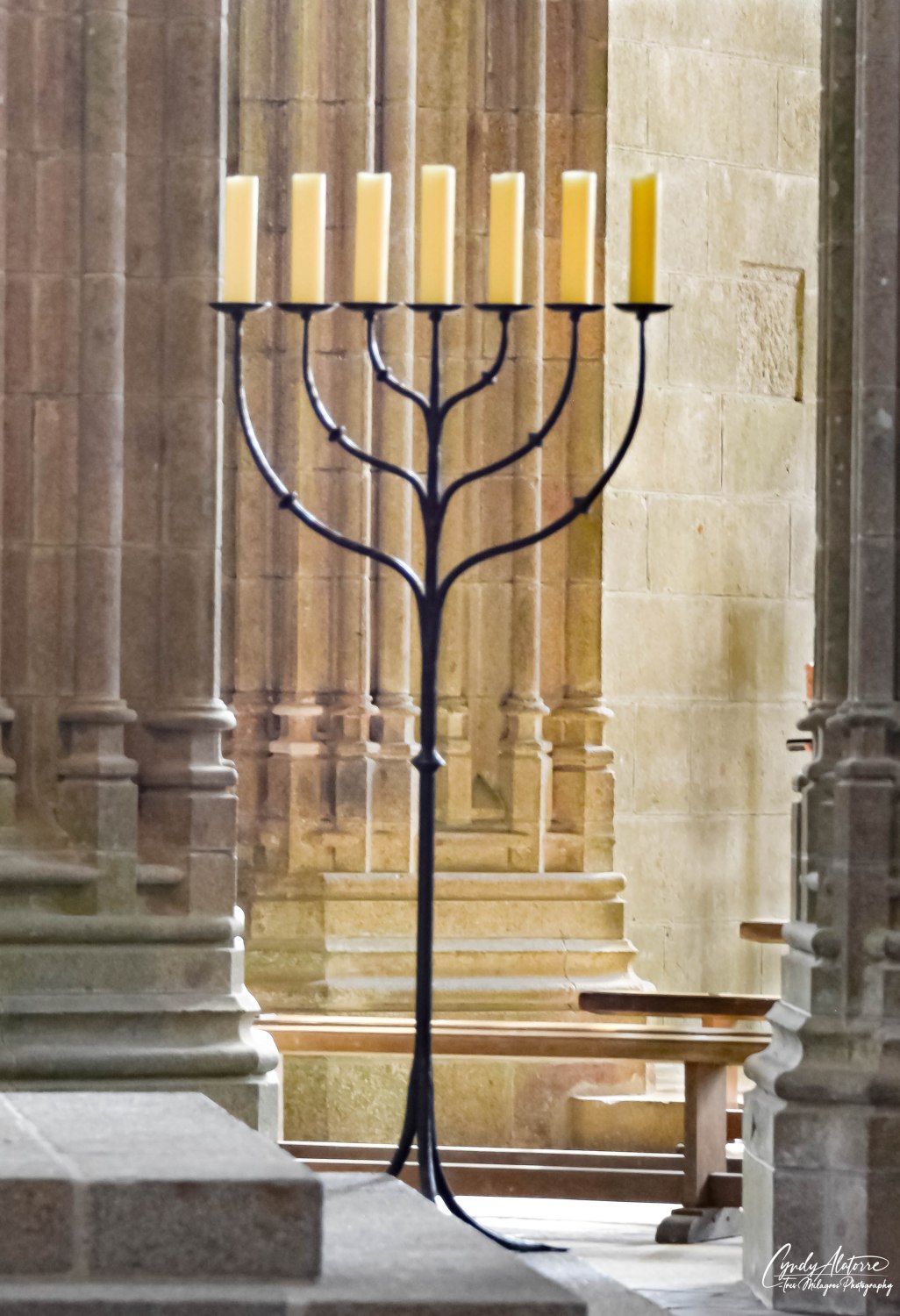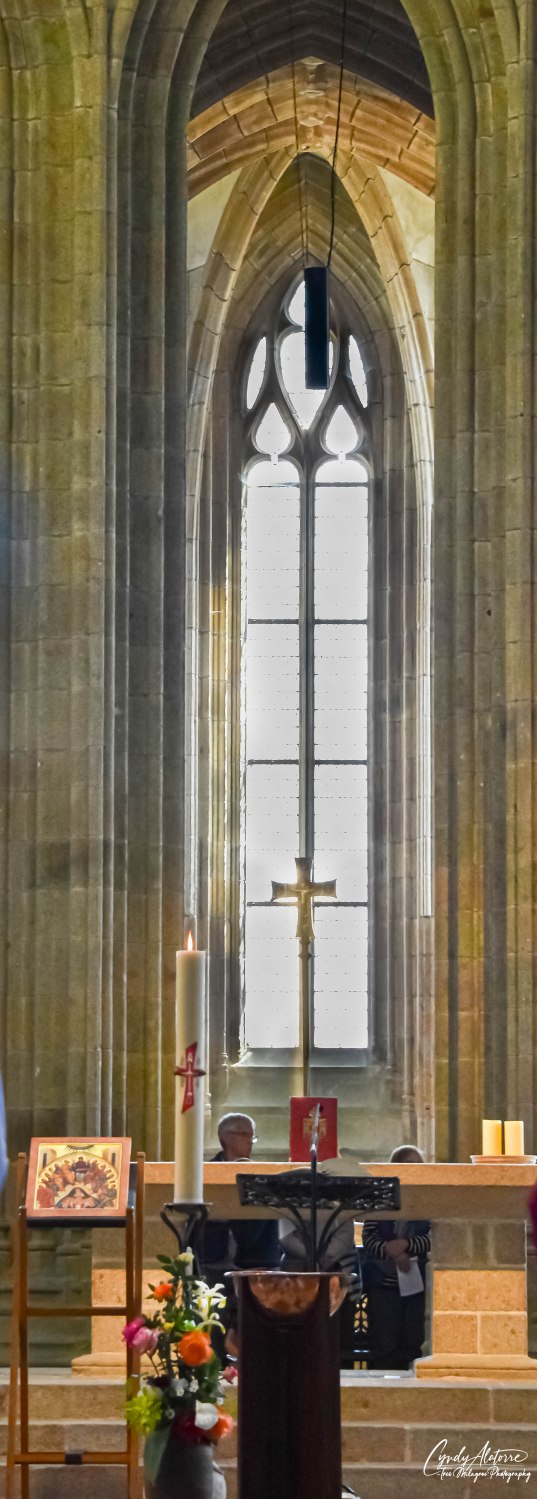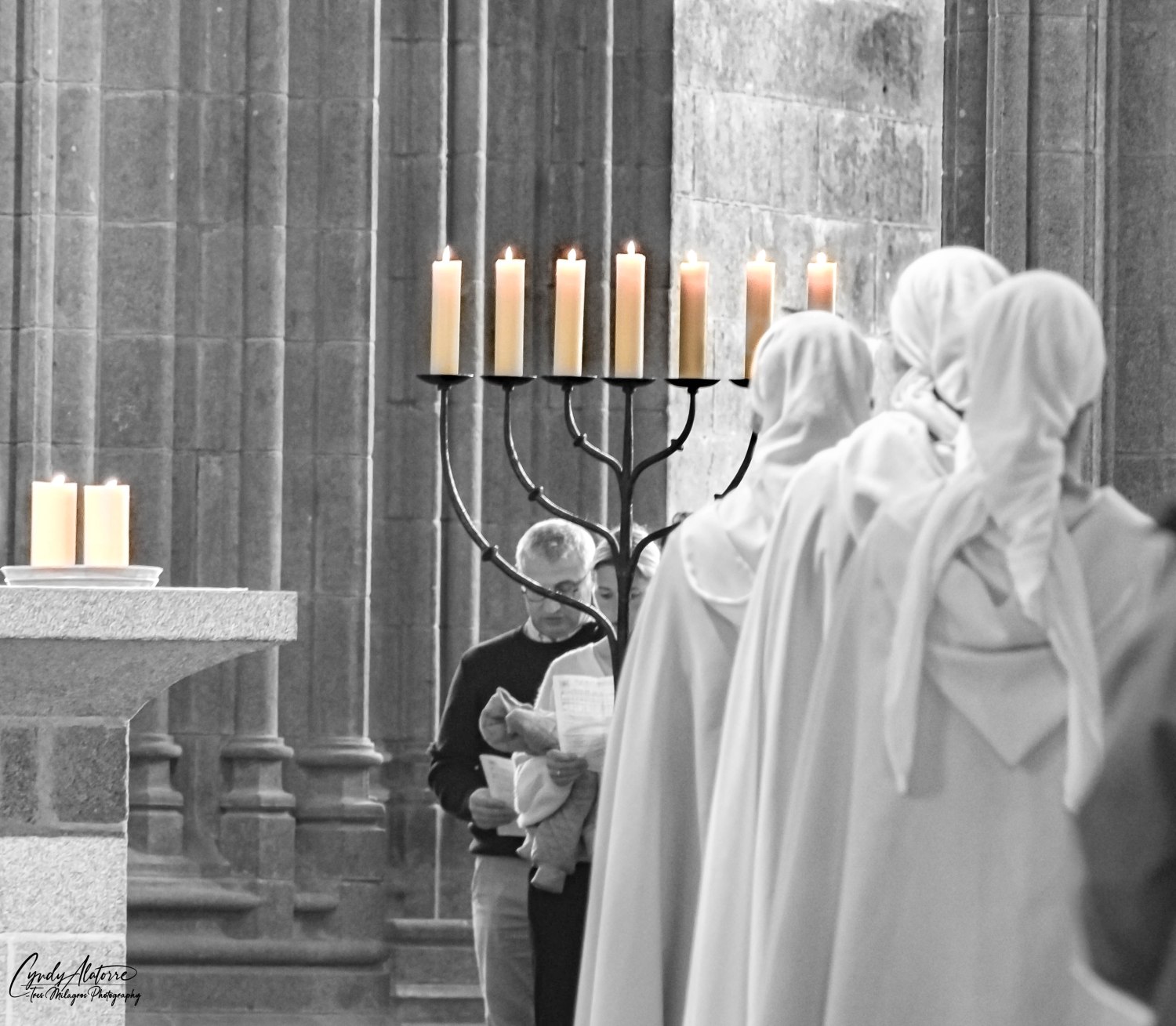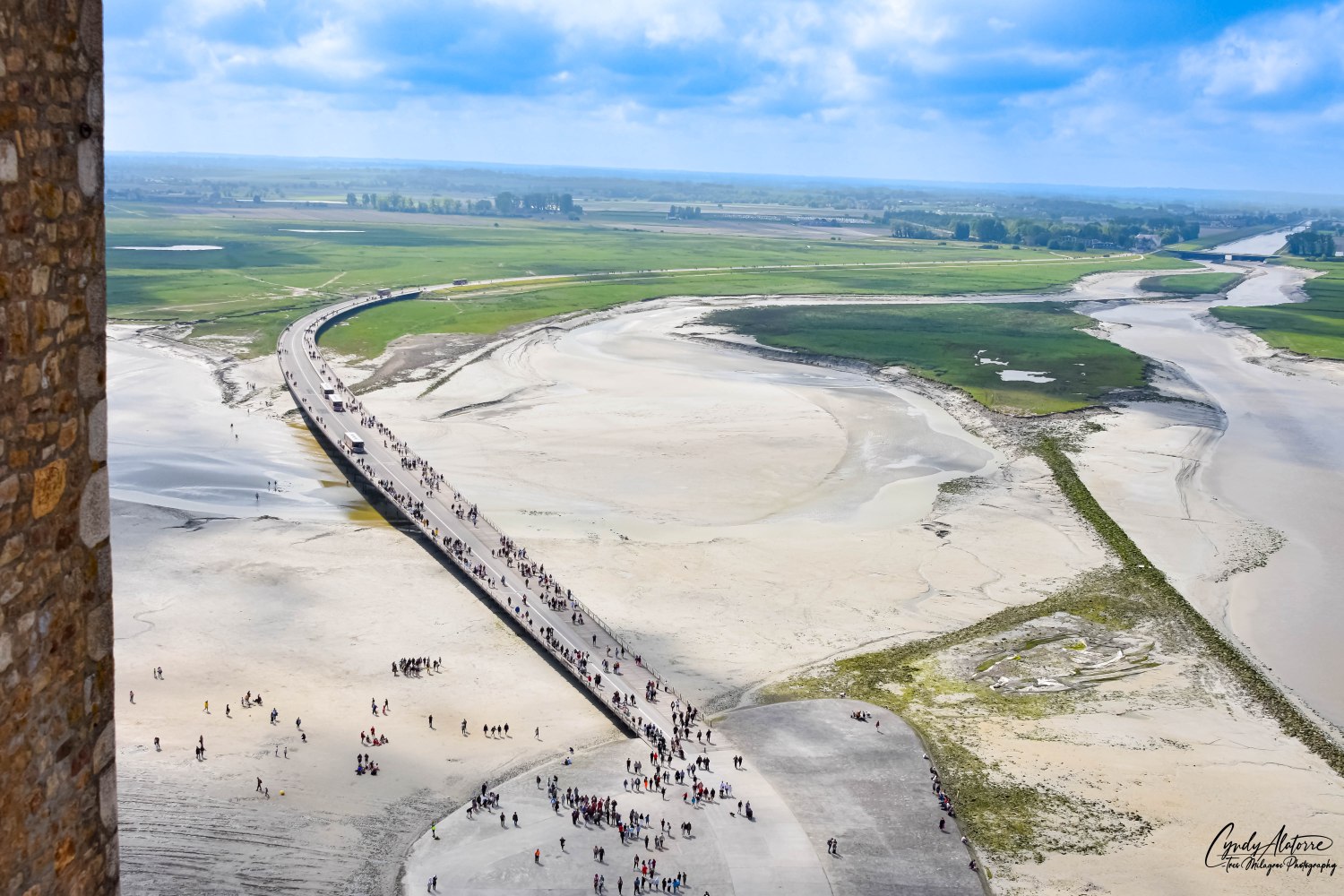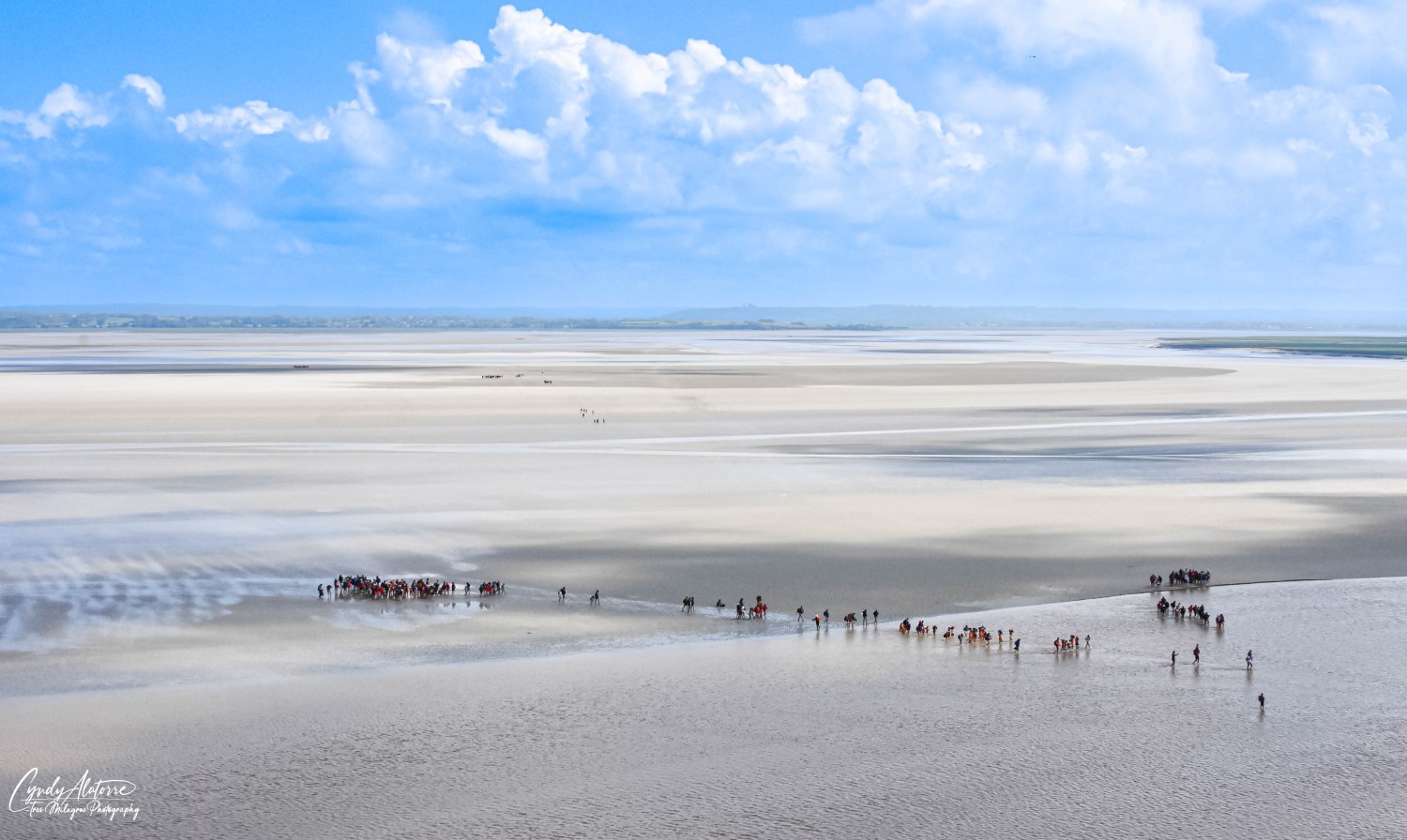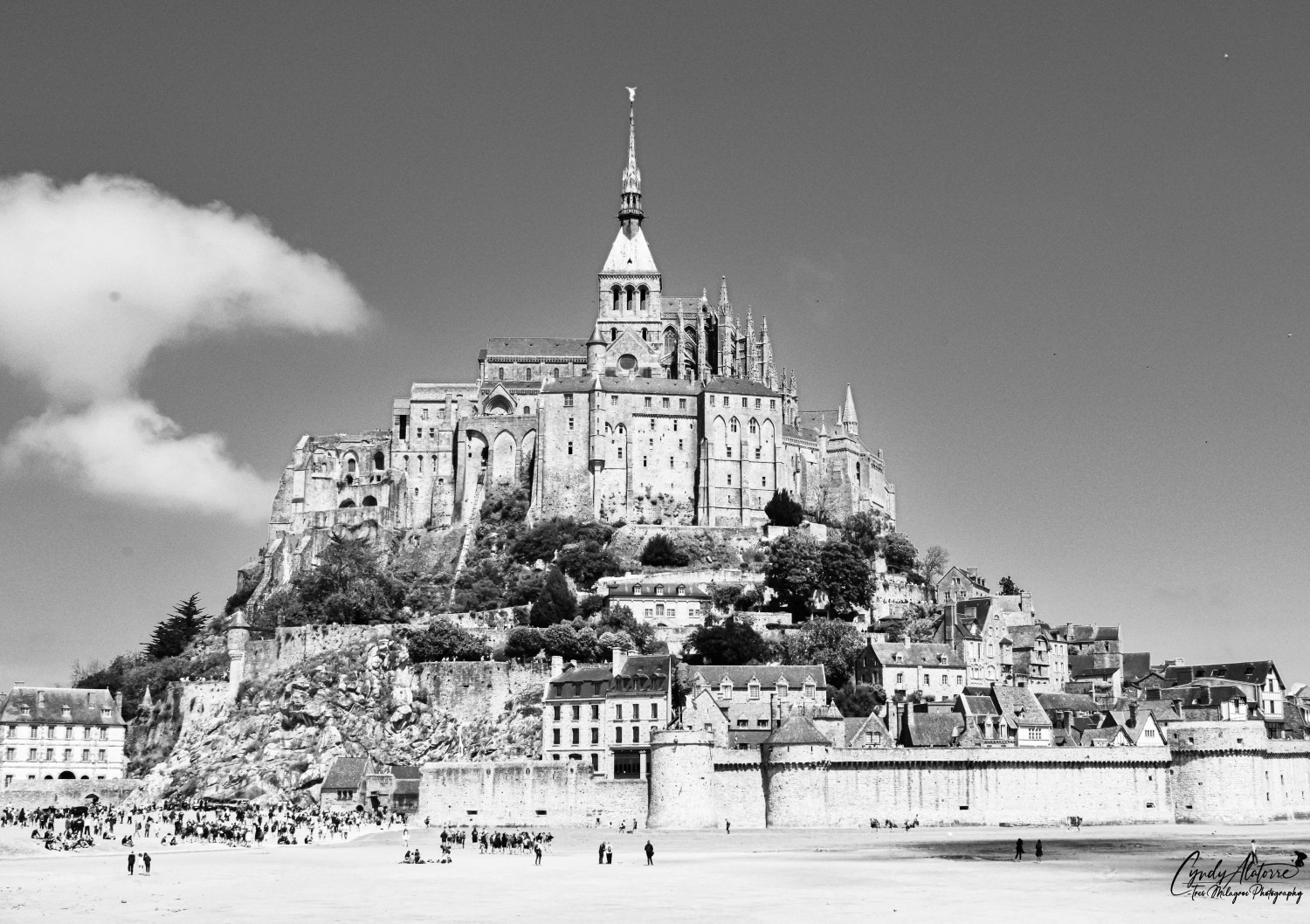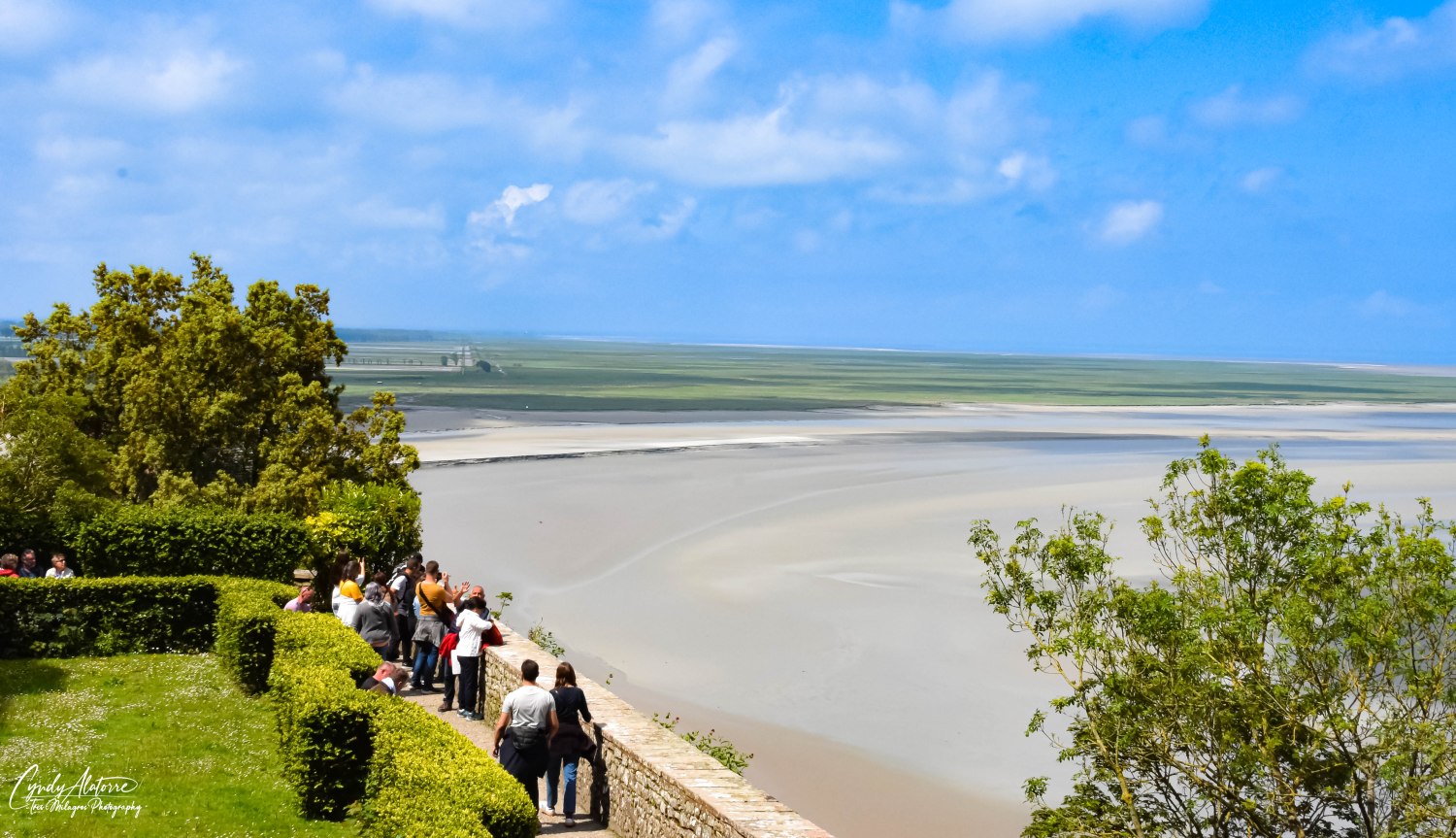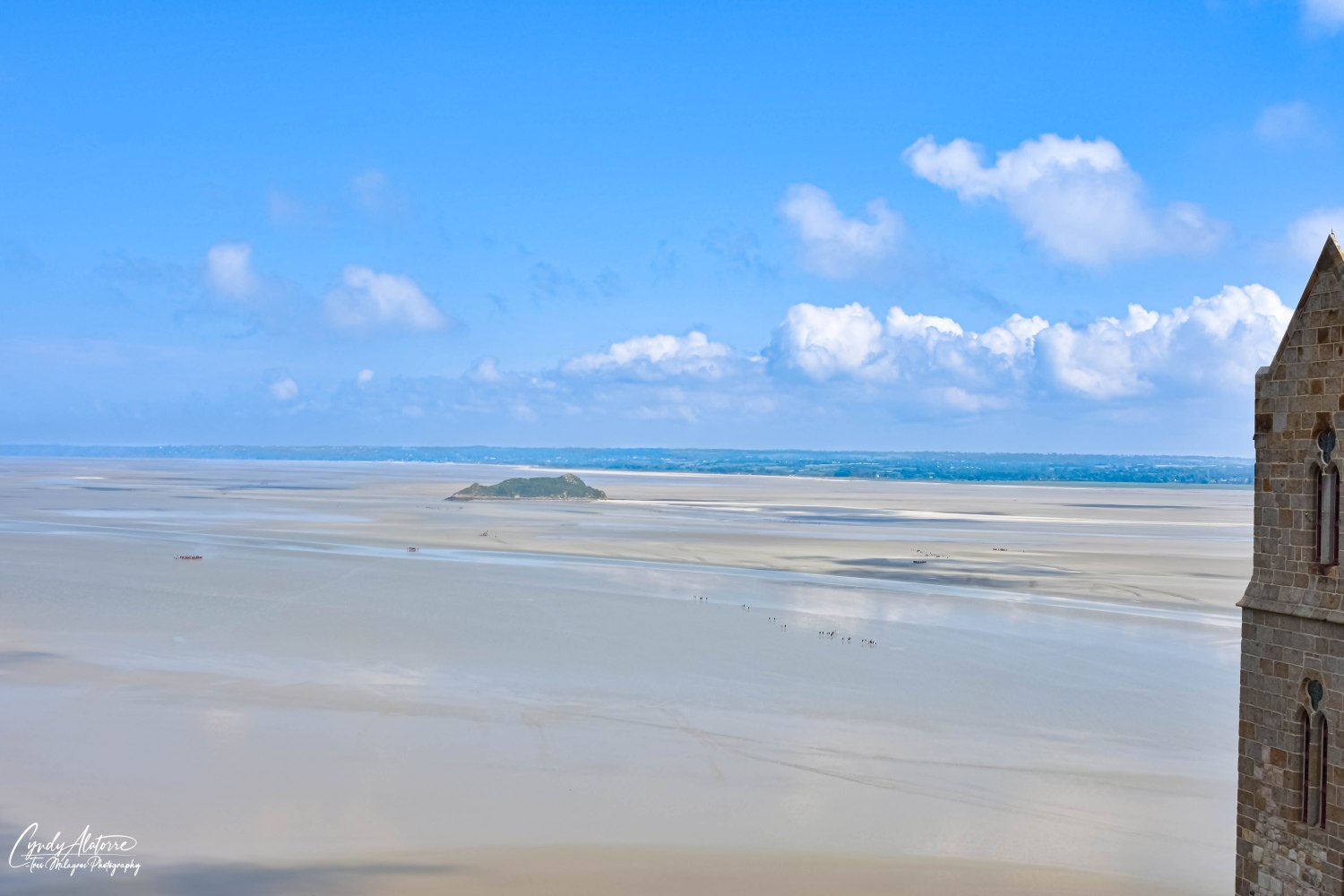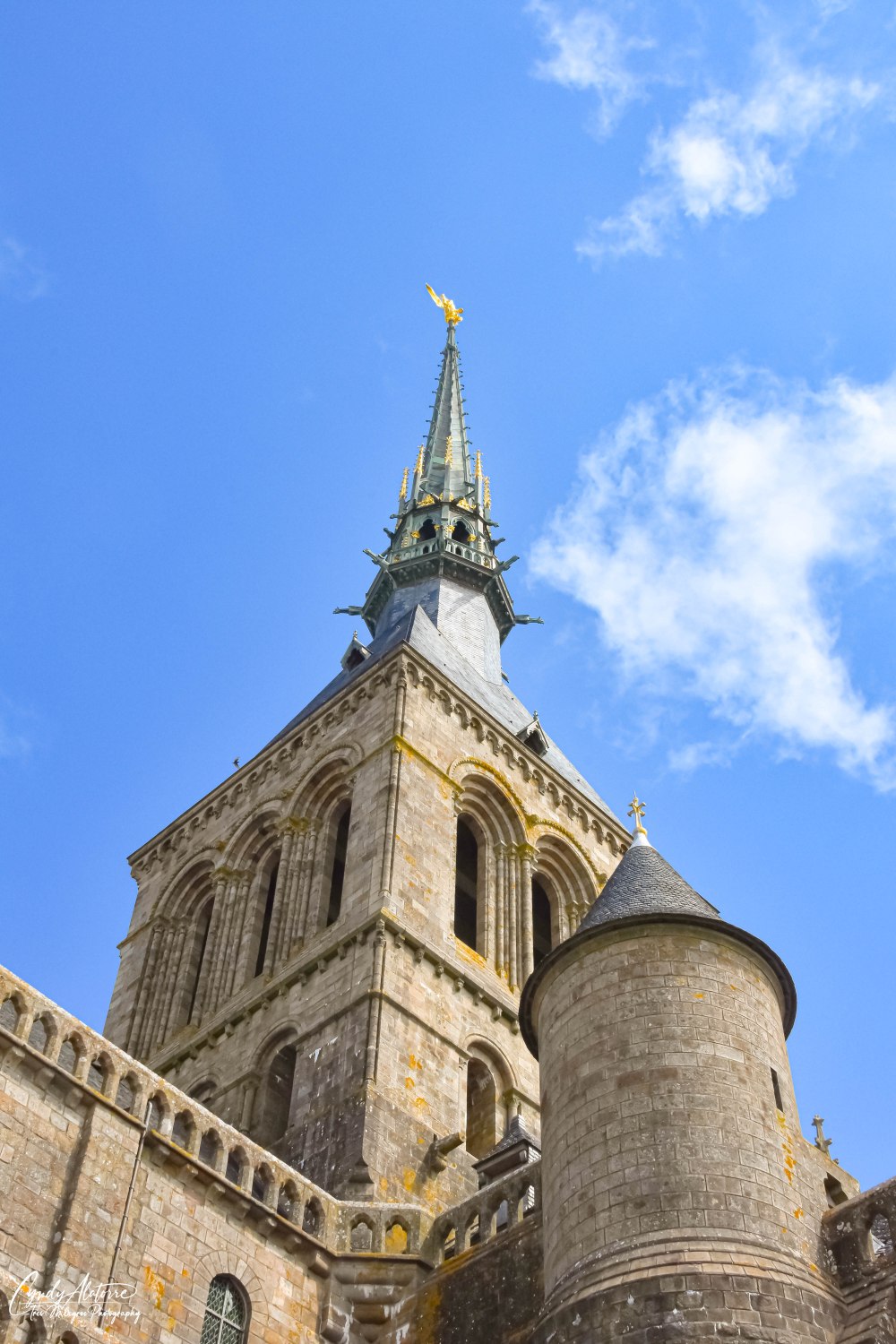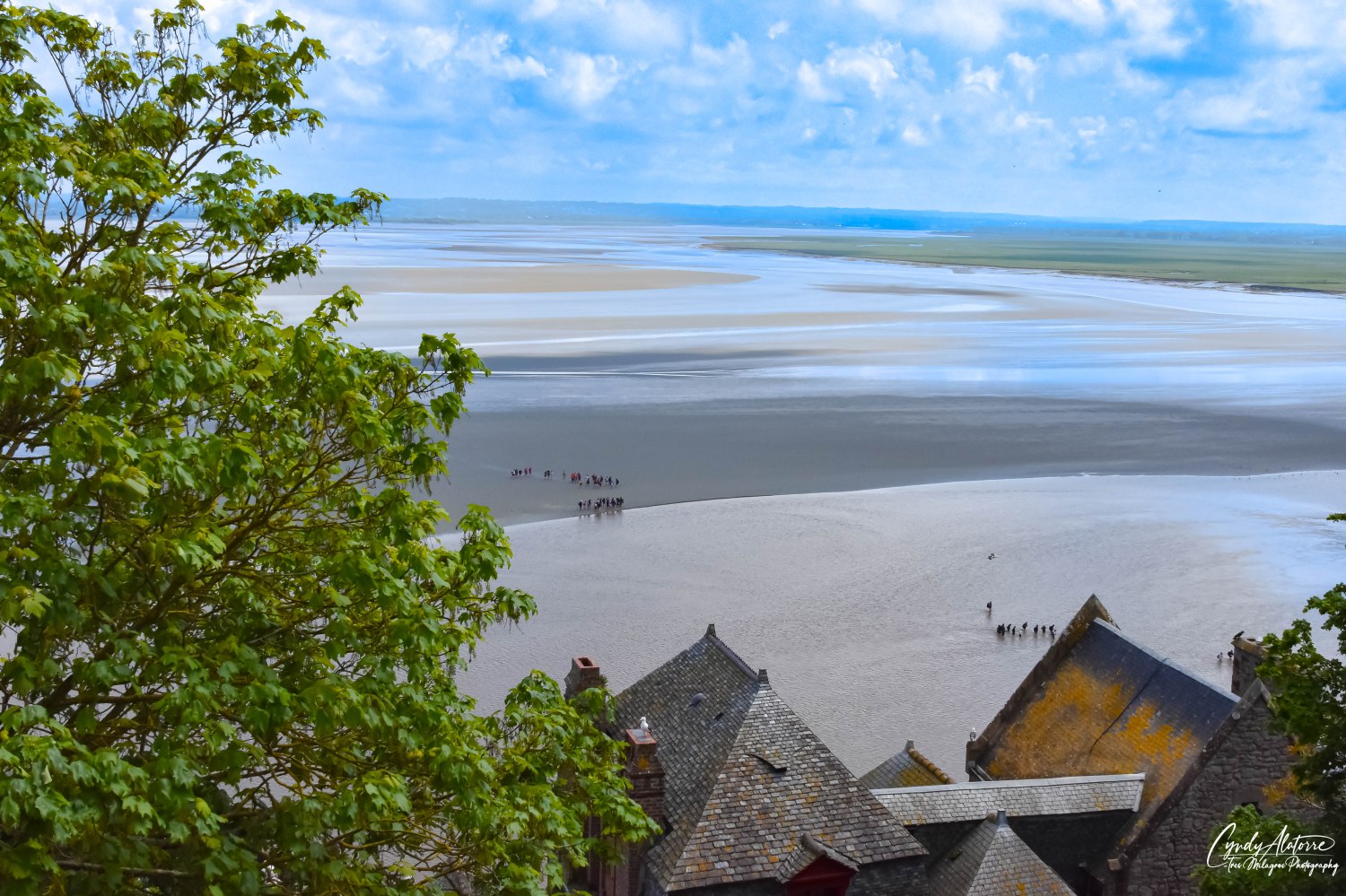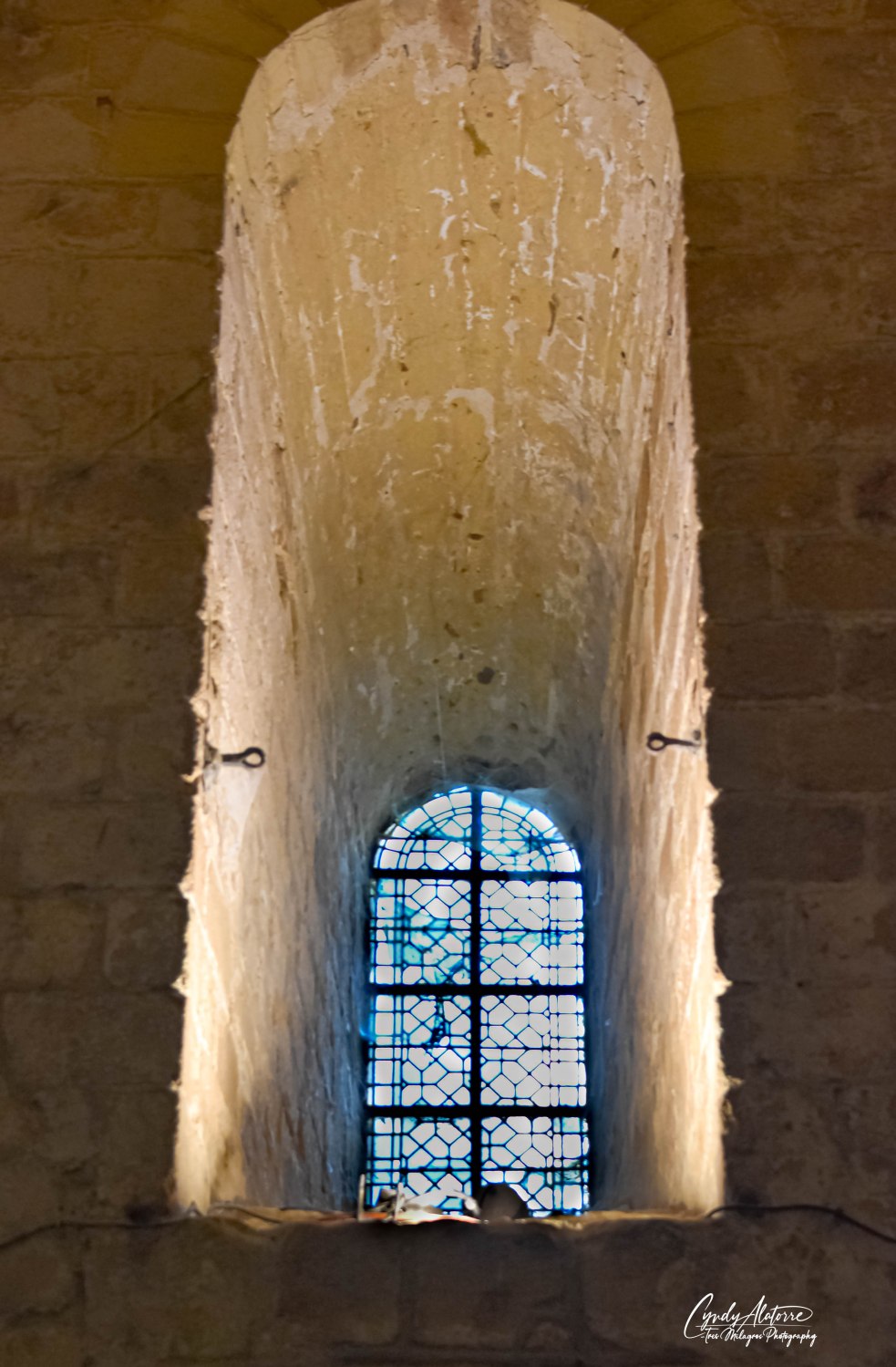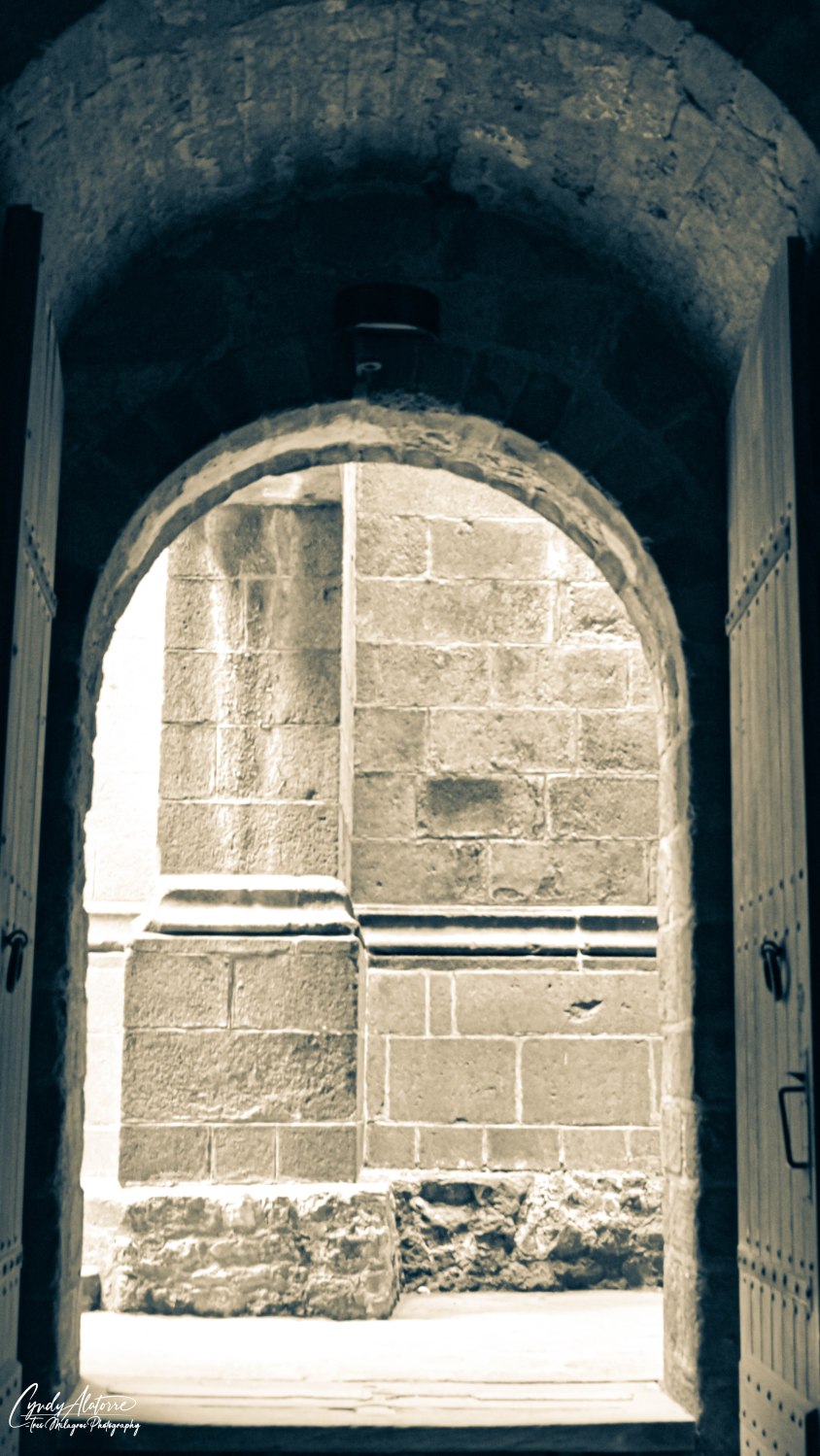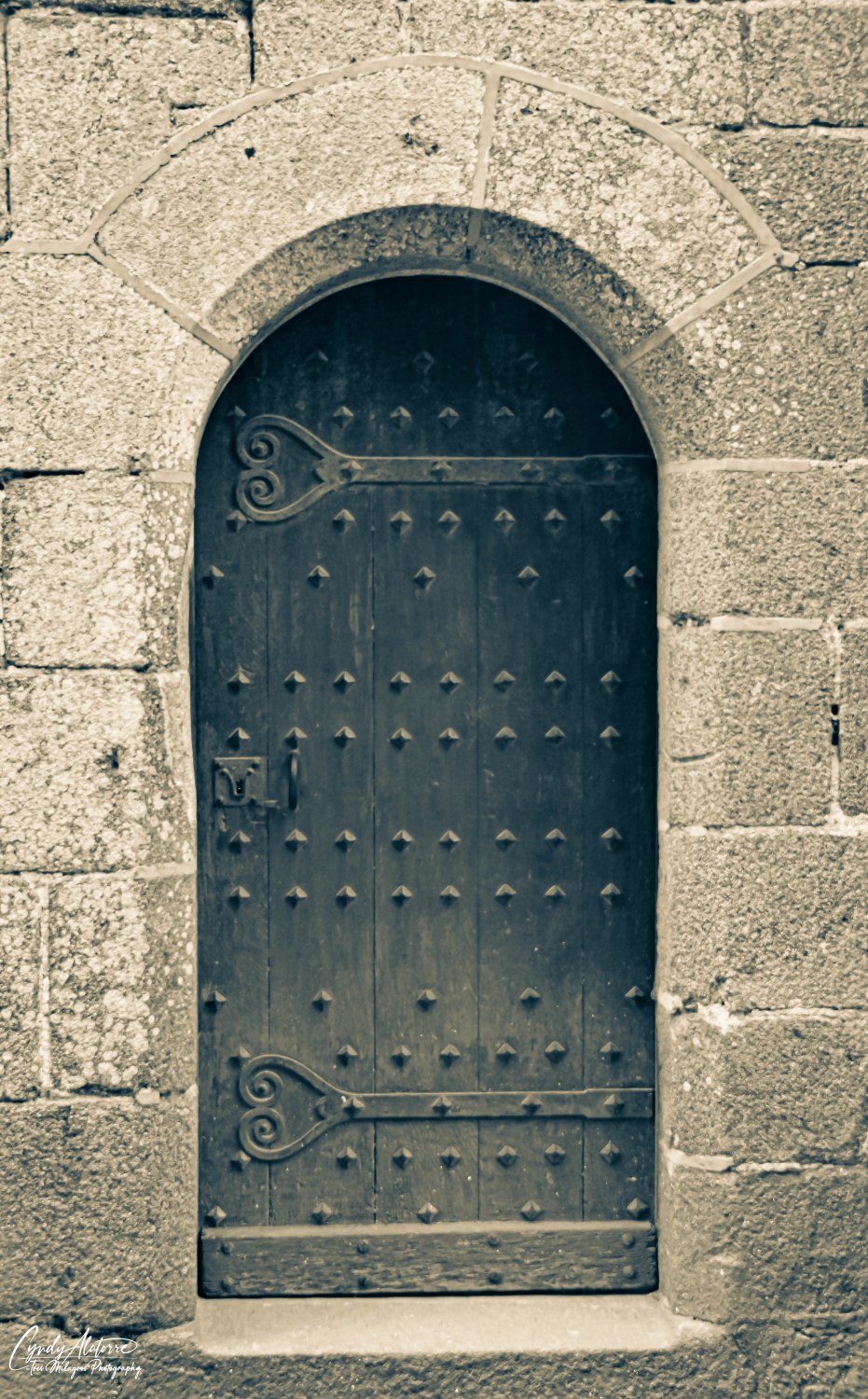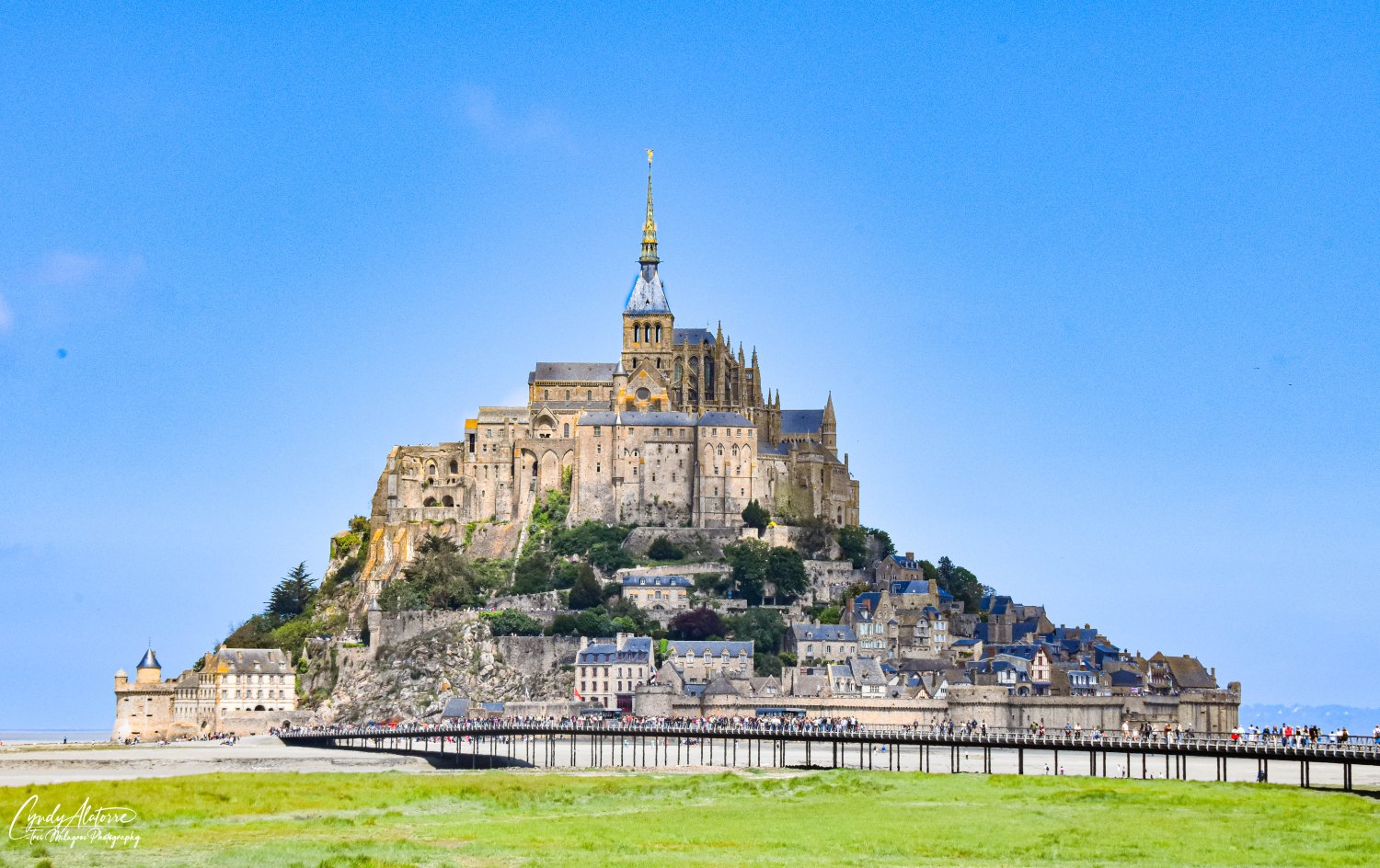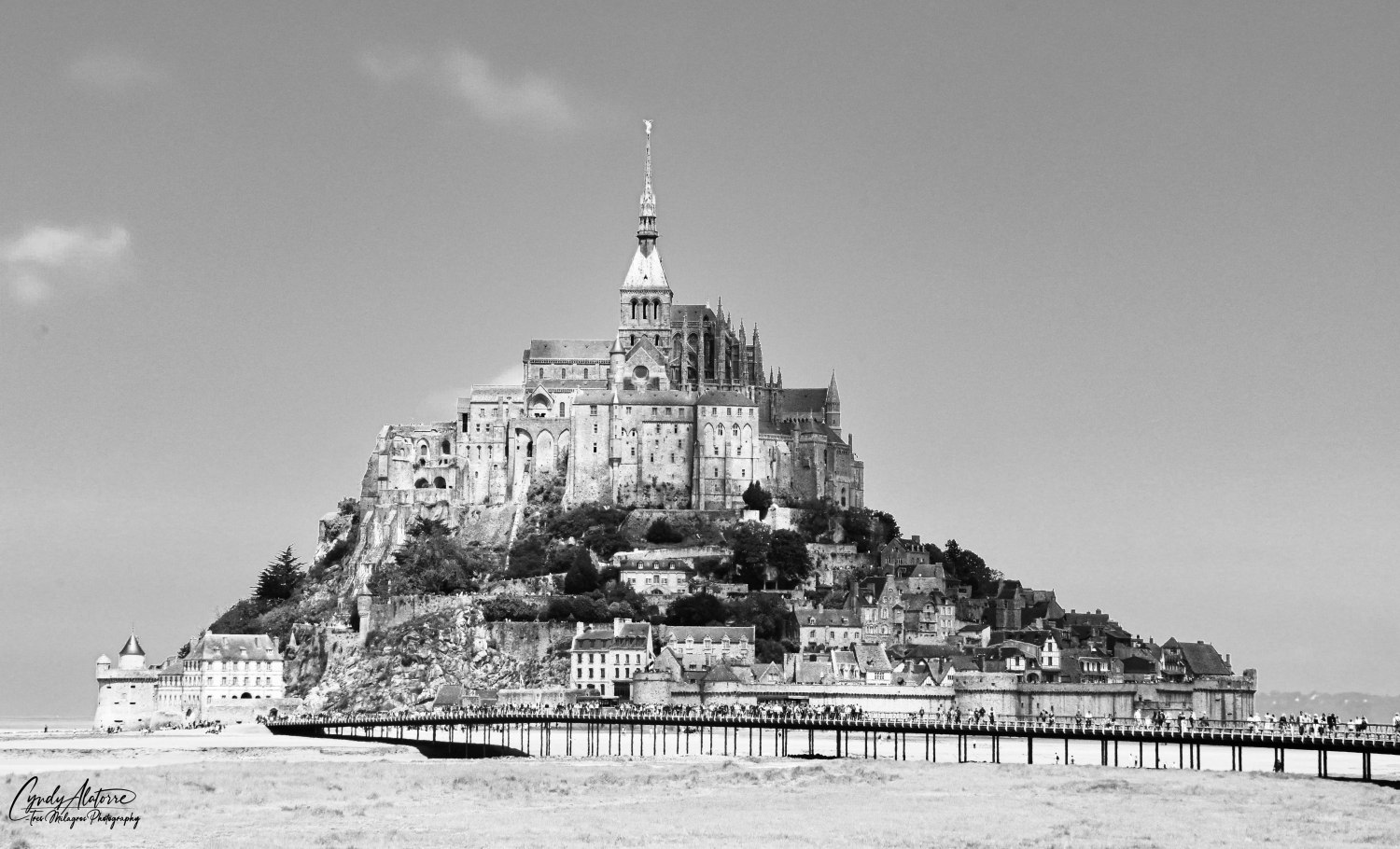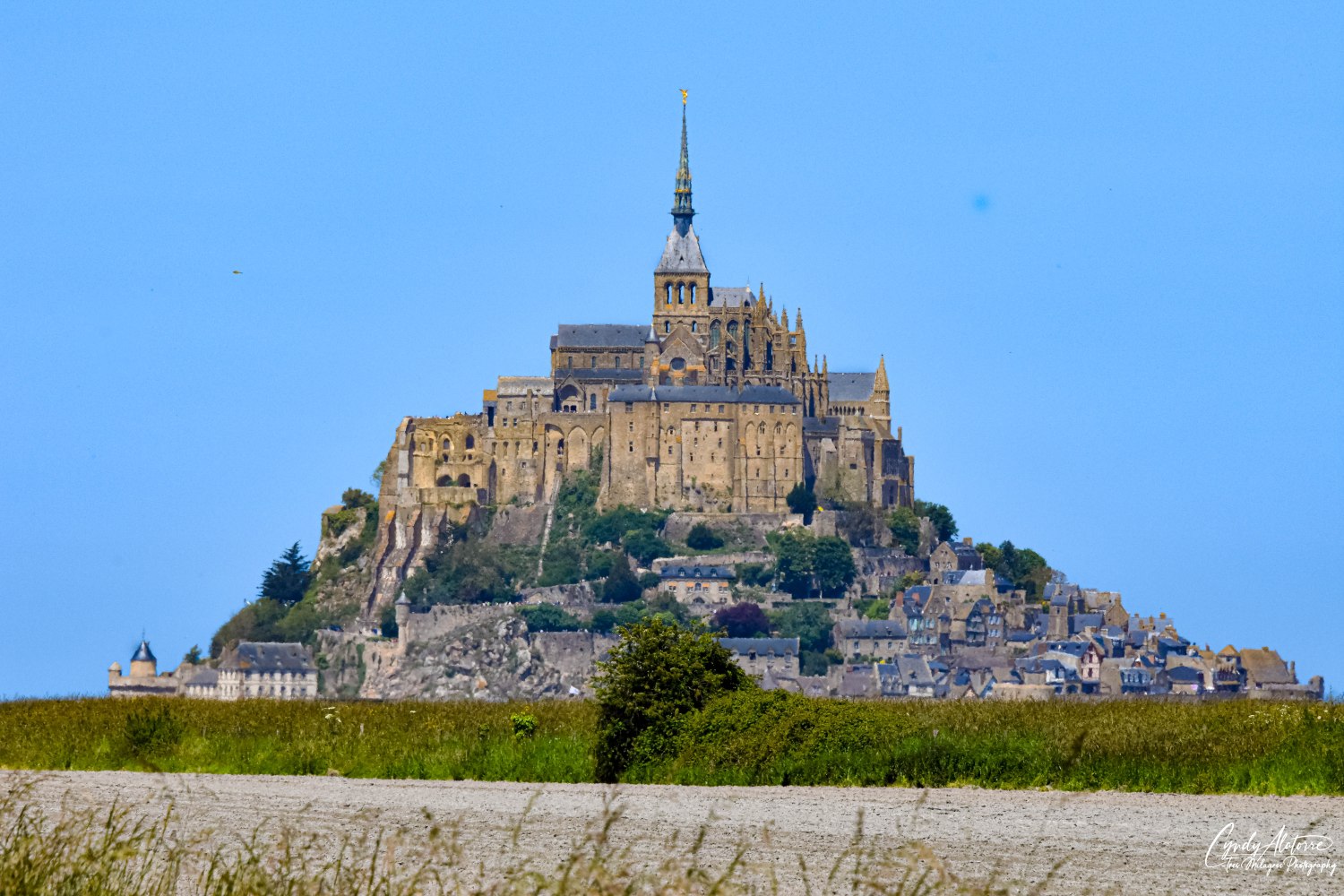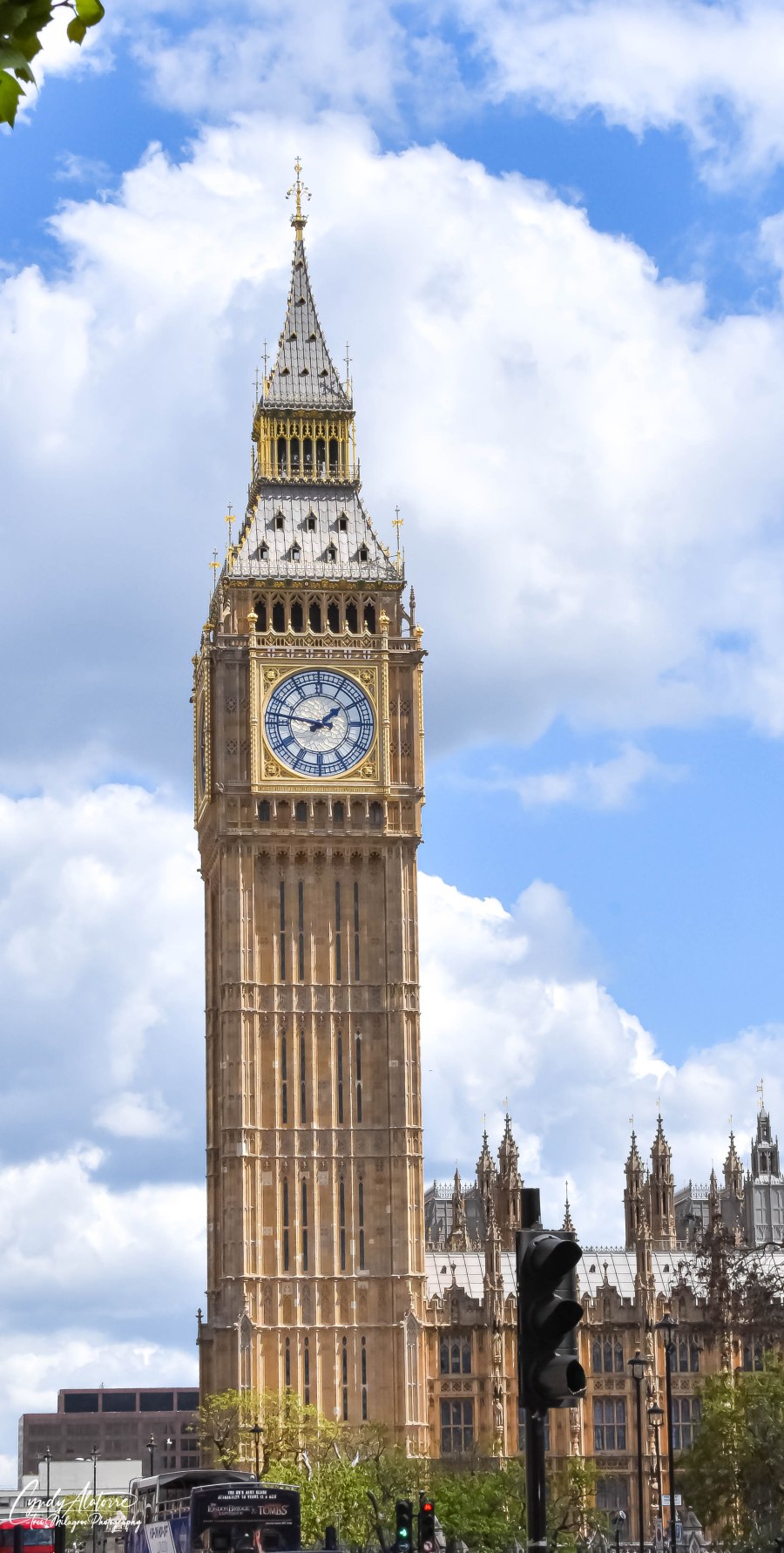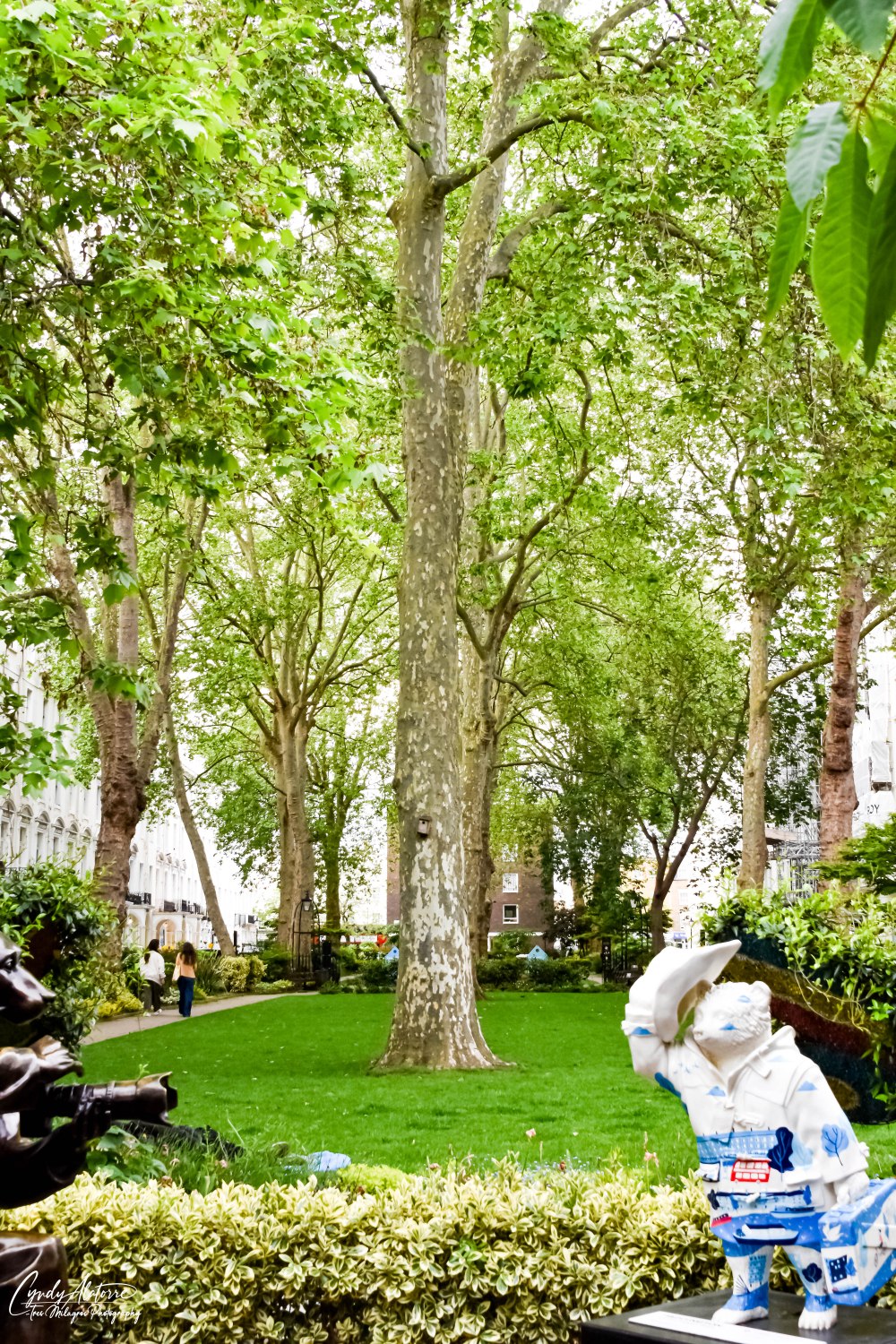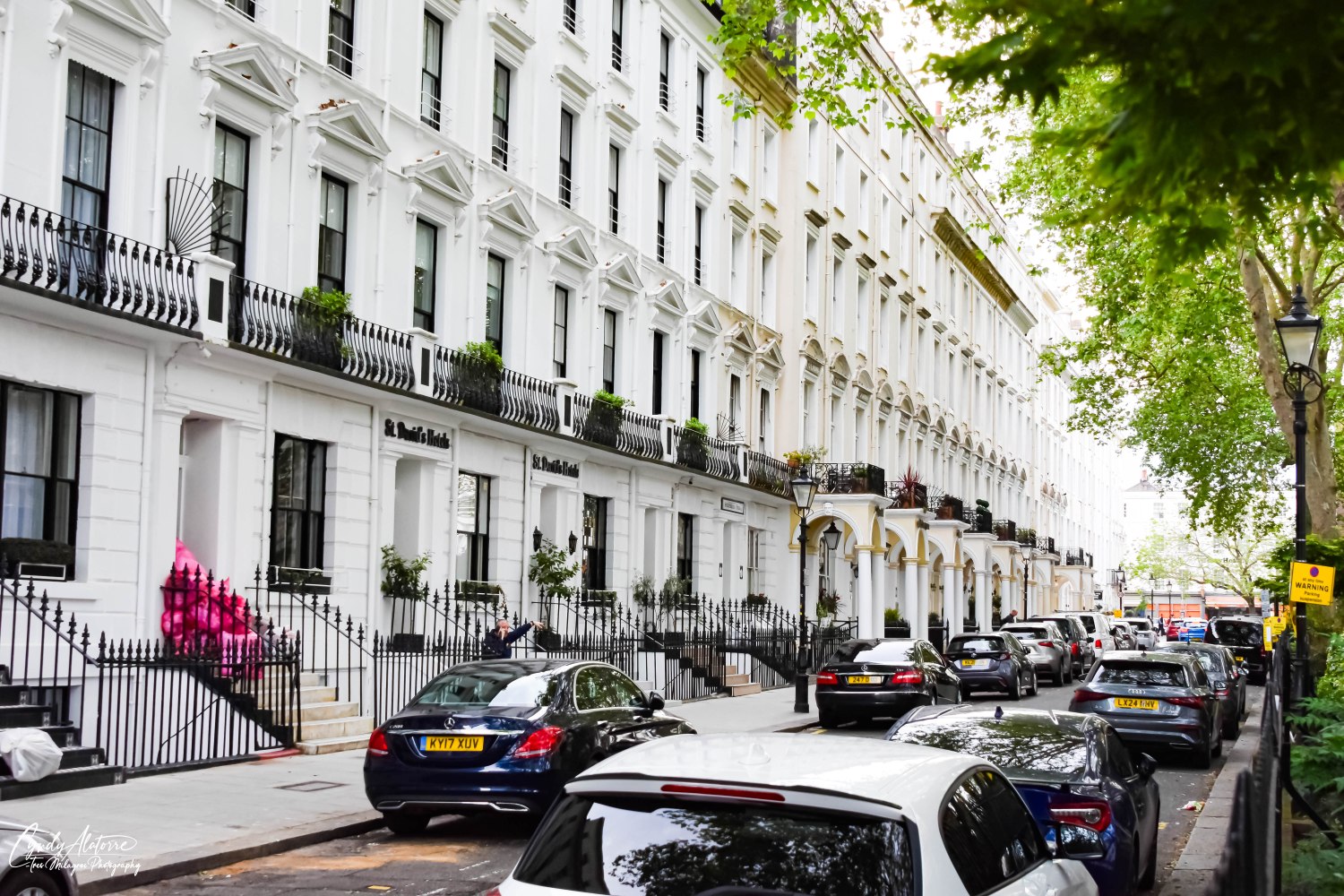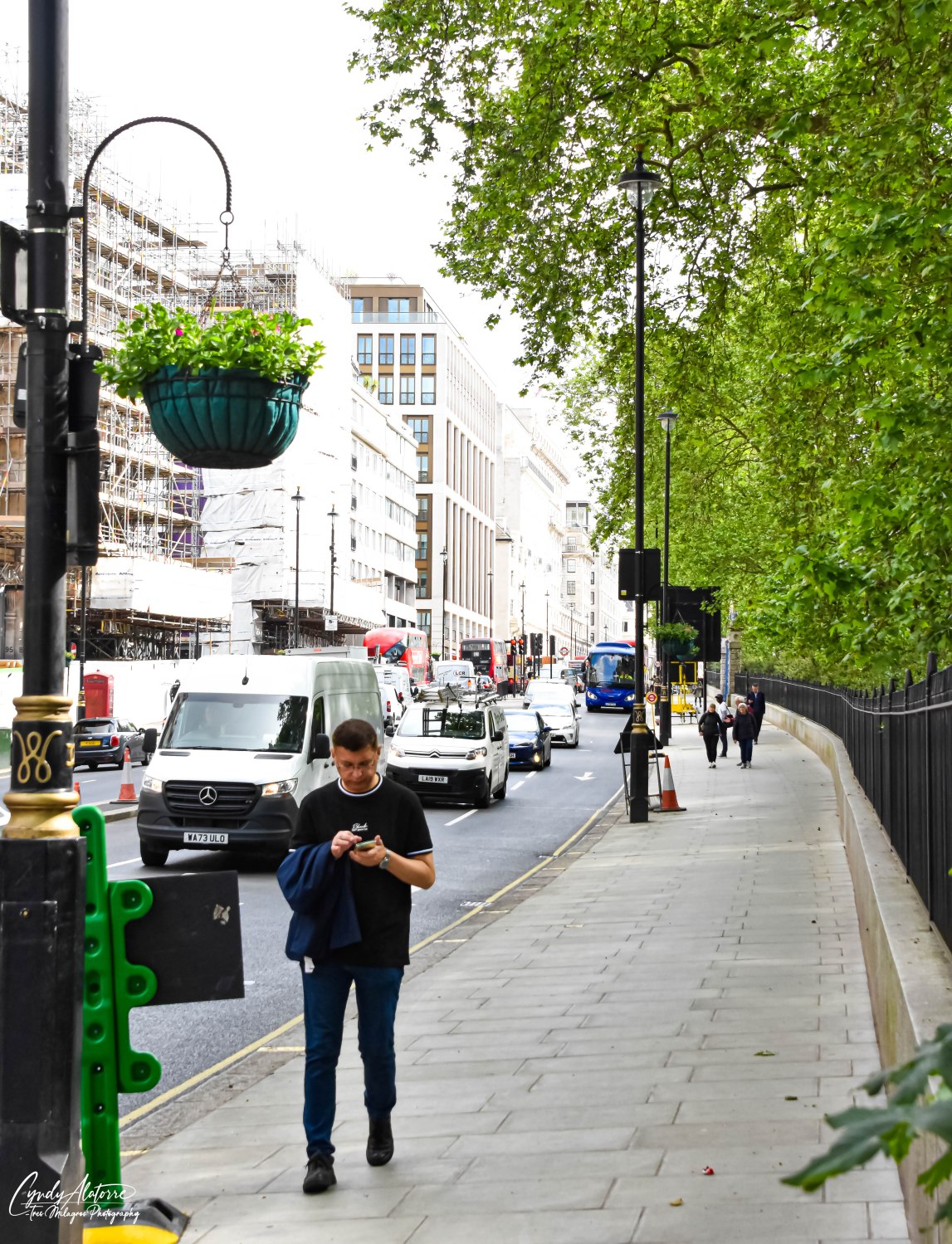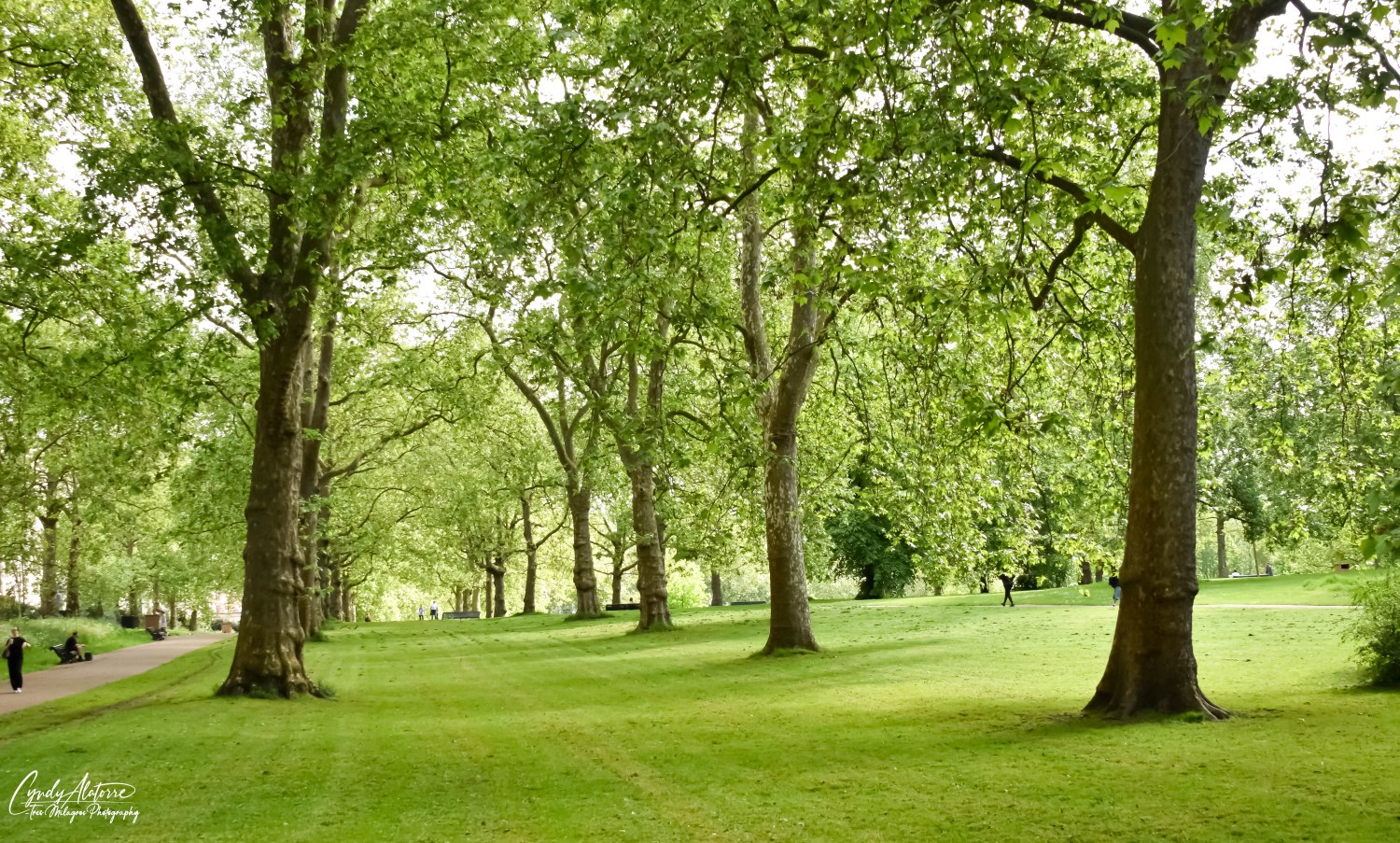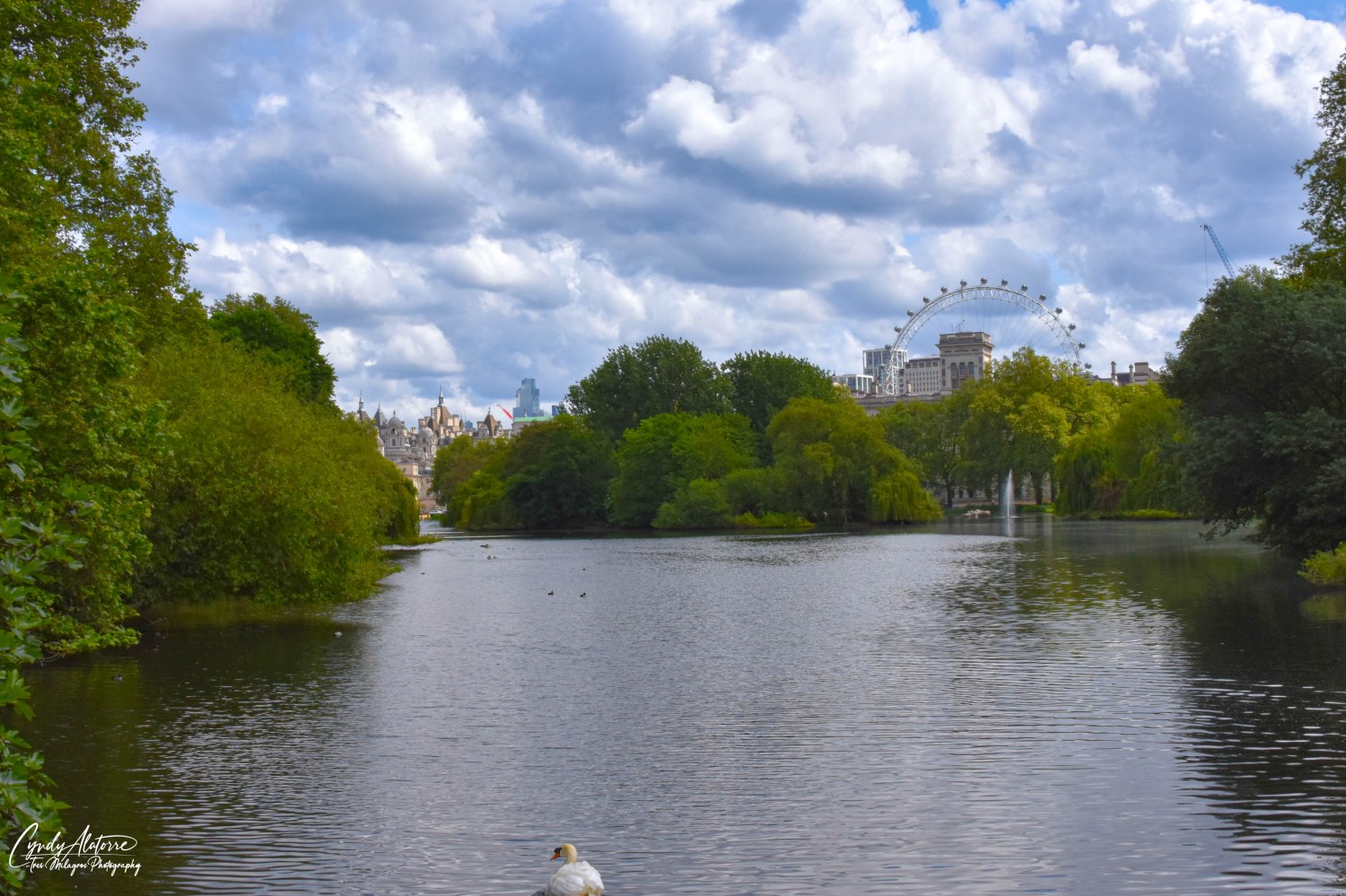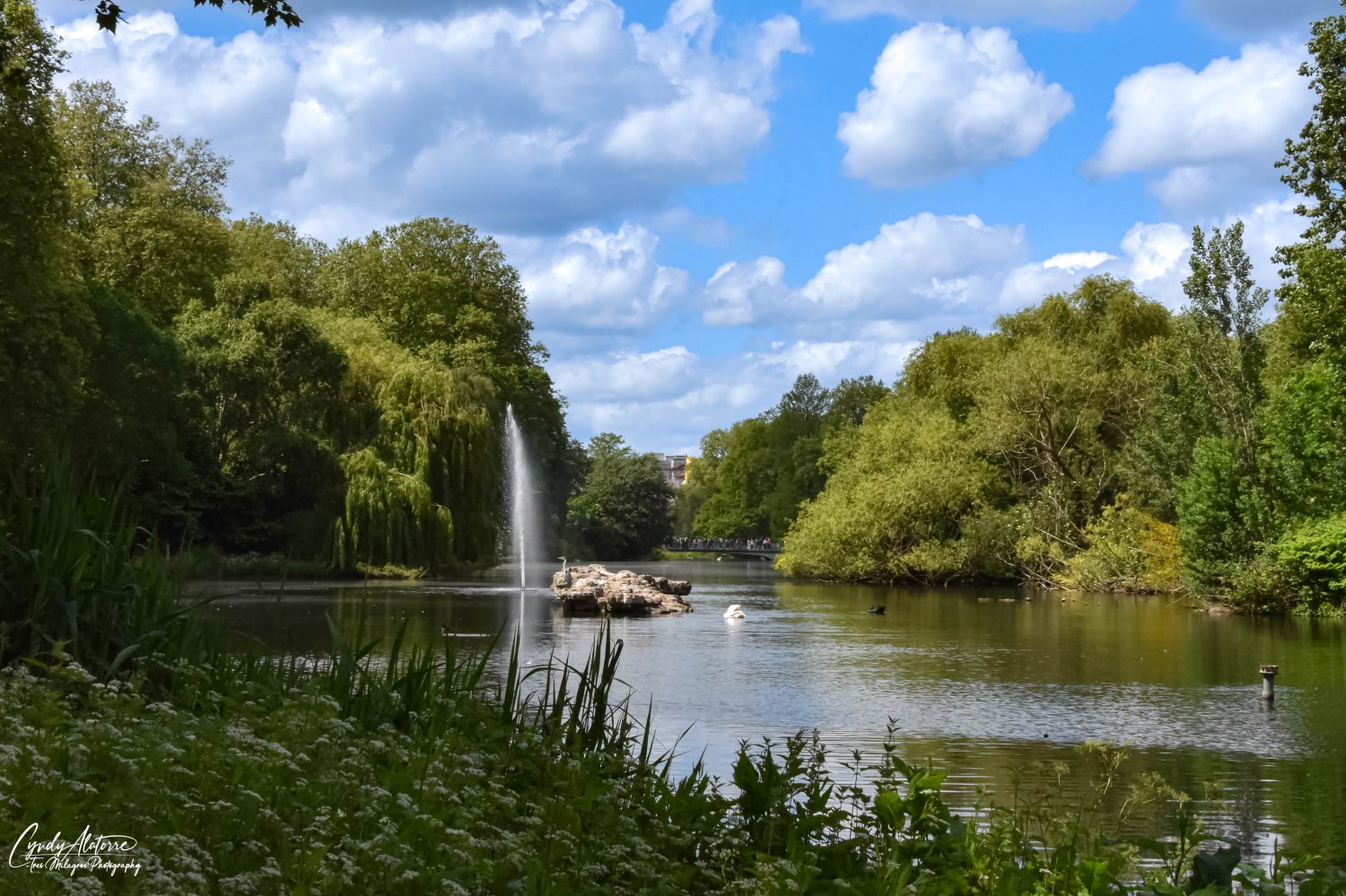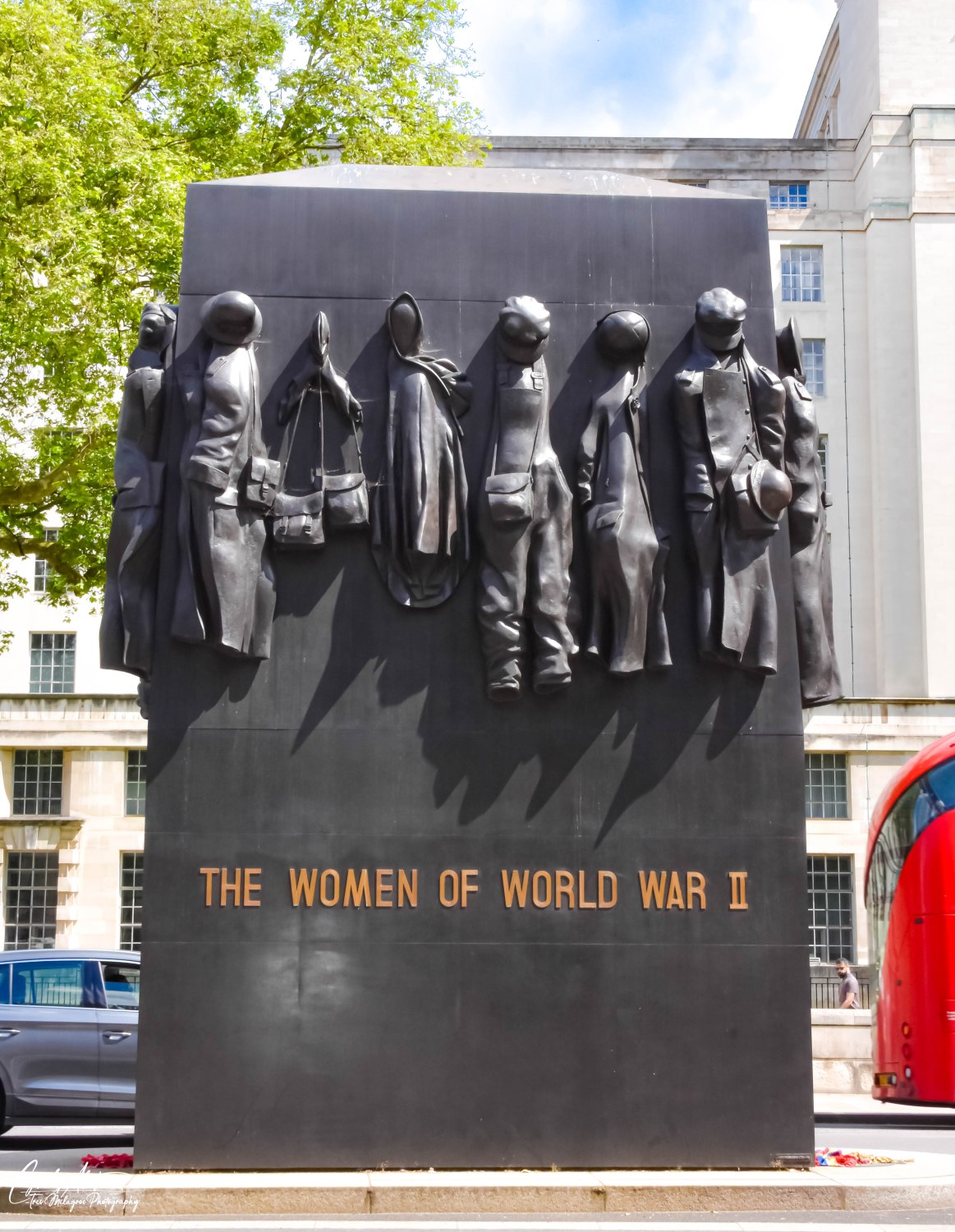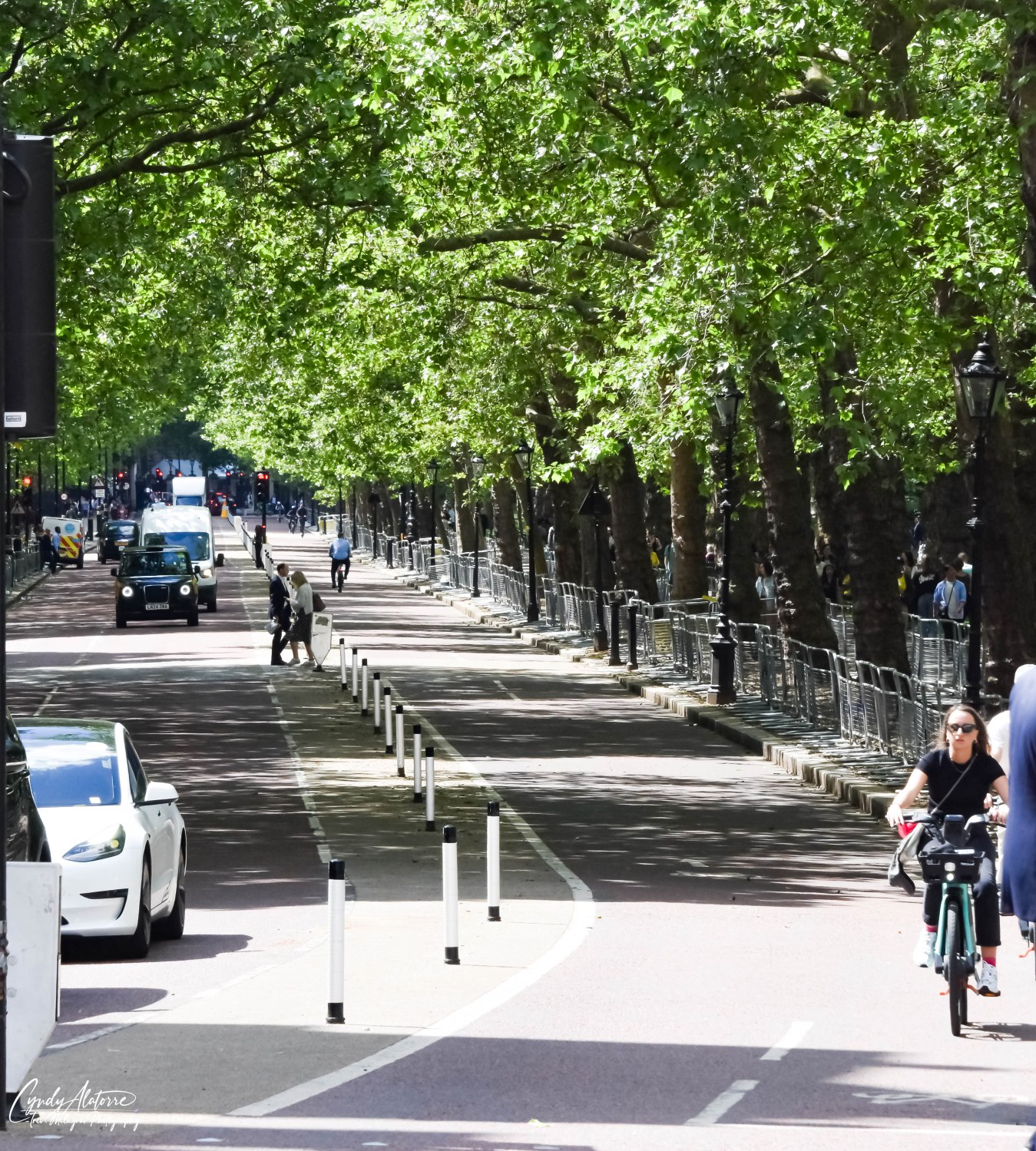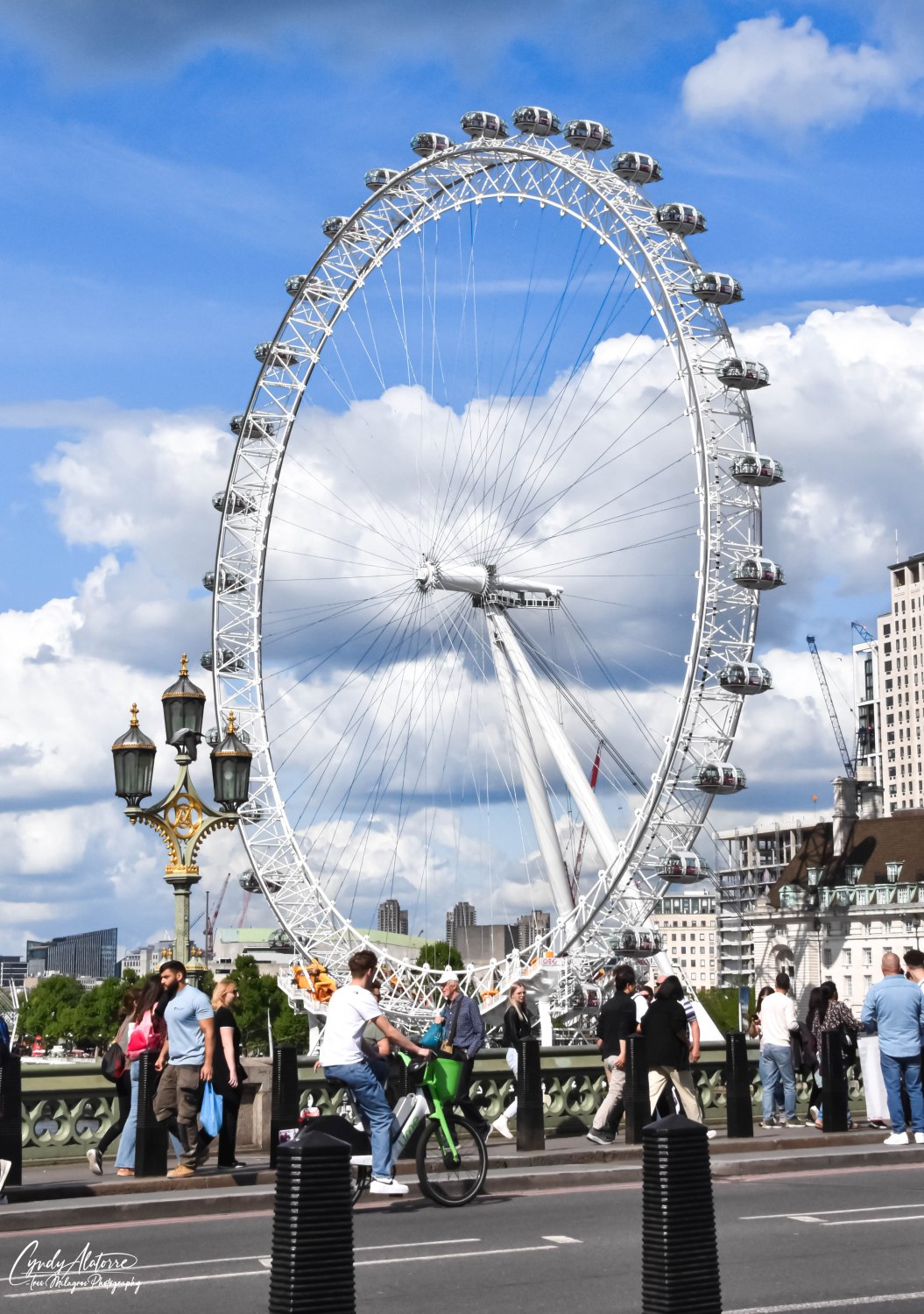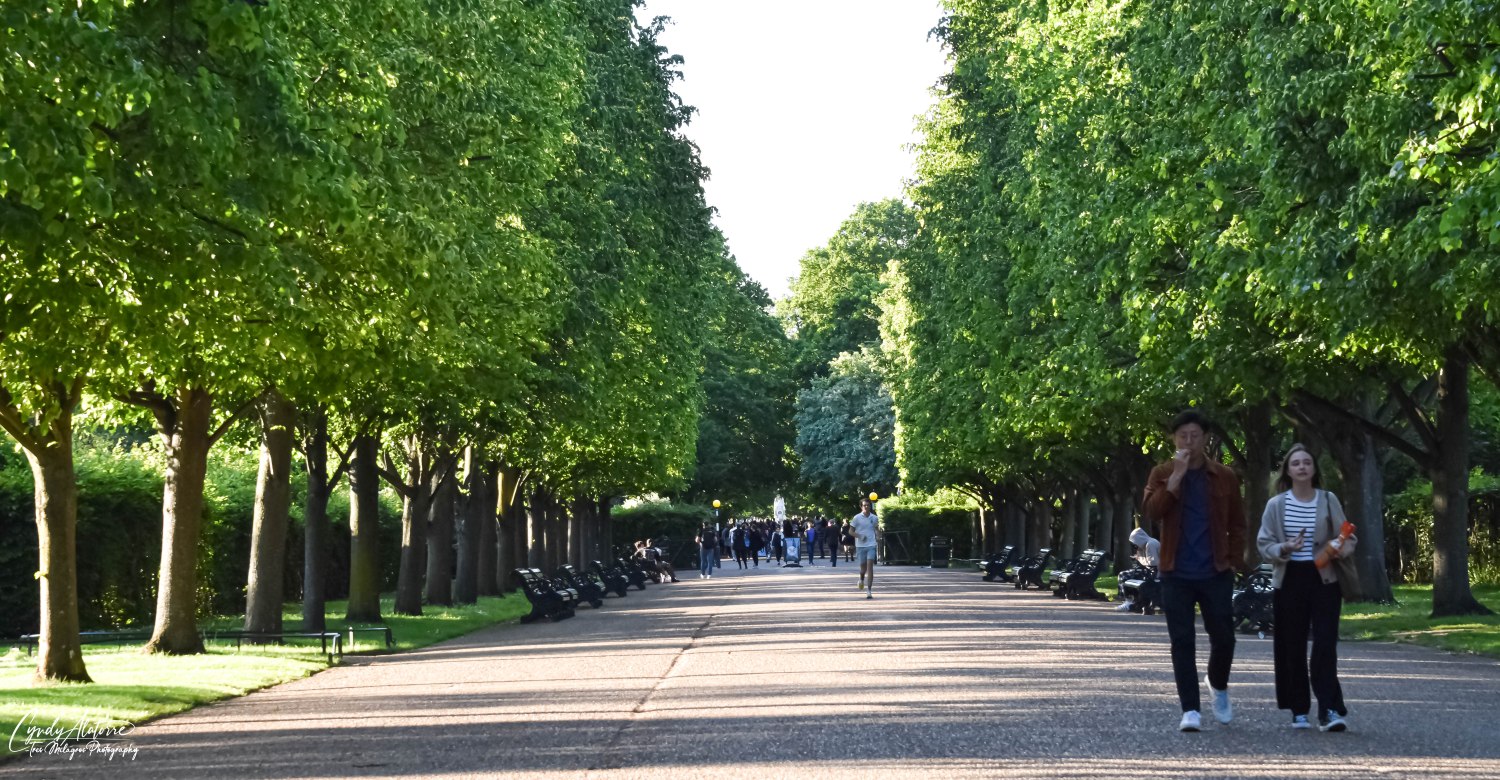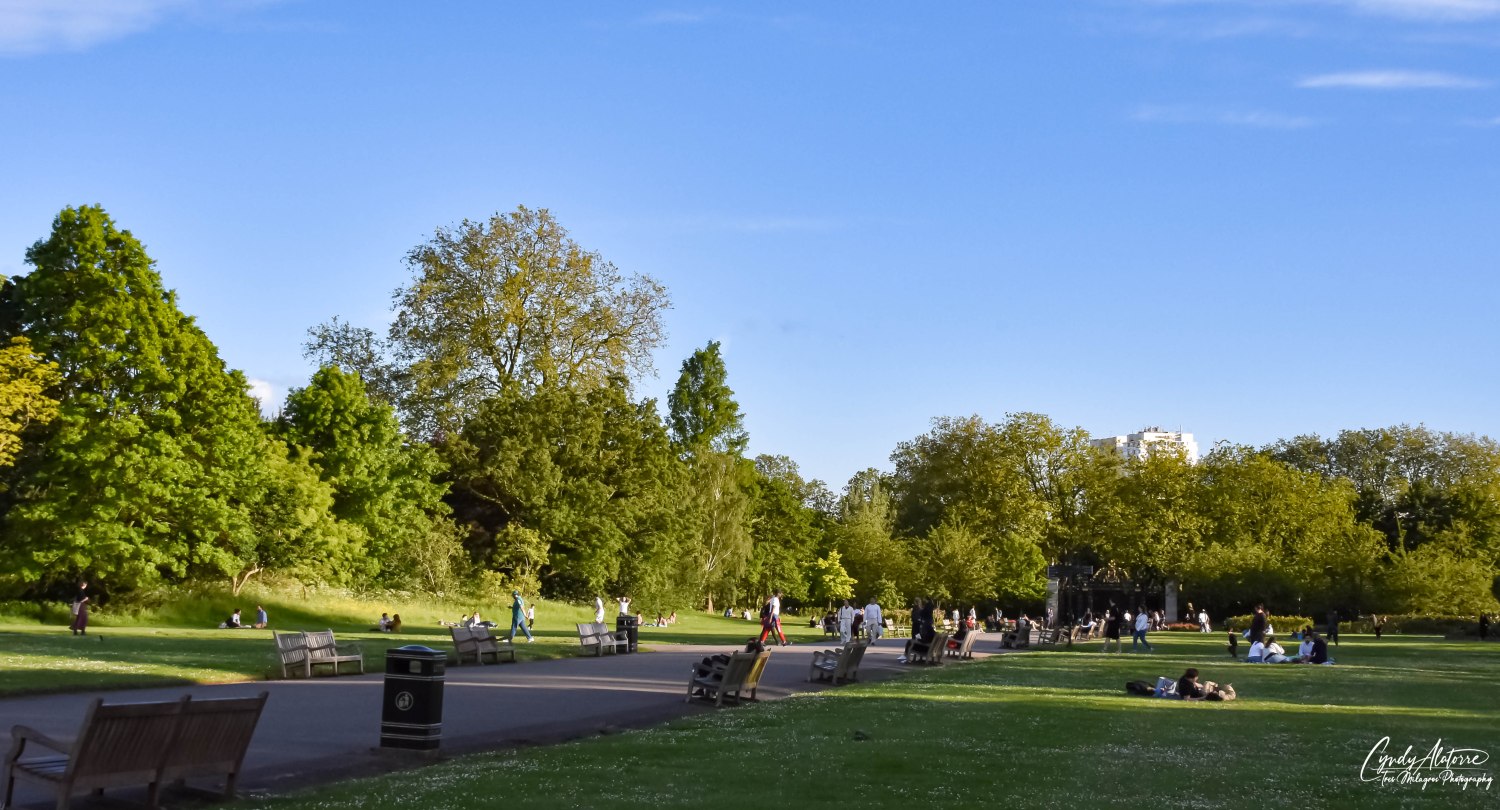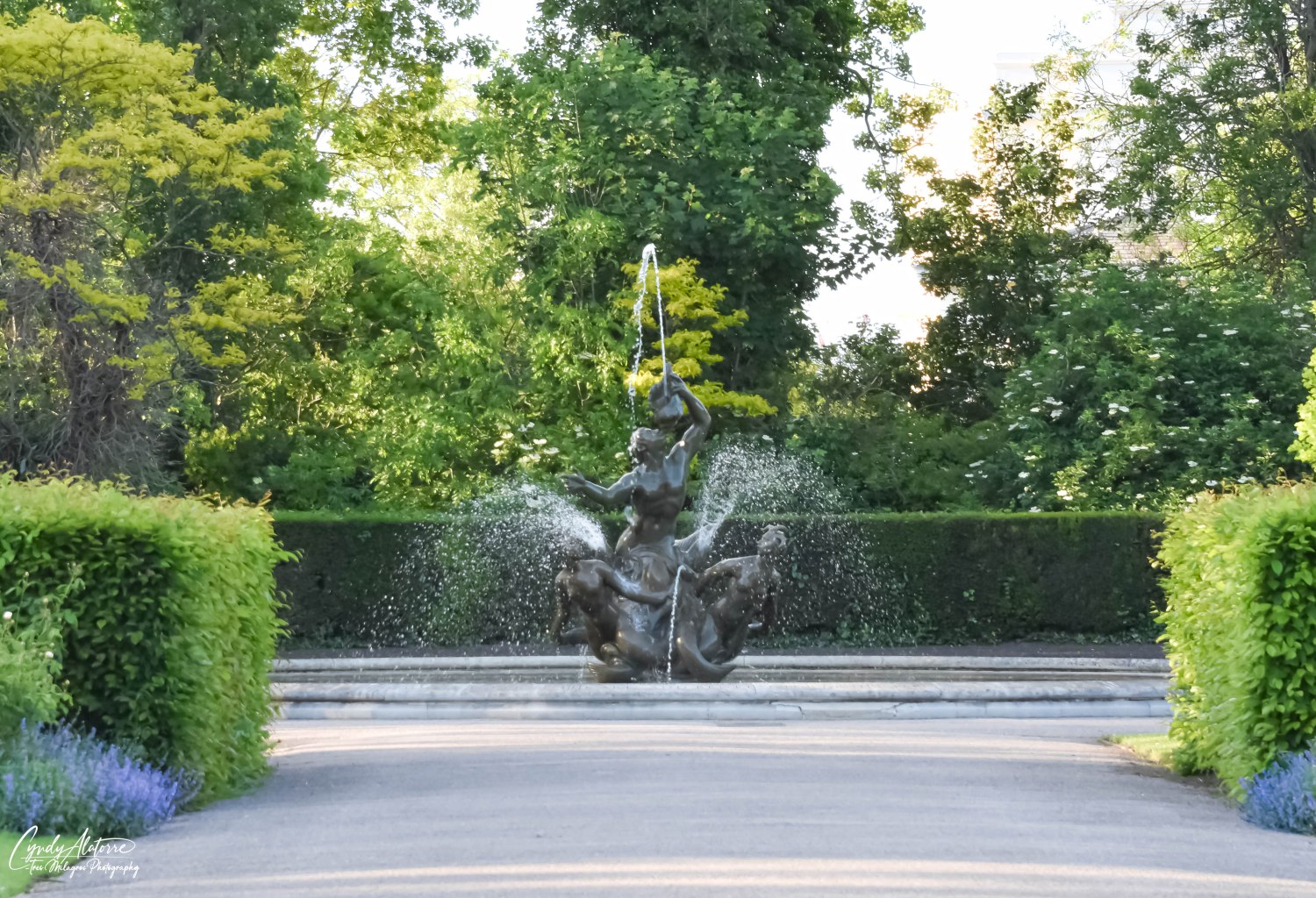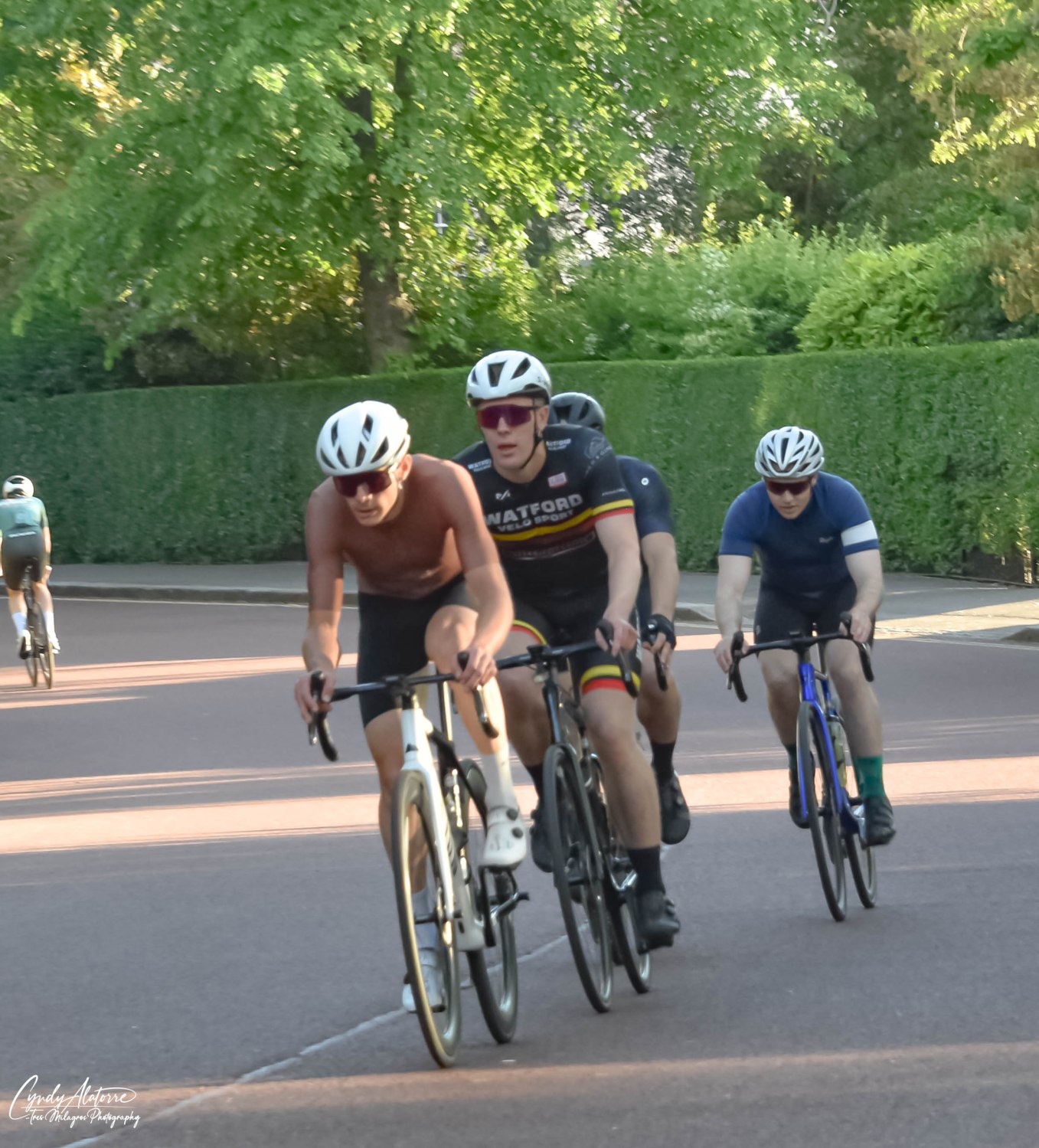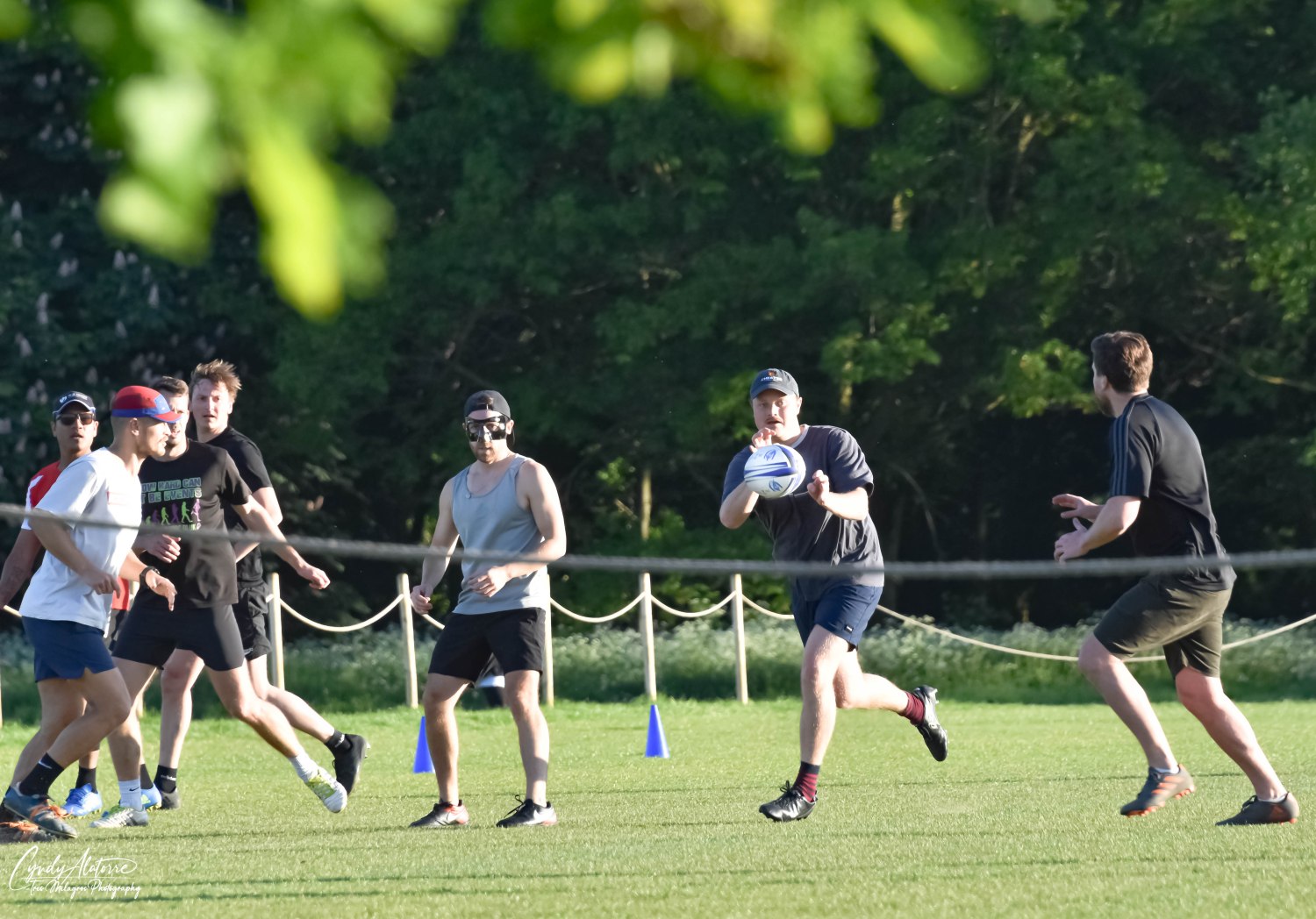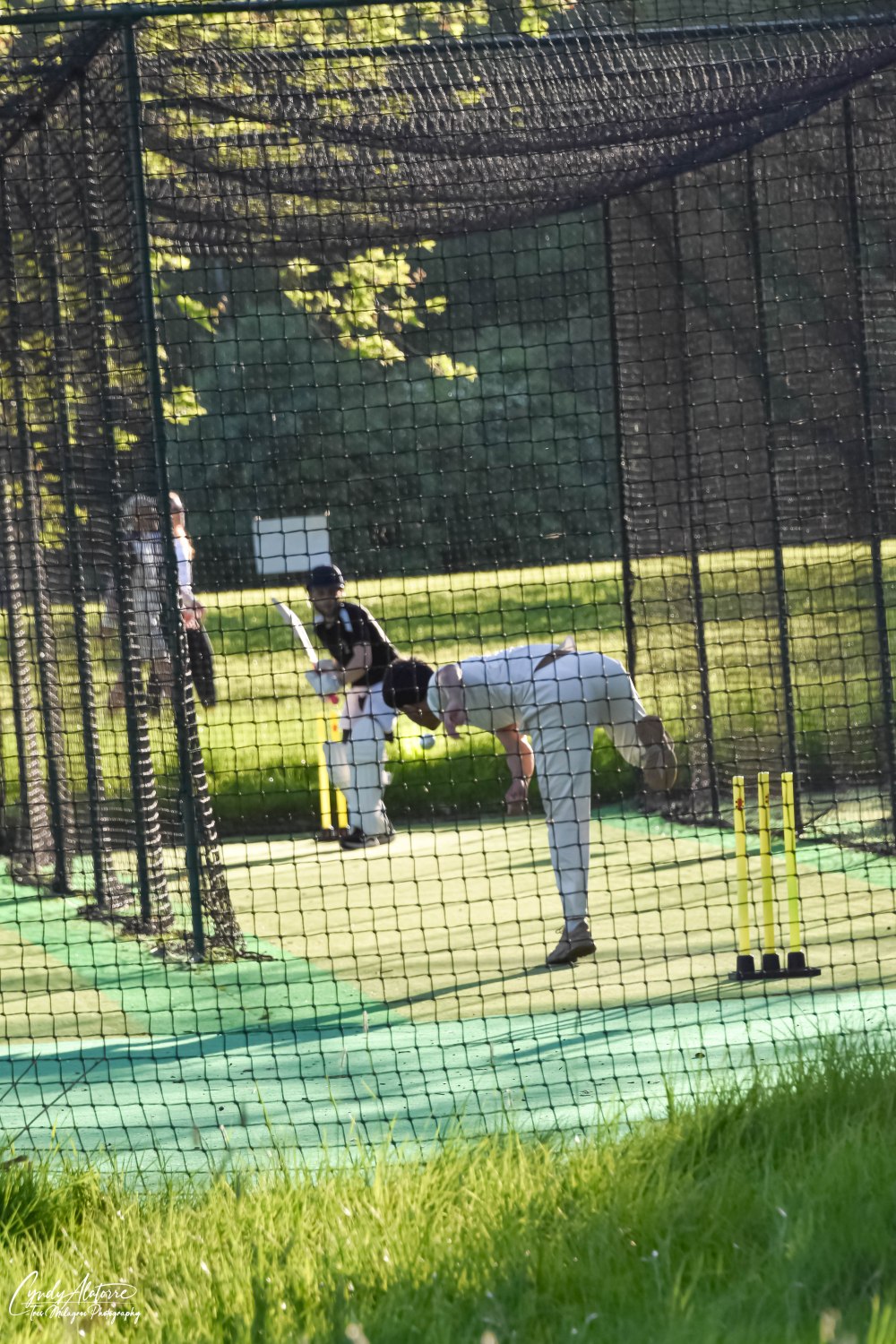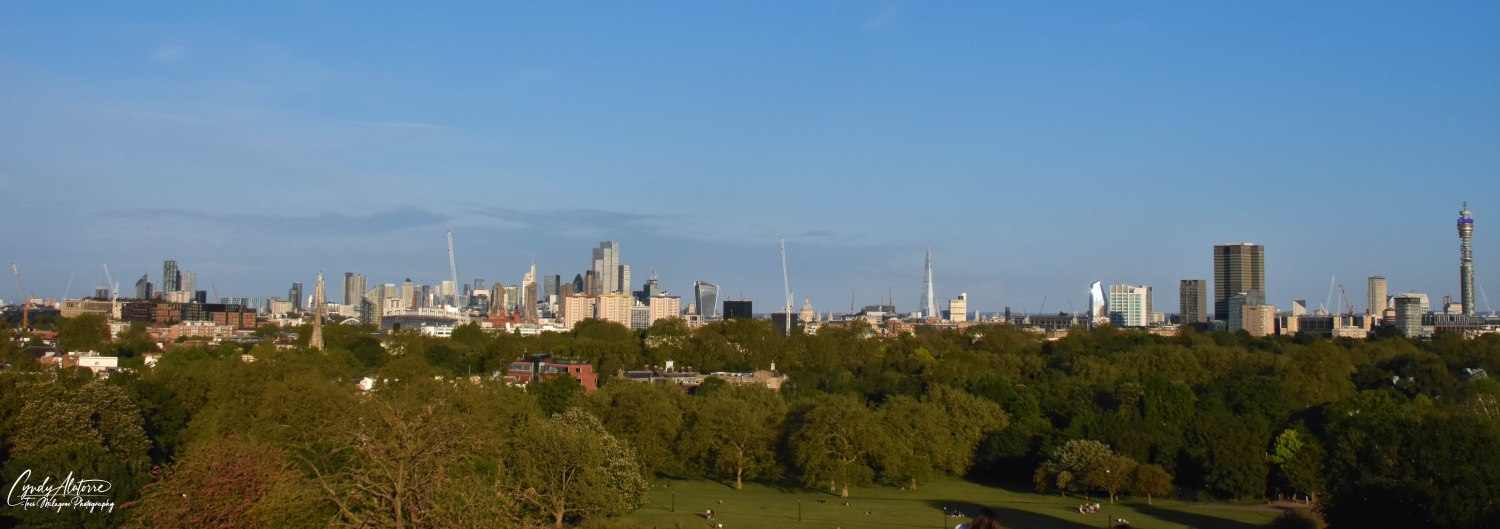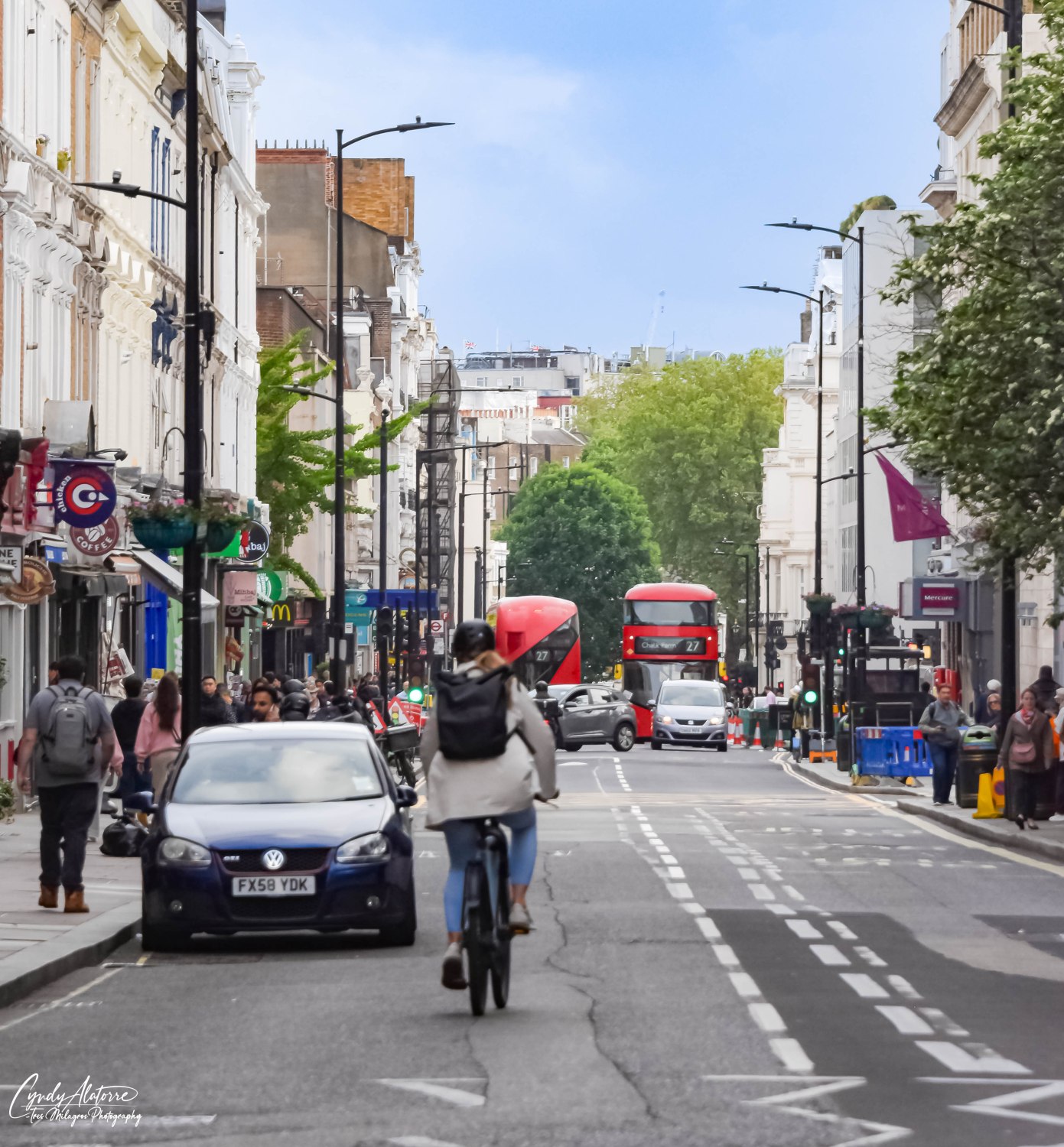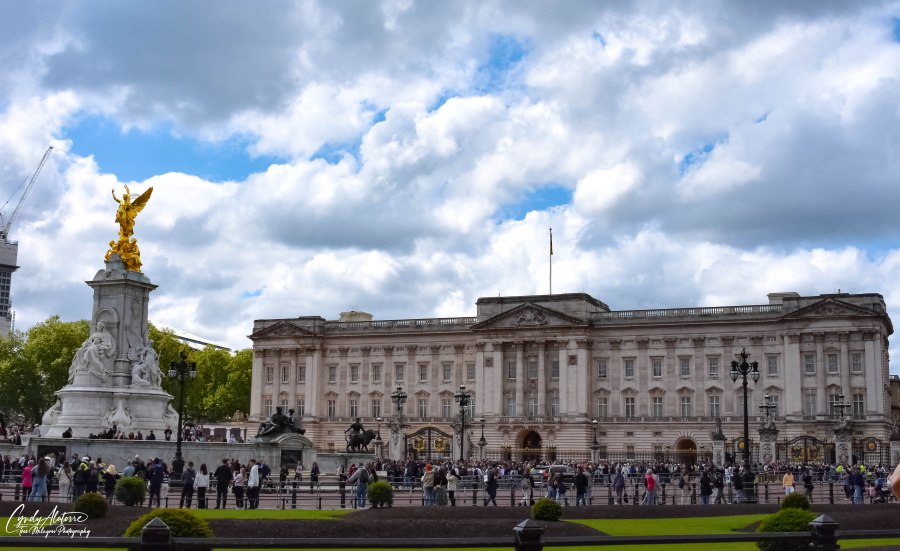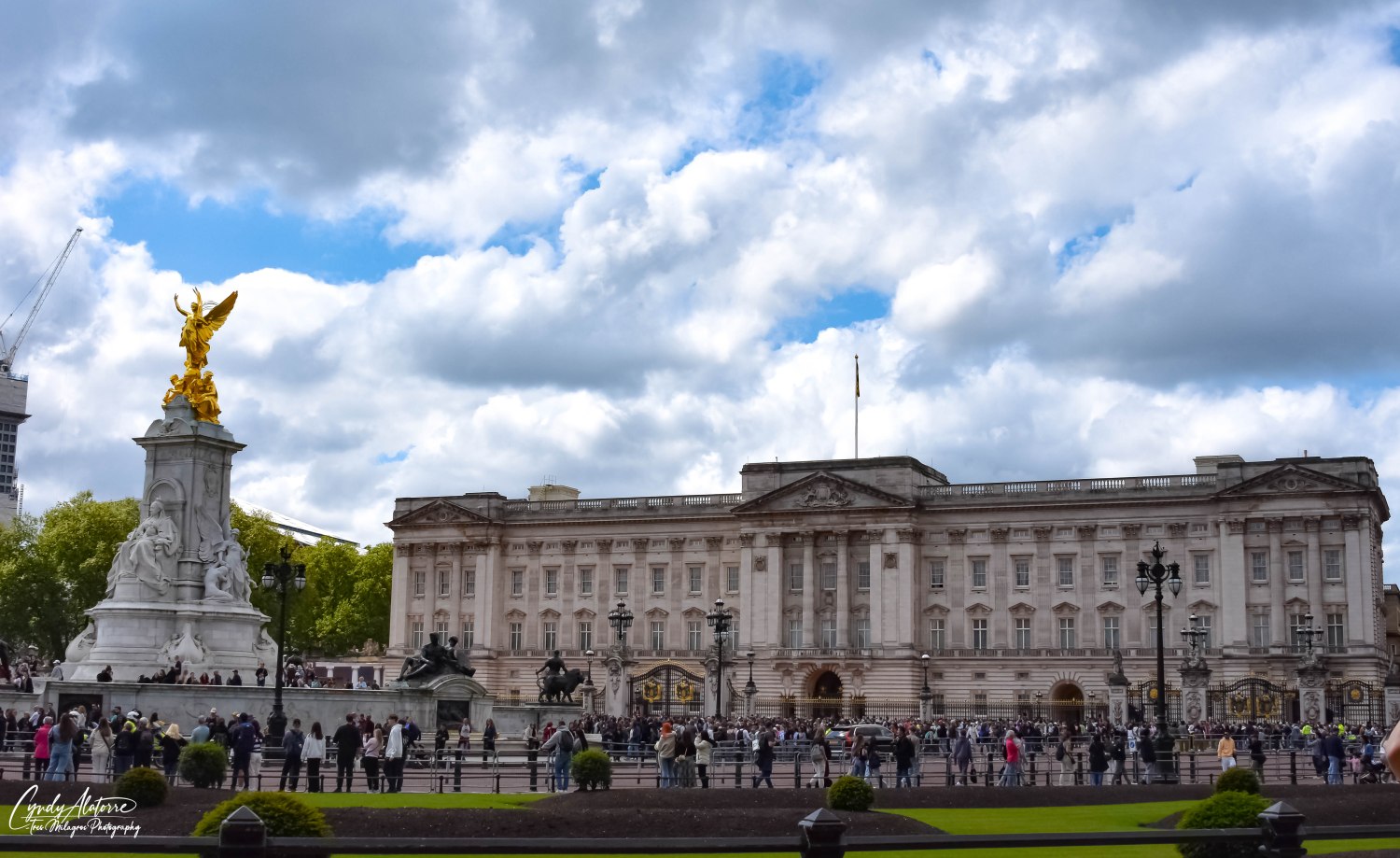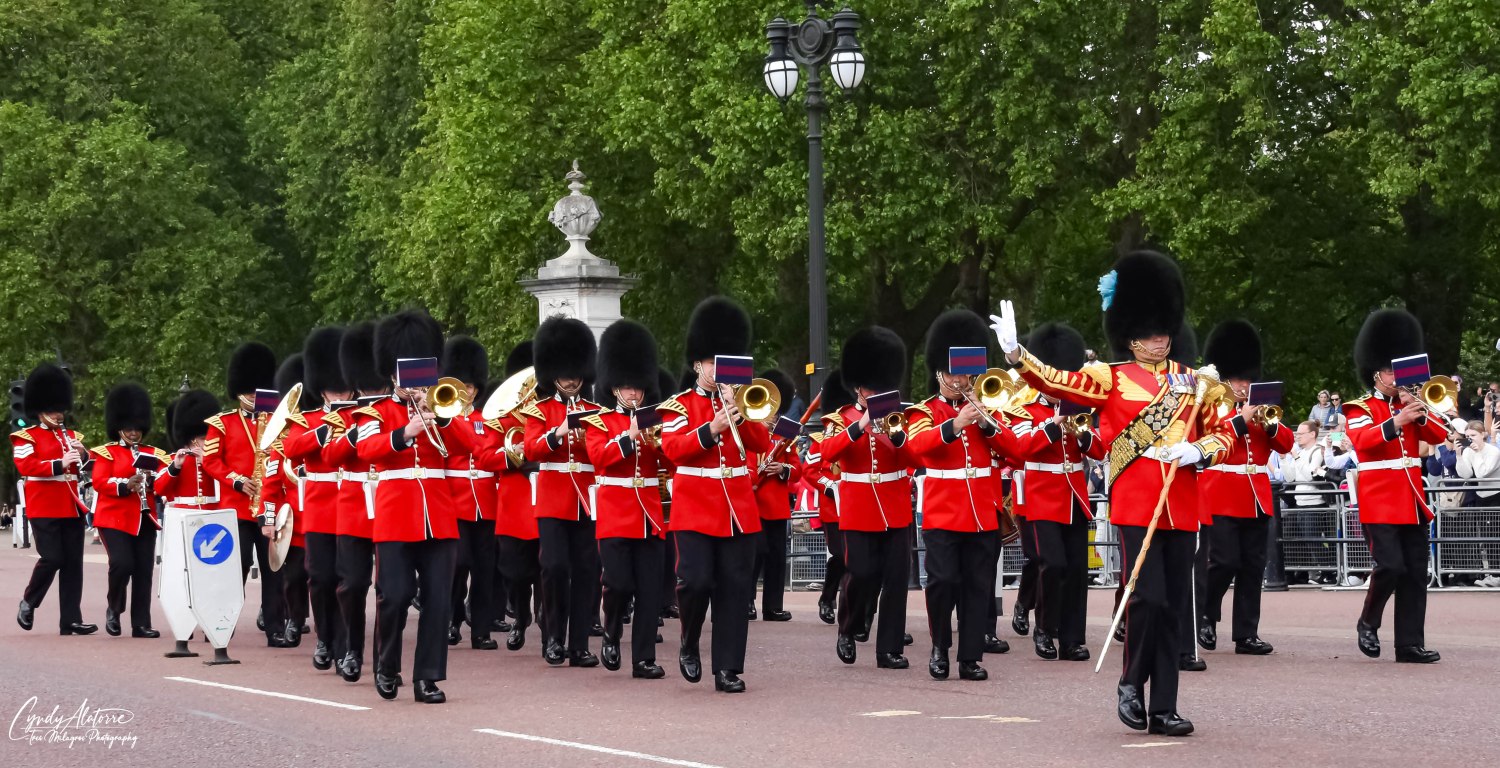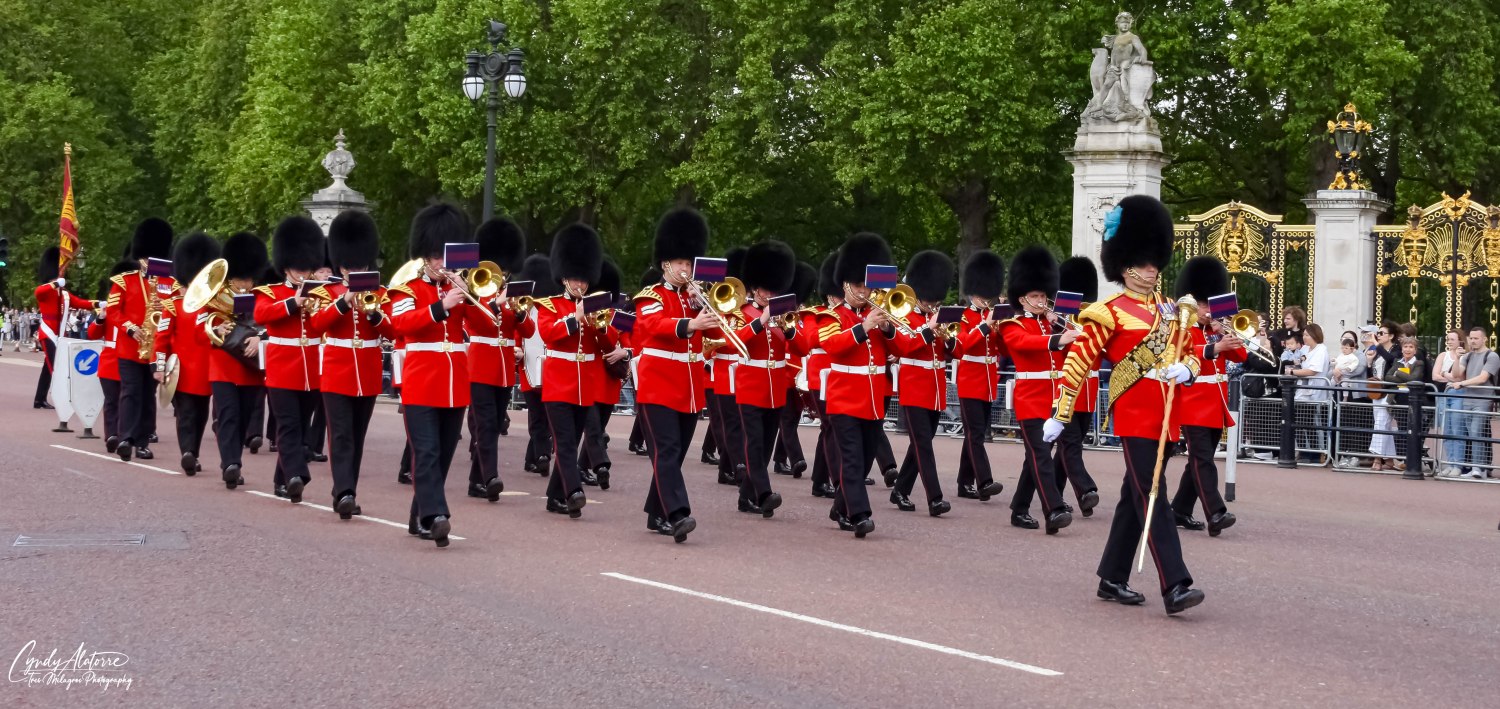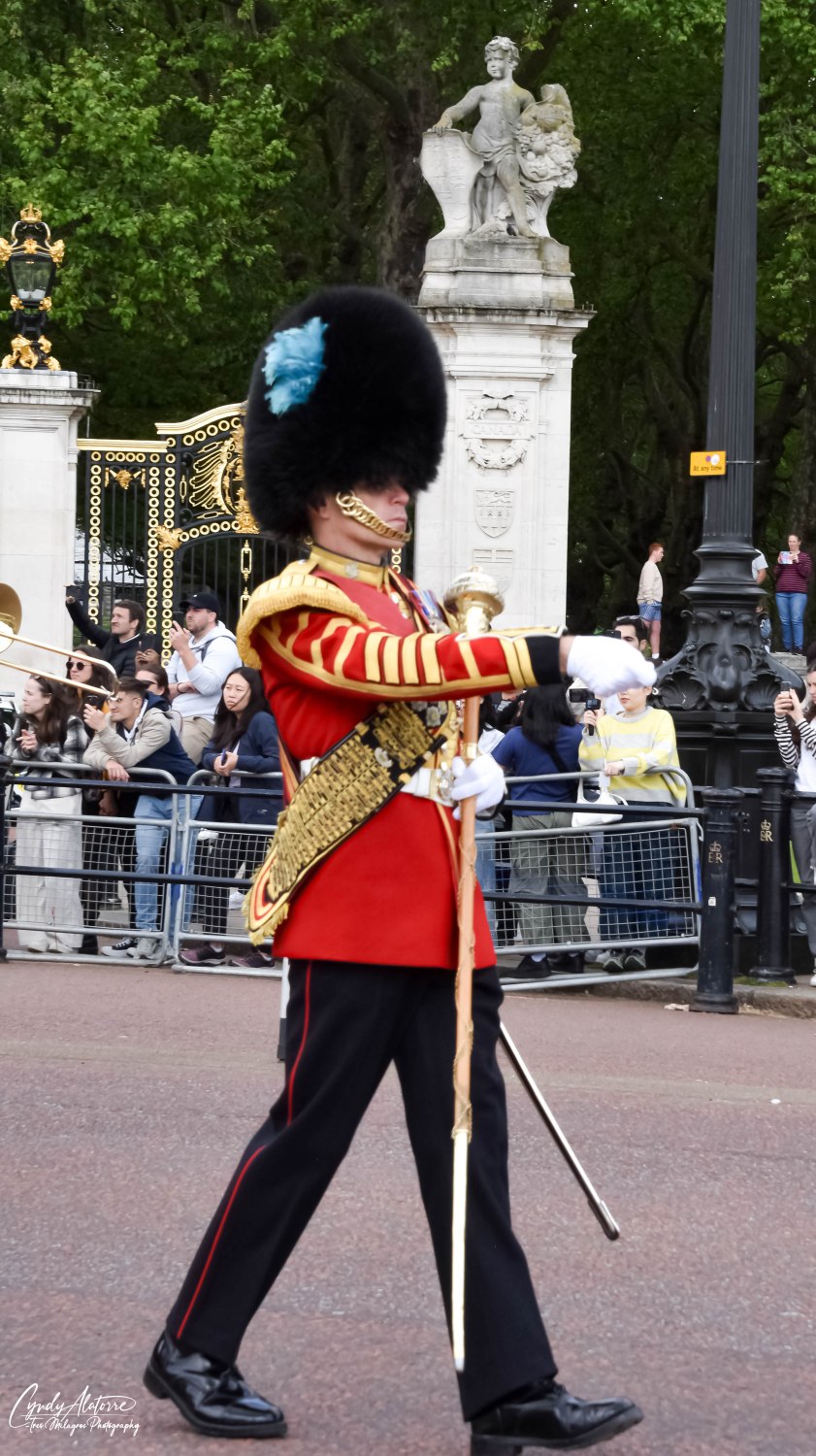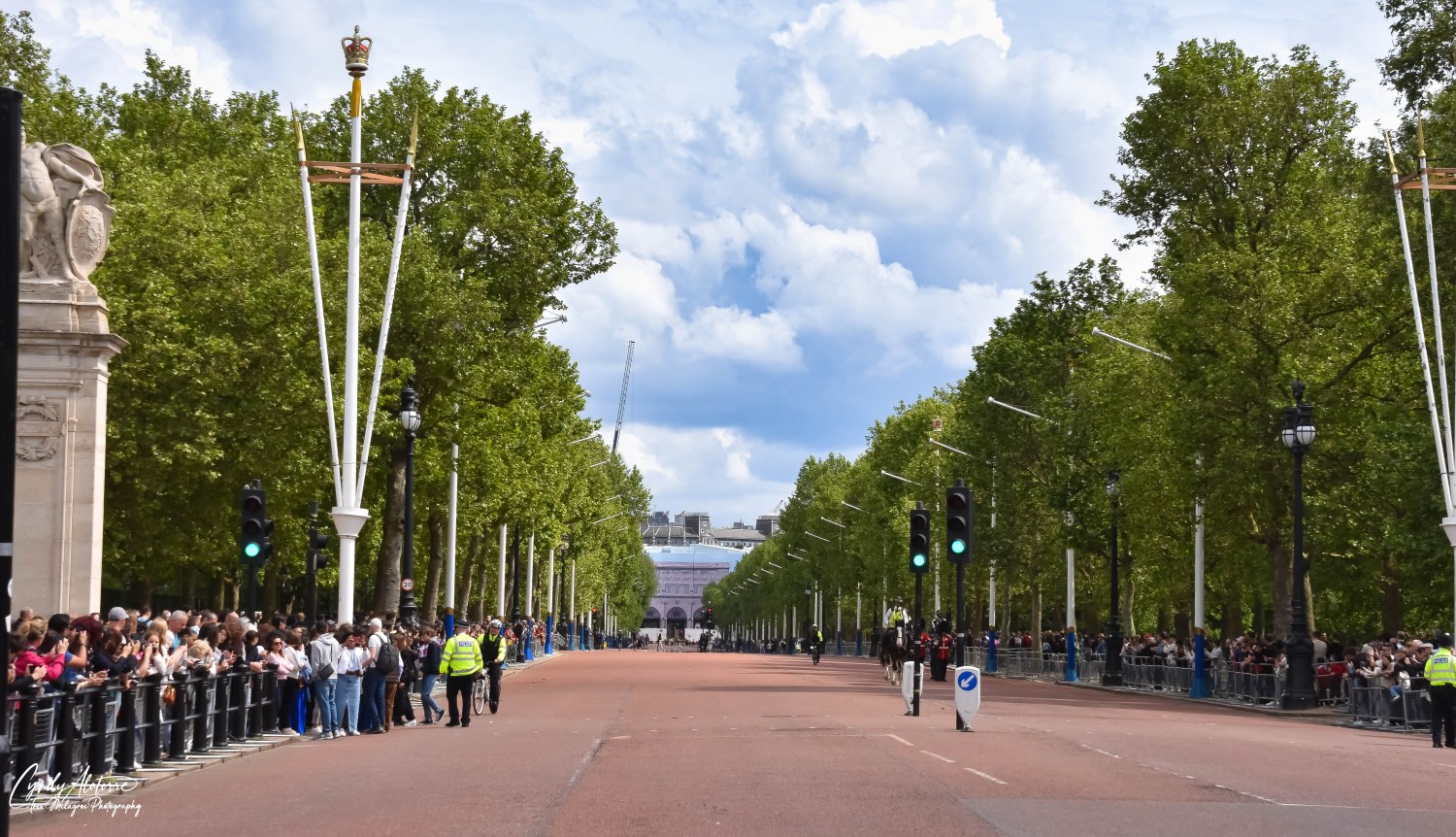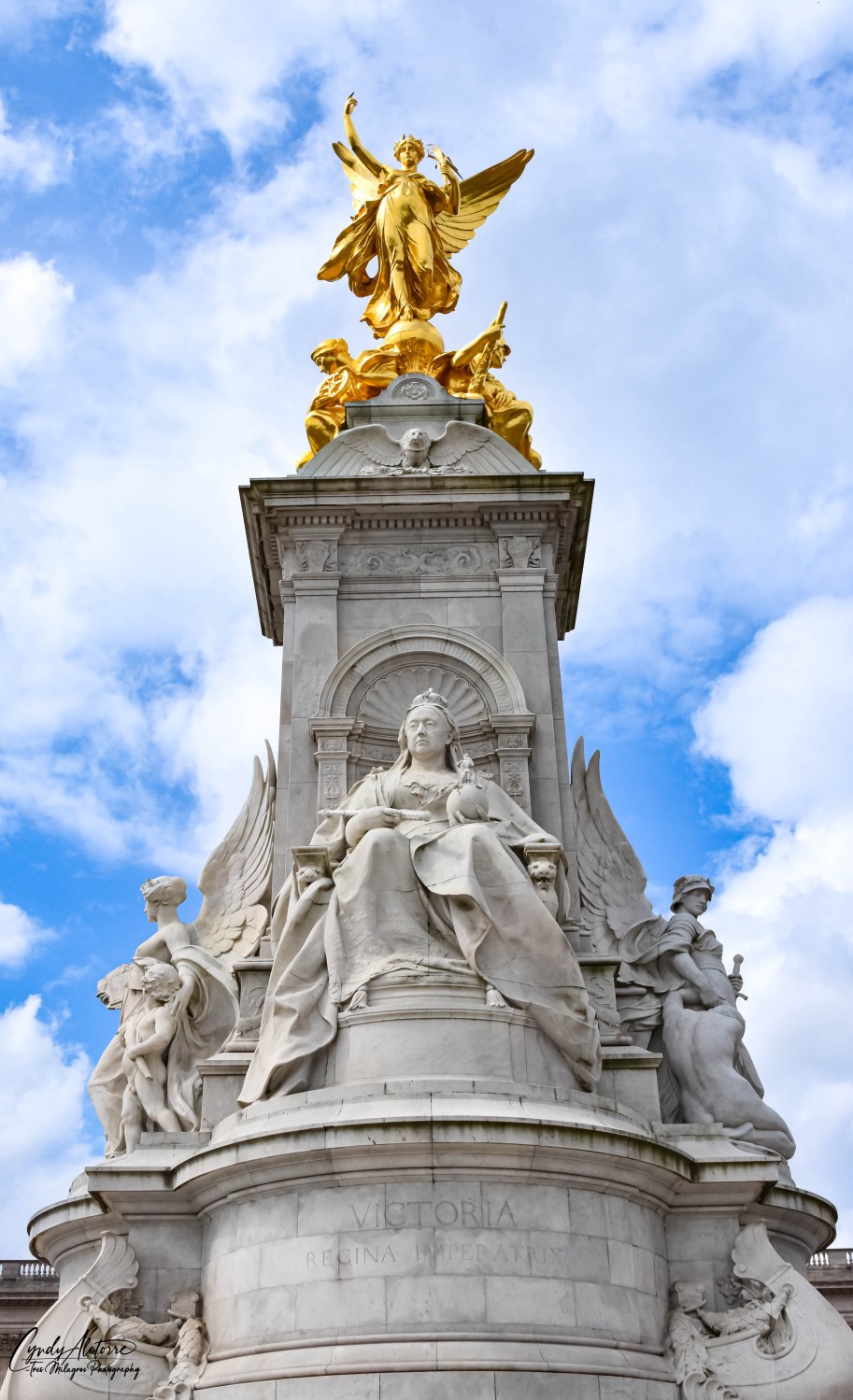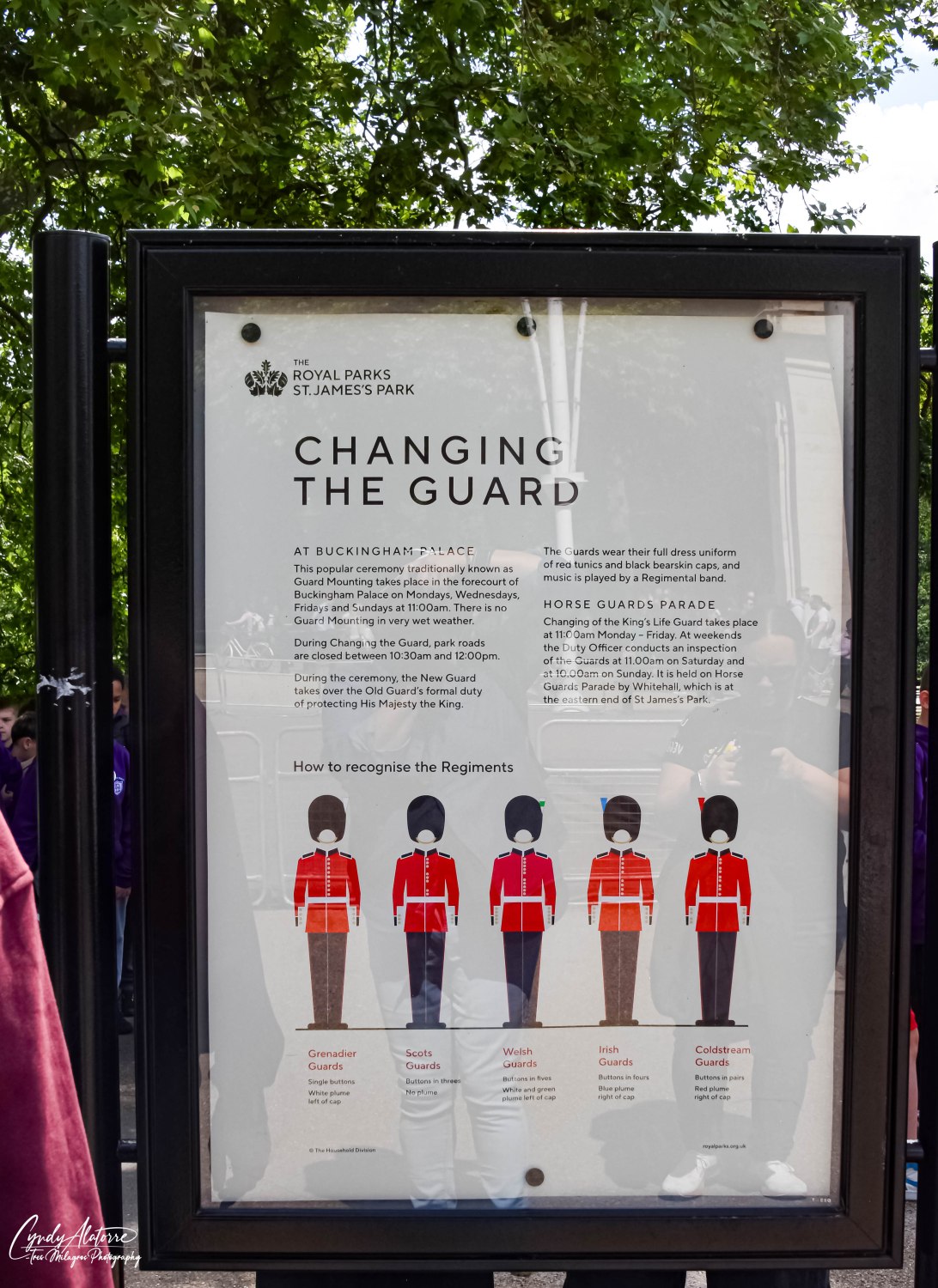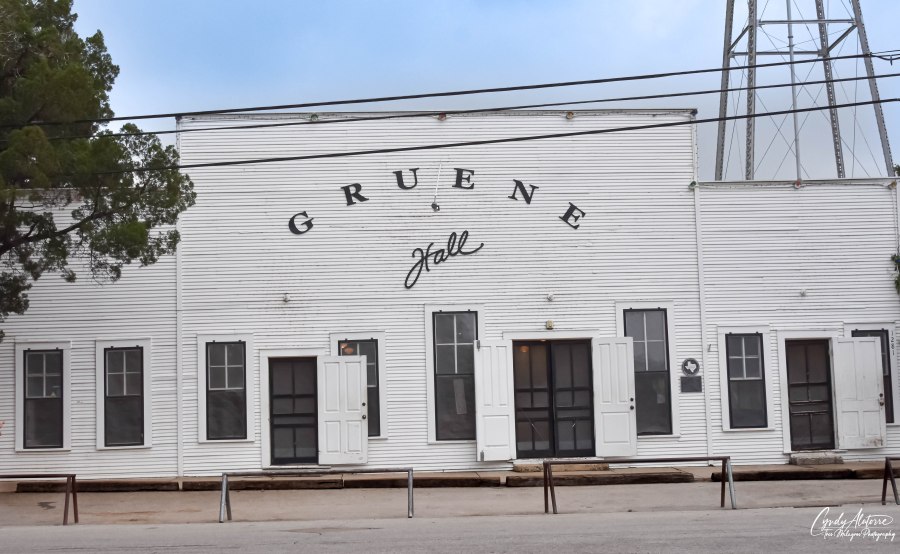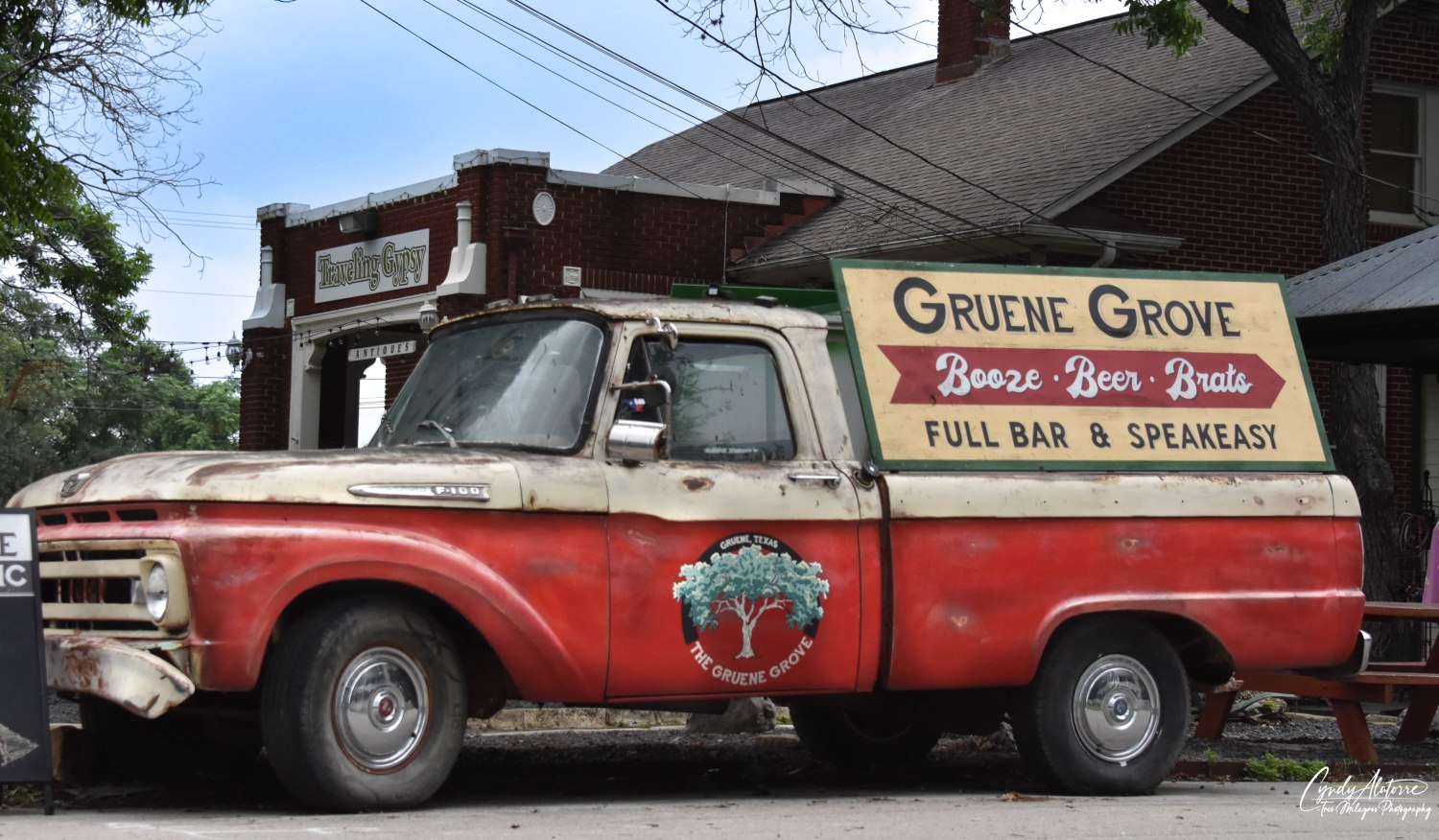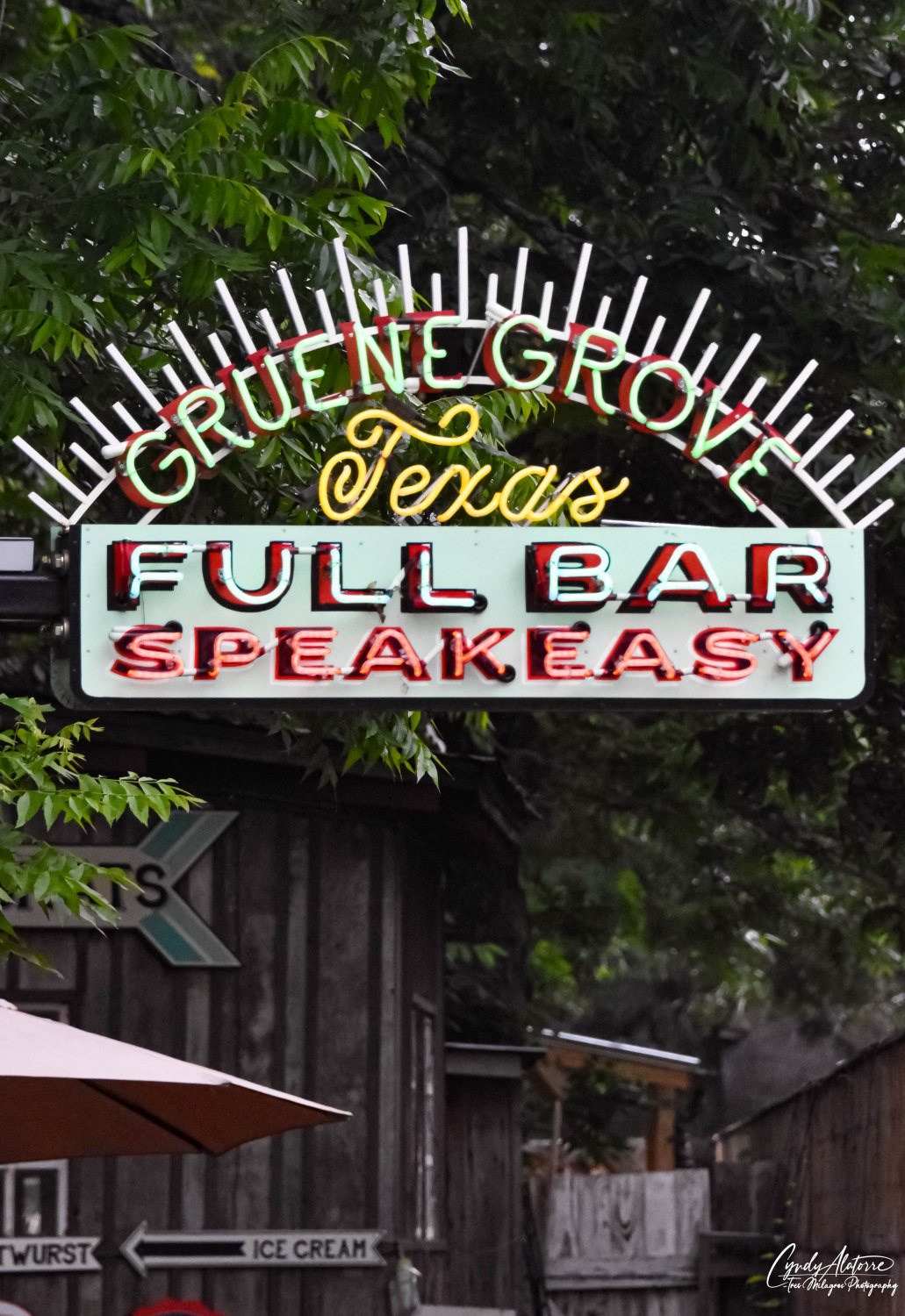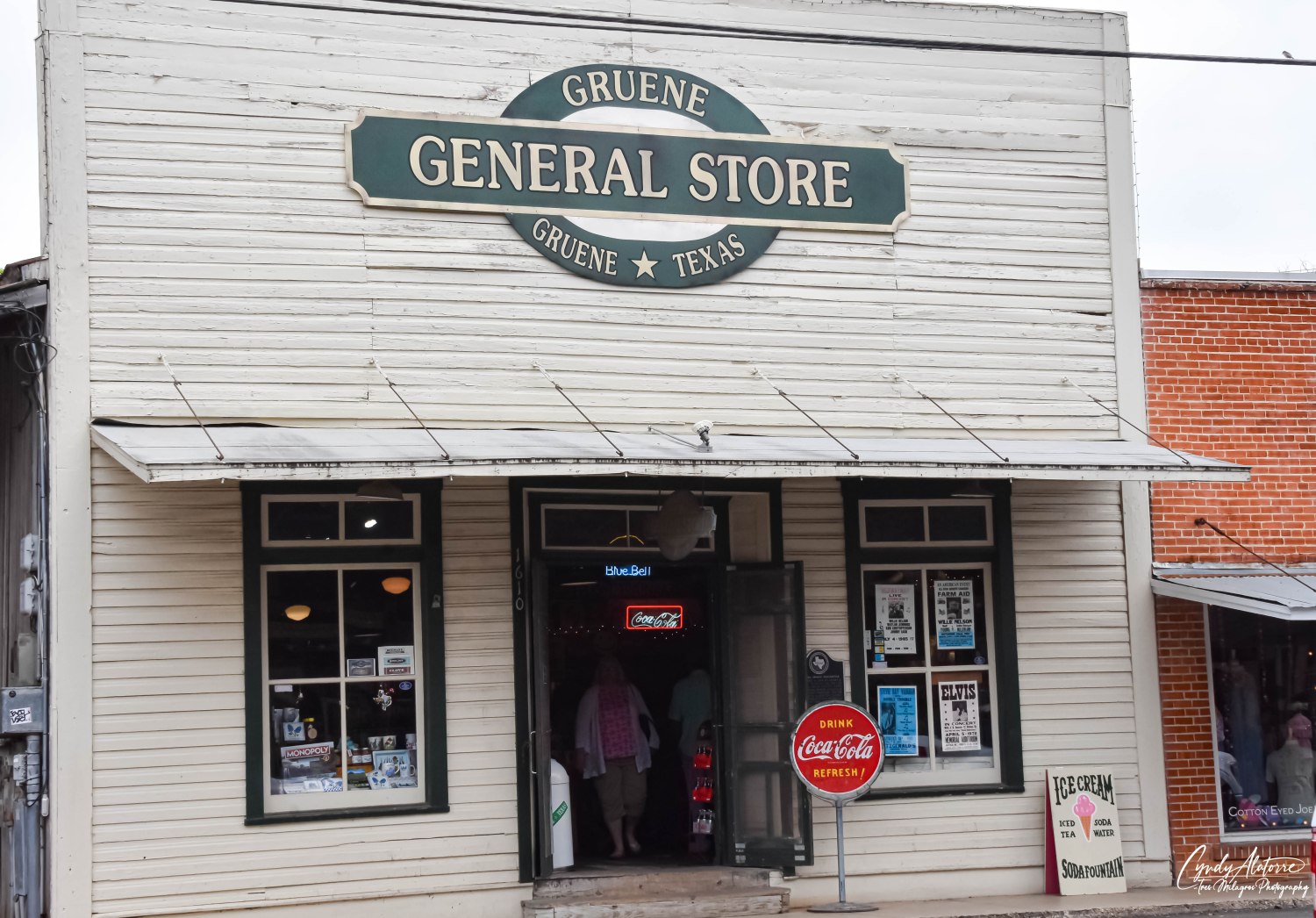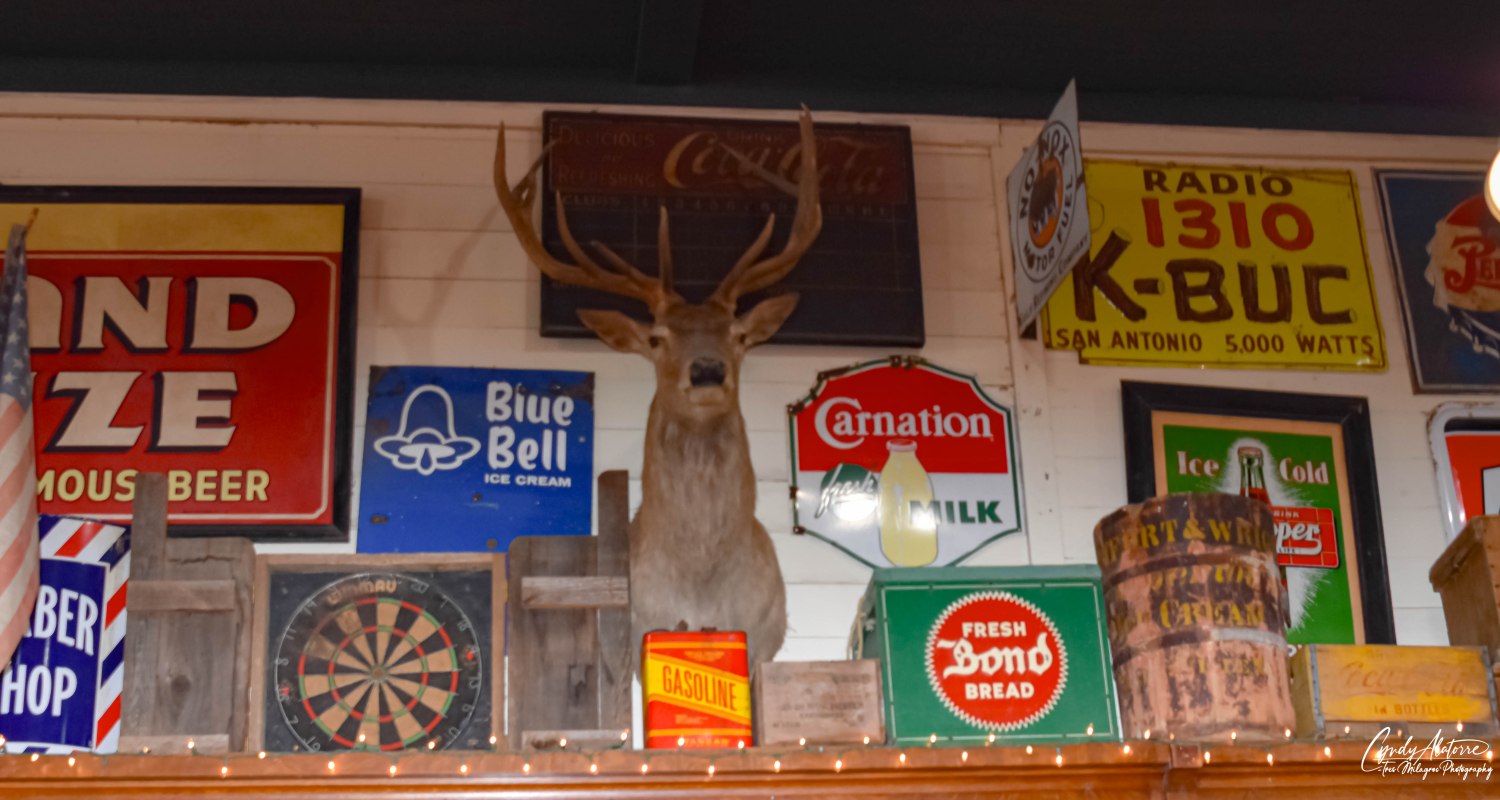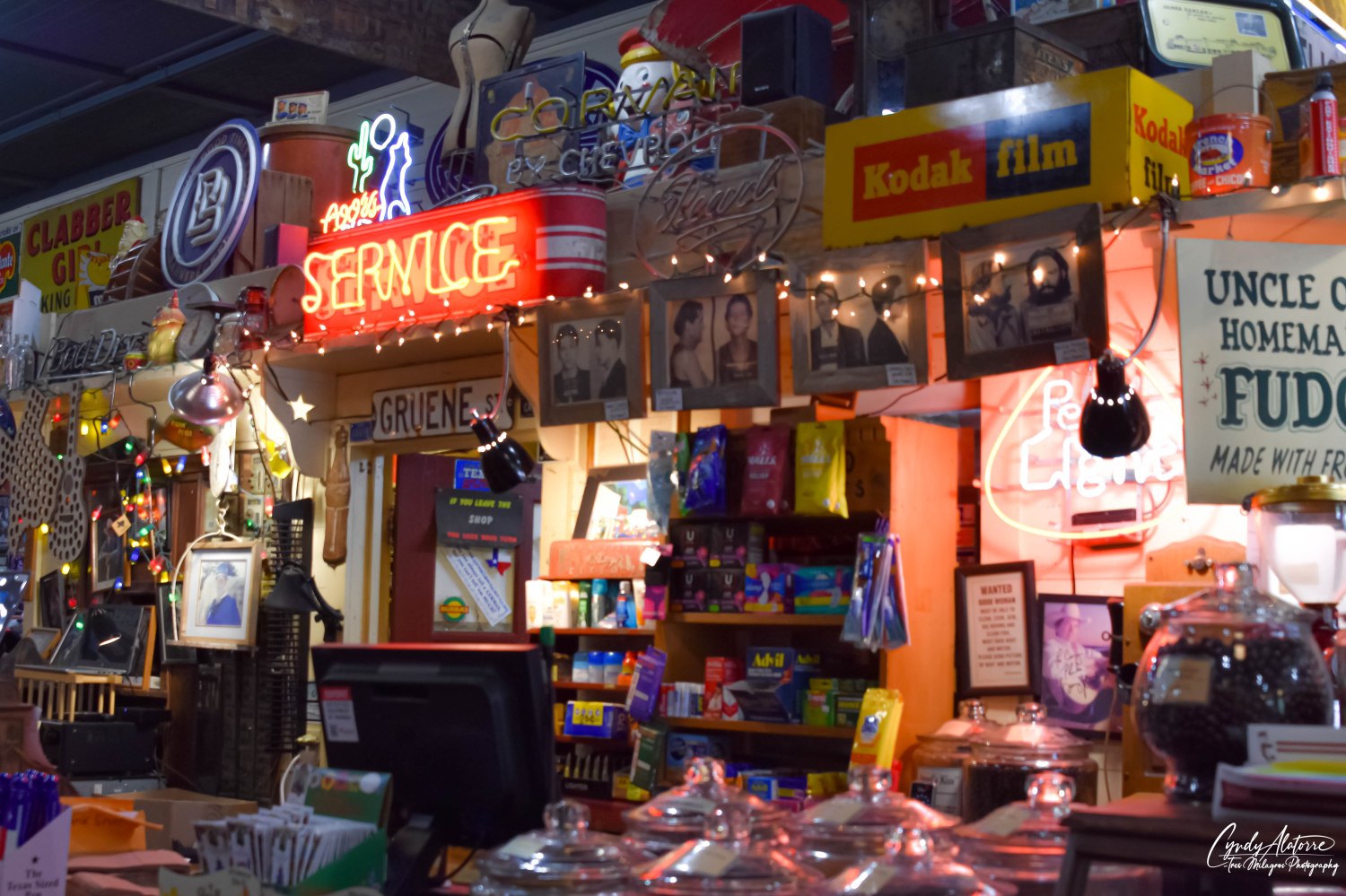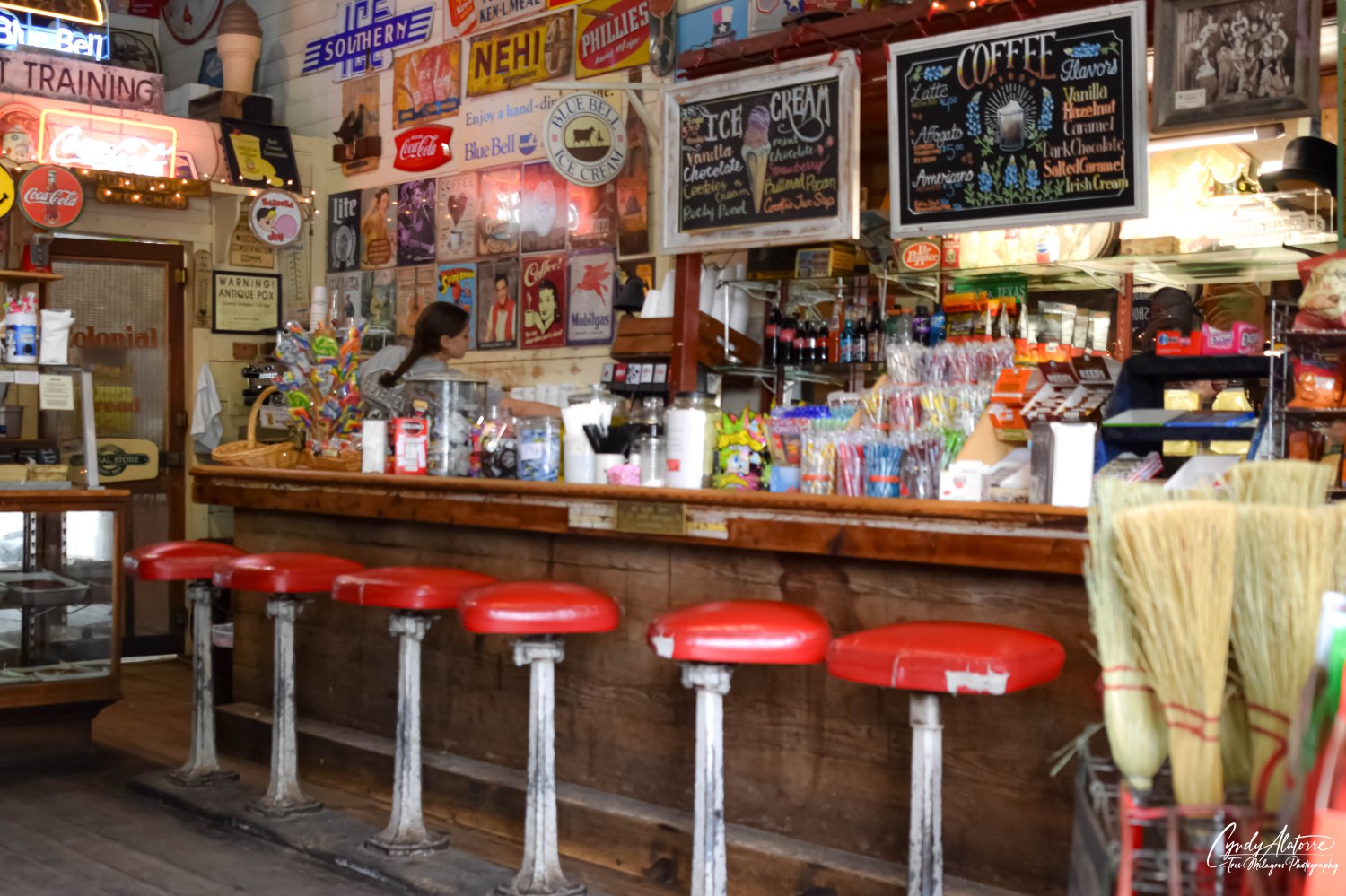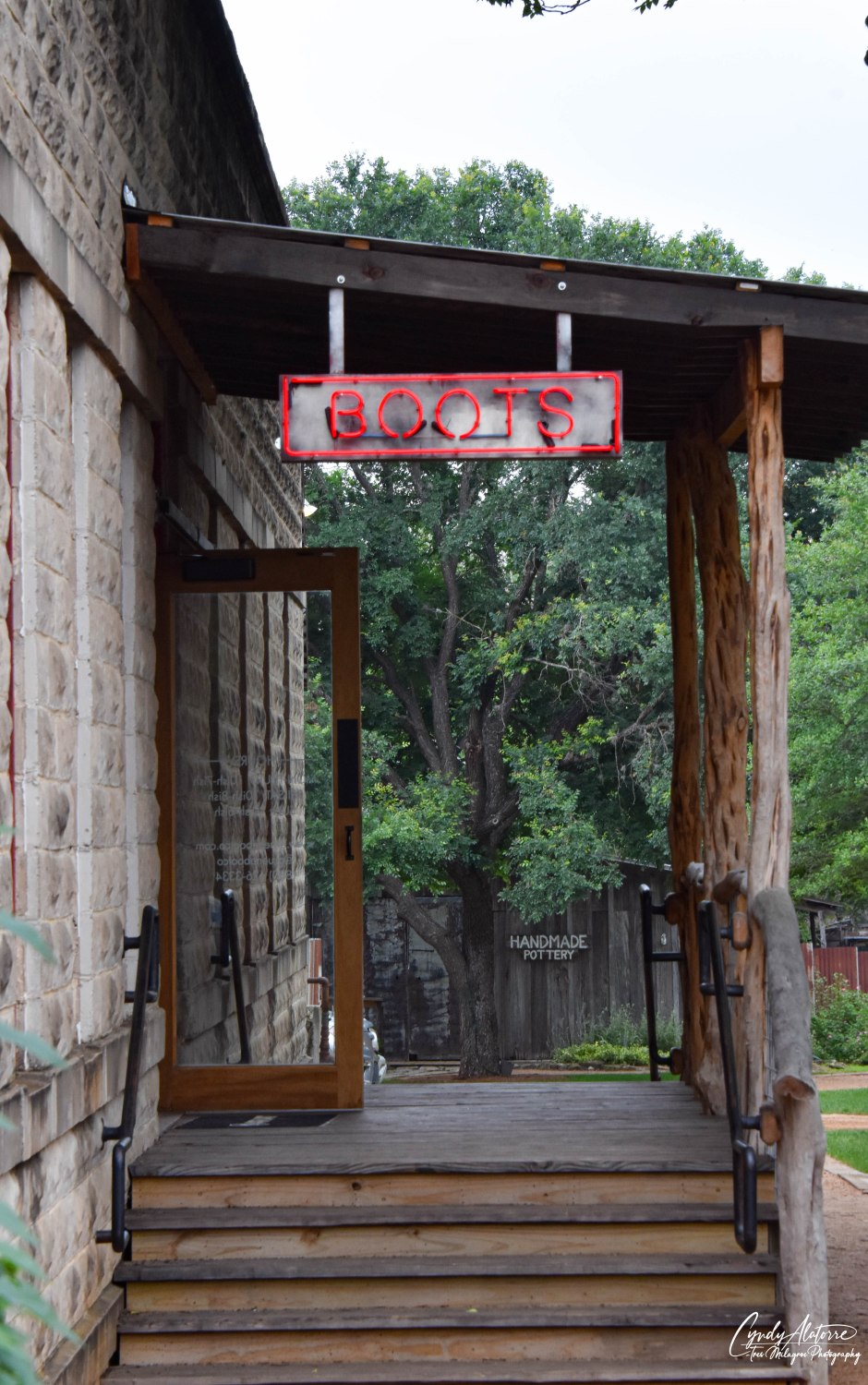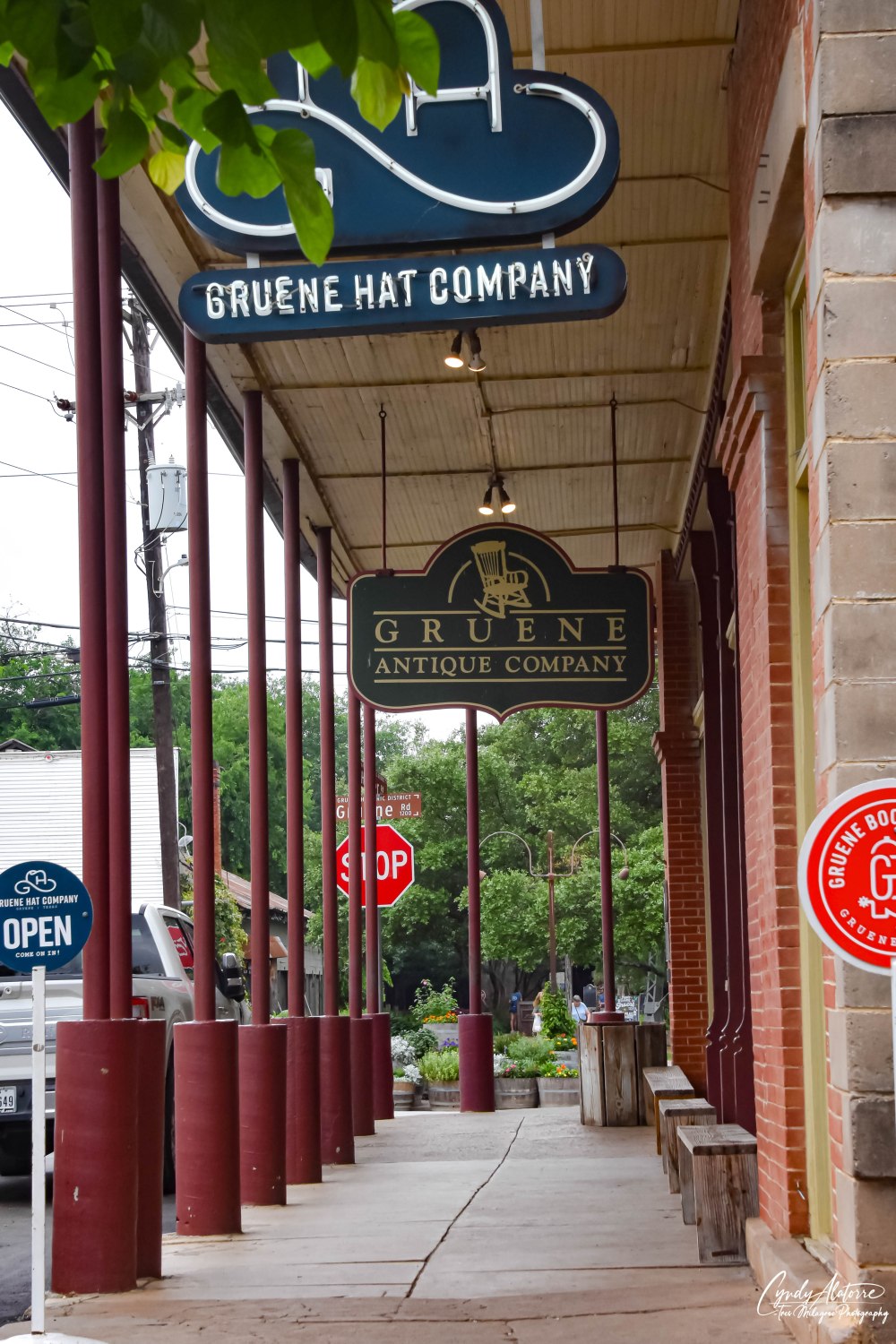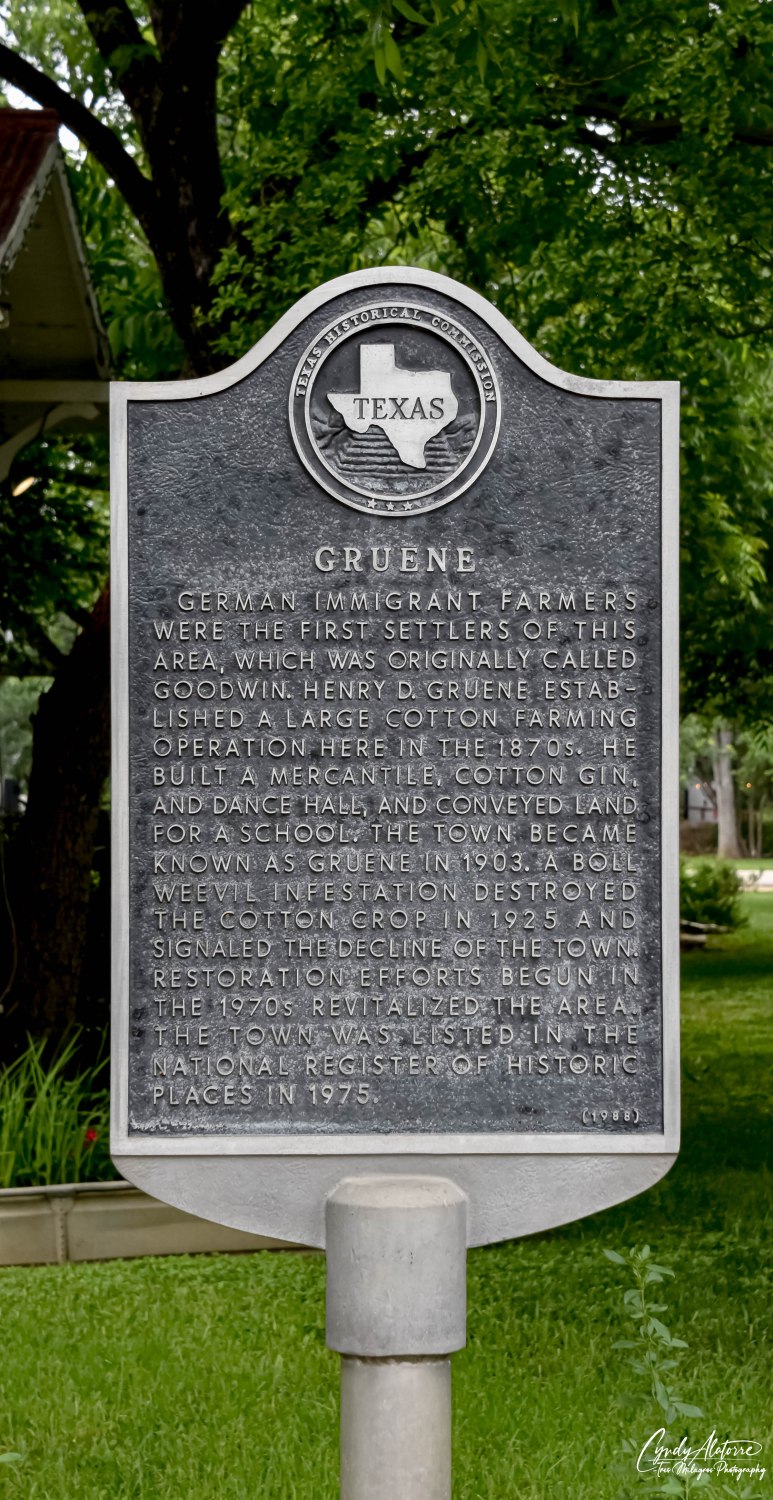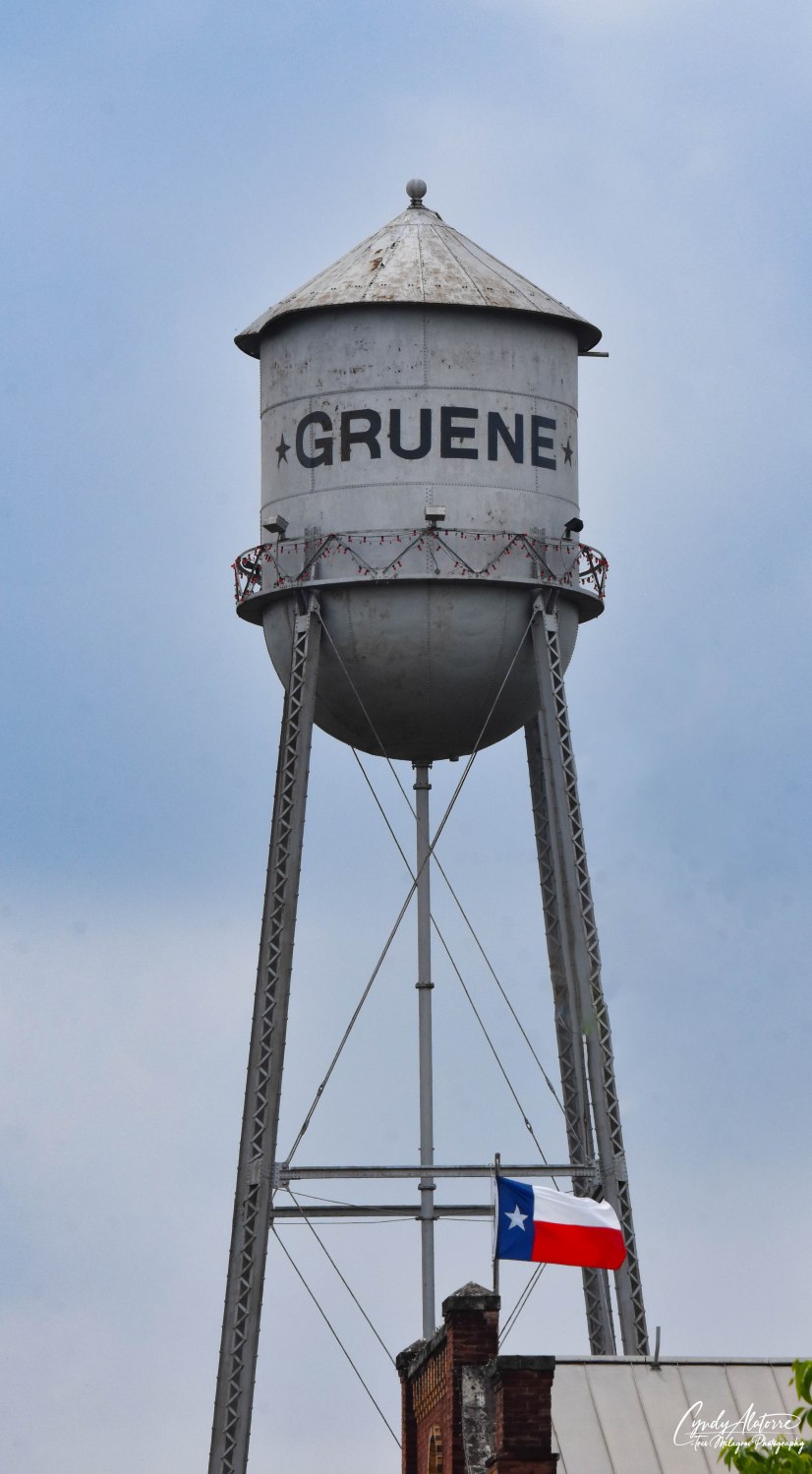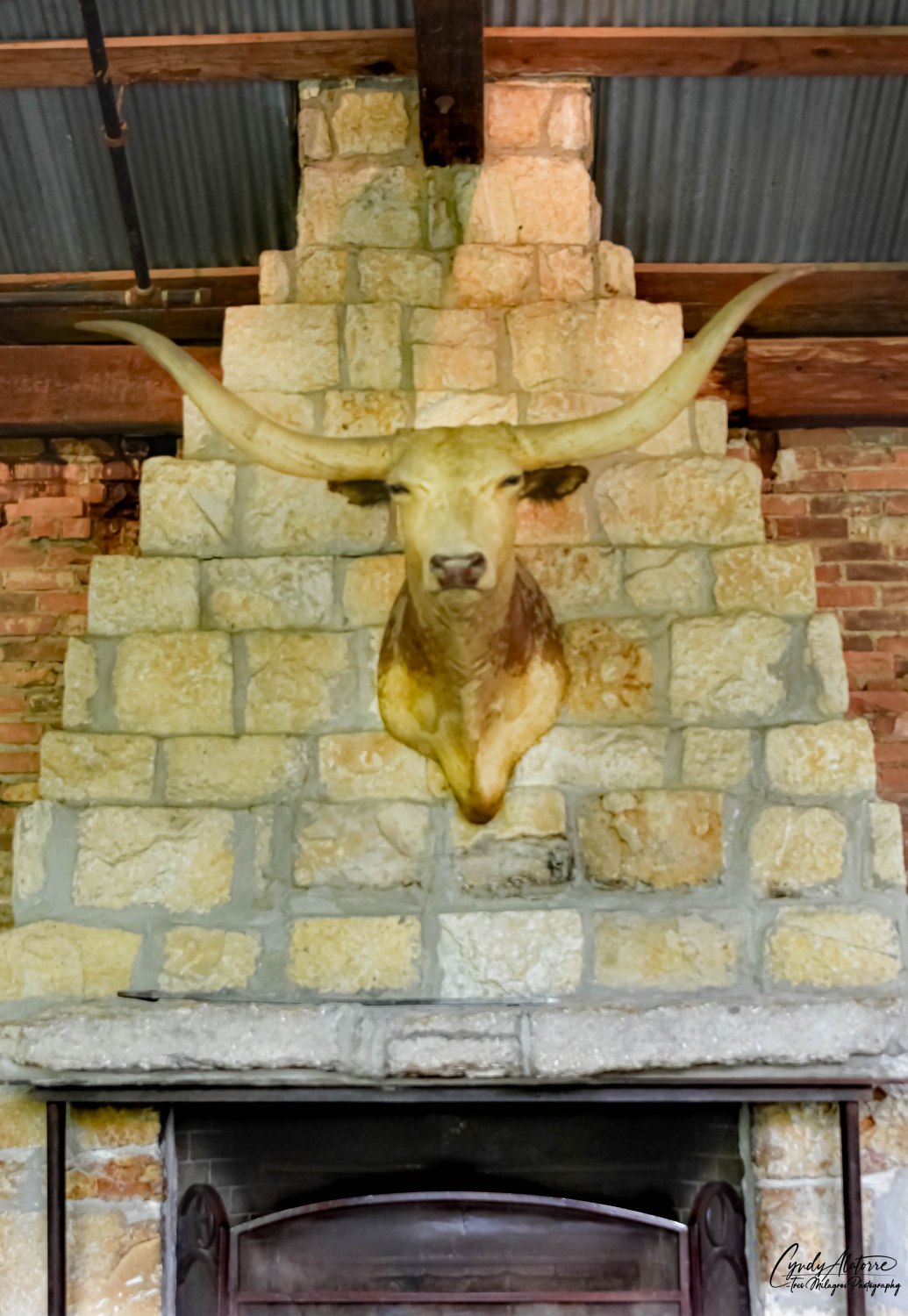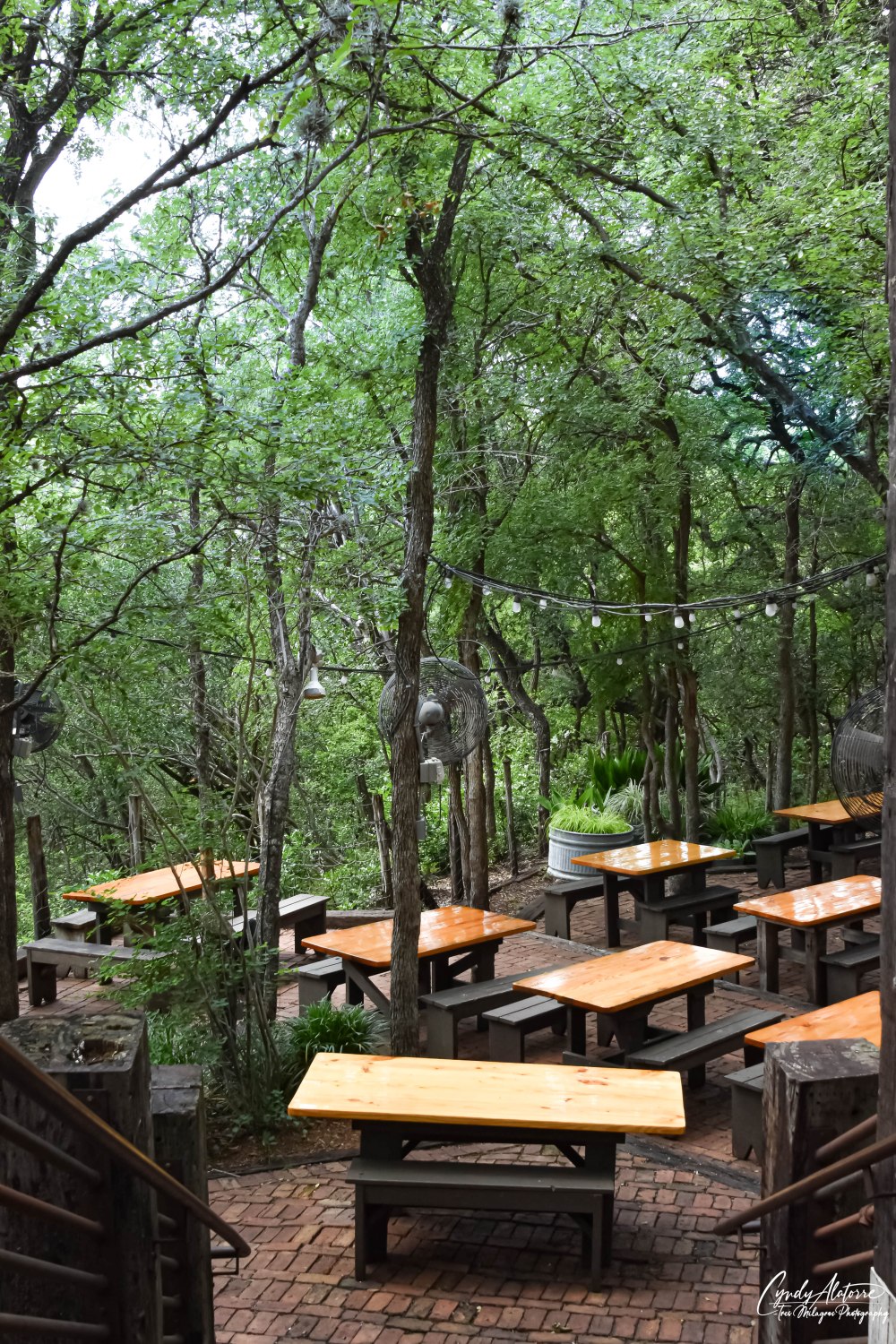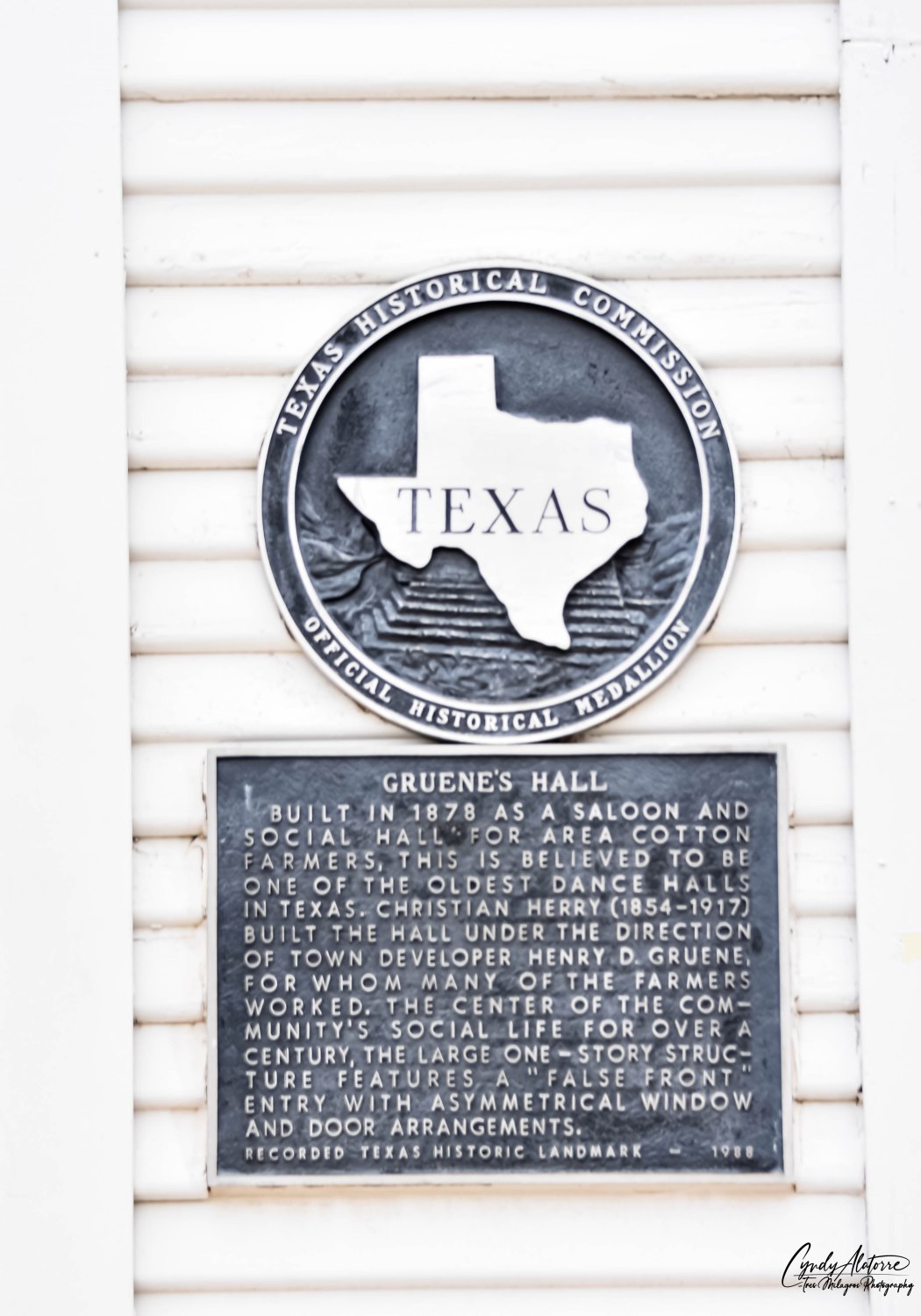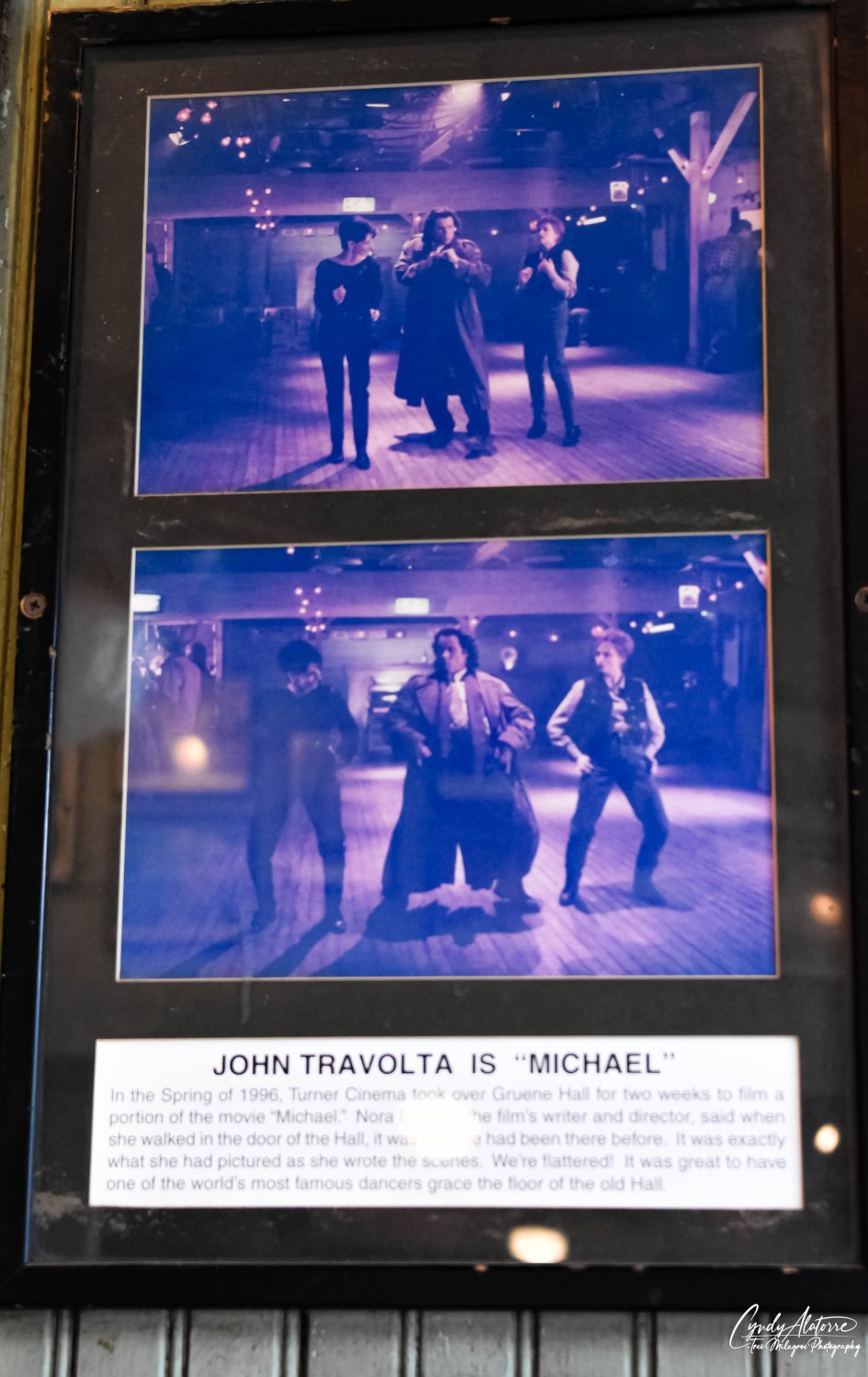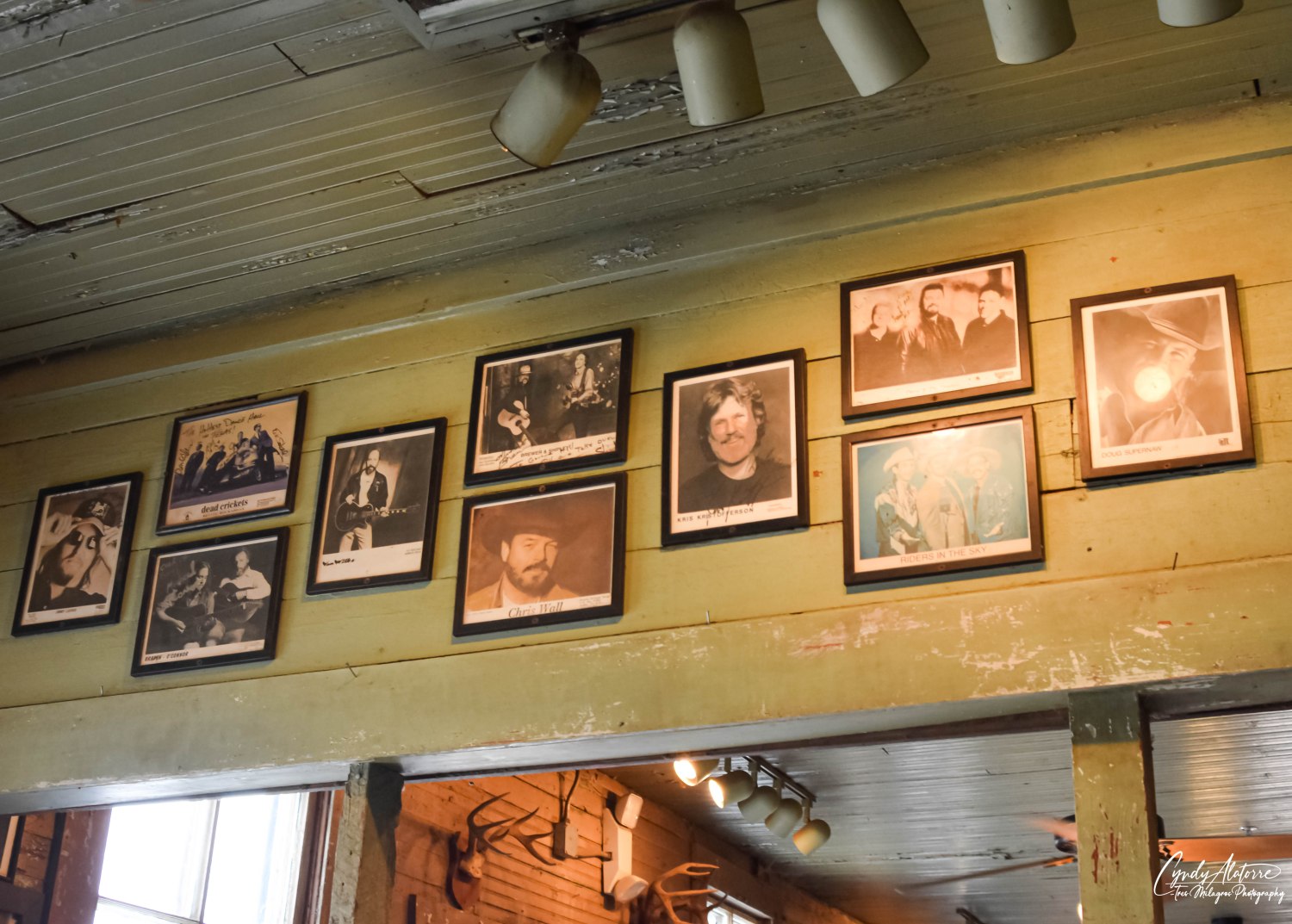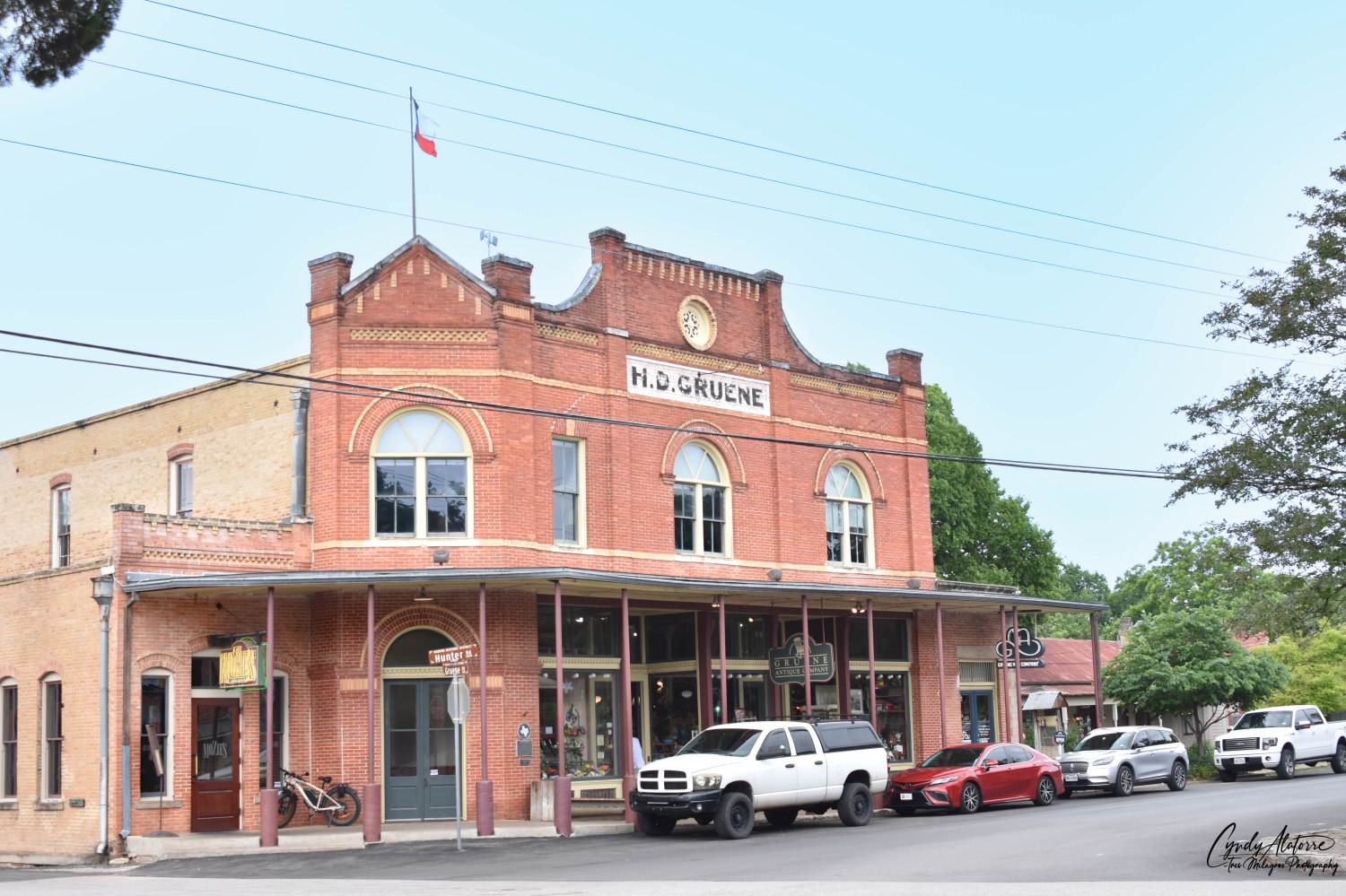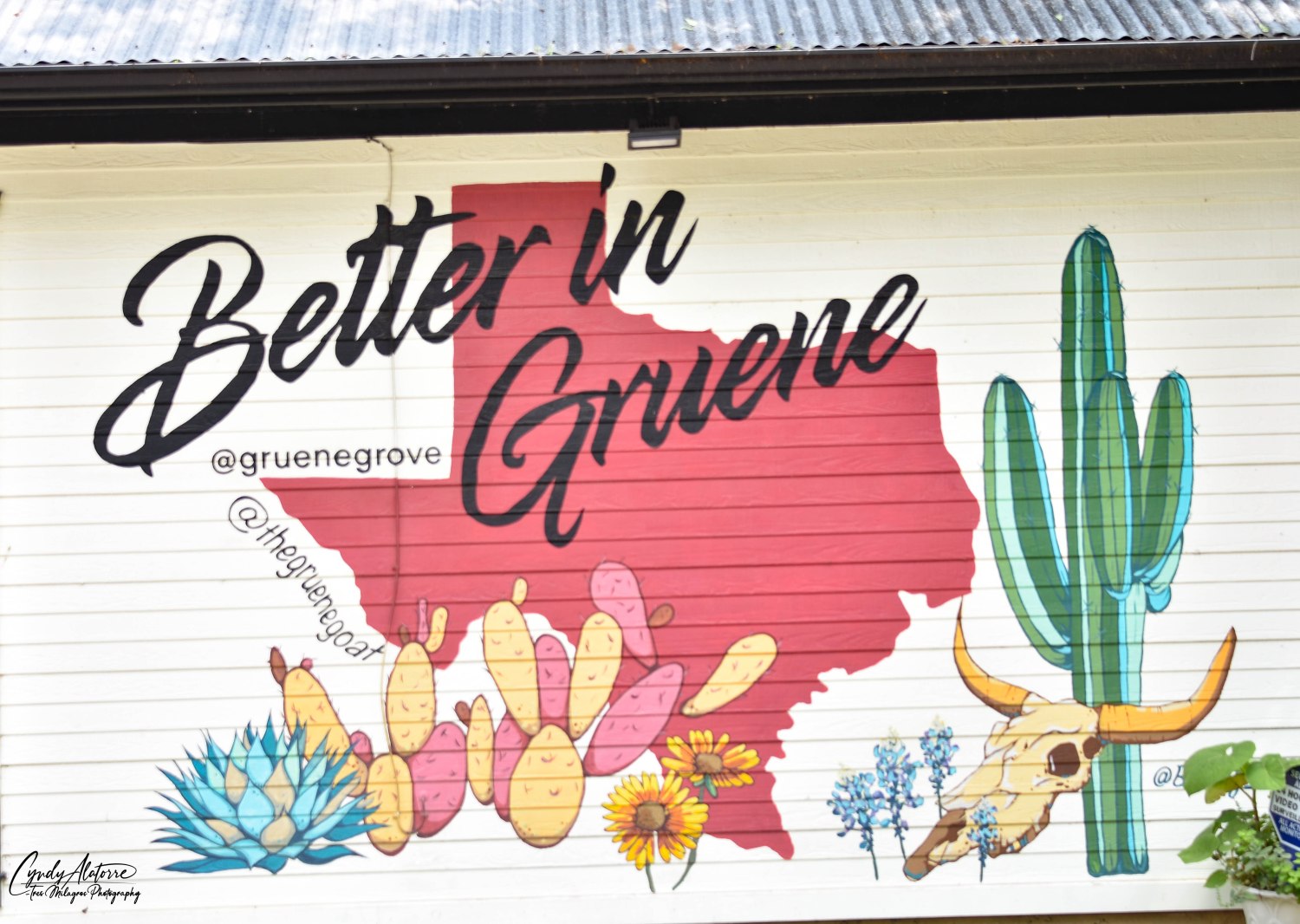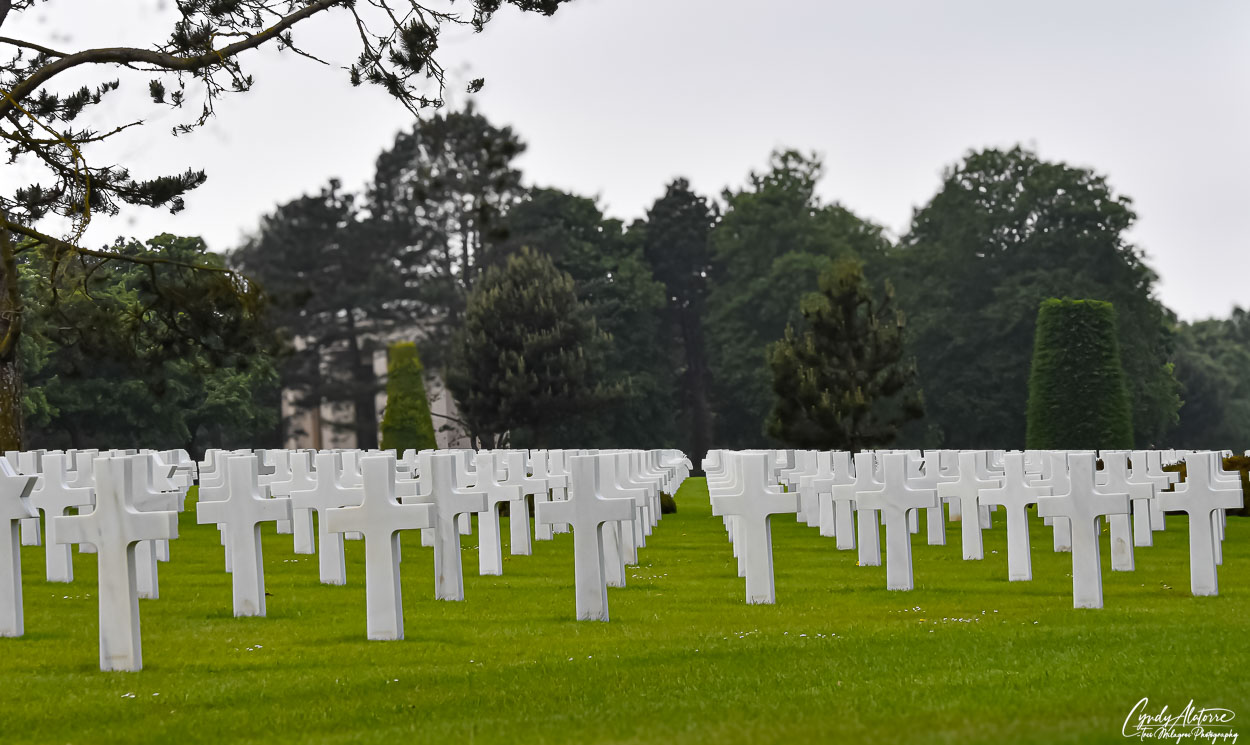
Sacred Ground. That is a pretty good definition of the Normandy American Cemetery and Memorial. It is a final resting place for the 9,387 U.S. service members , most of whom died on D-Day on June 6, 1944. For some, it is where they come to remember their family member who died that day and for others it may be a pilgrimage to bring closure and healing. Others come to learn and understand. For me, it was our last stop before we wrapped up our trip to the Normandy region and and was the perfect way to end my bucket list trip.
Shortly after the war, France bestowed 172 acres of this beautiful space, just east of the original burial area, to the United States government to create a formal burial area to relocated those killed and immediately buried after the D-Day invasion. This generous act was a token of France’s deep appreciation and thanks to their American liberators for their service and great sacrifice to free their citizens and country.
As we walked along the entrance to the cemetery and memorial, we came across beautiful landscape. It was very pretty but I immediately noticed that it was different from what I had been seeing in the countryside the last few days. There were Pine trees, flowers and foliage I have seen back home. It felt familiar. But why was it here?

Our guide shared with us that in designing this special site, their goal was to create a resting place that would resemble being in the United States. During World War II, the casualties from the D-Day invasion were not returned home and instead were usually interred near where they died. Often families were not able to attend services for their loved one. This was all the more reason that the architects understood the importance and significance of creating a place ” like home” for these service members to be buried at. Utilizing trees, flowers, bushes as well as other greenery native to America, they successfully create a sacred and similar “home” for these allied members to be buried at to rest in peace.
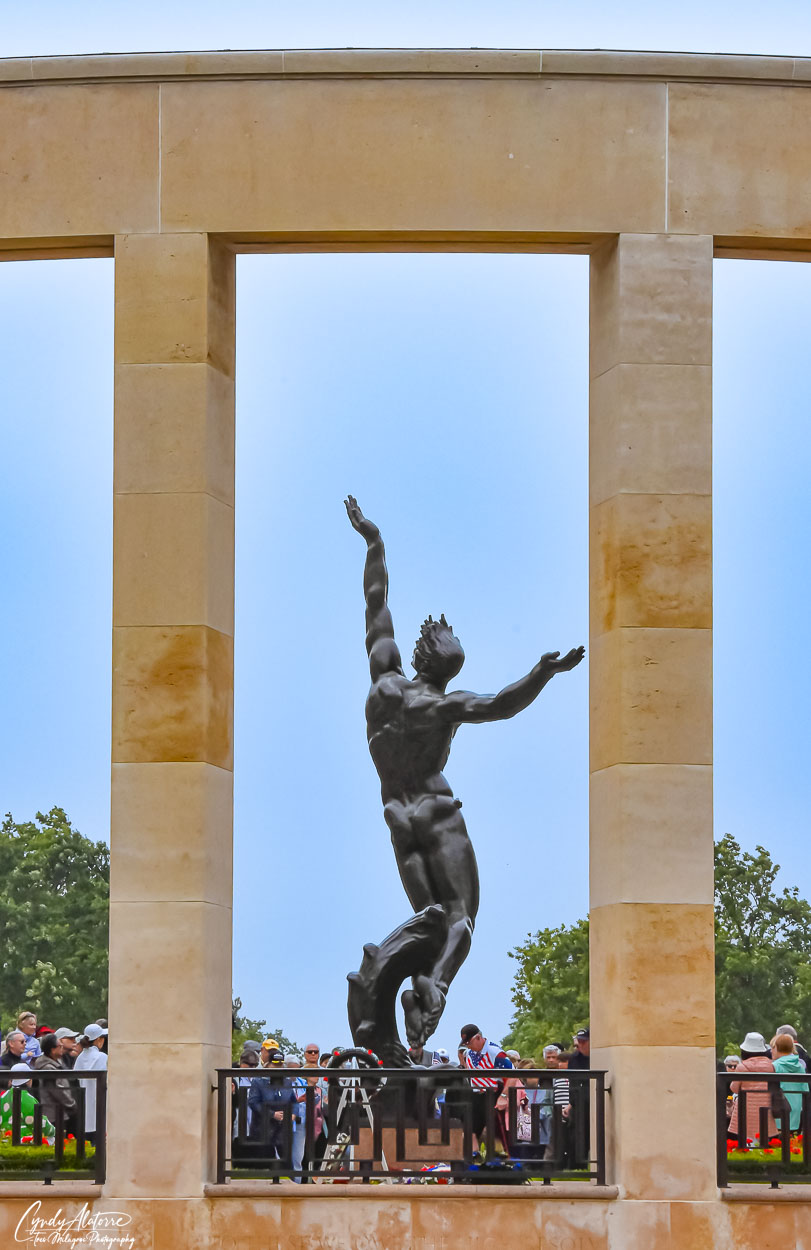
Coming into the memorial you can not help but notice the large and impressive statue between several tall stone columns, whose arms are open wide as if embracing the sky. Looking more like a work of art, my impression was that it was a tribute to the spirit of the young men who died on D-Day. It was beautiful, strong, and in a way gave a sense of hope. It was a reminder of the huge loss of youth and life on the beaches near by and that their spirit lives on.
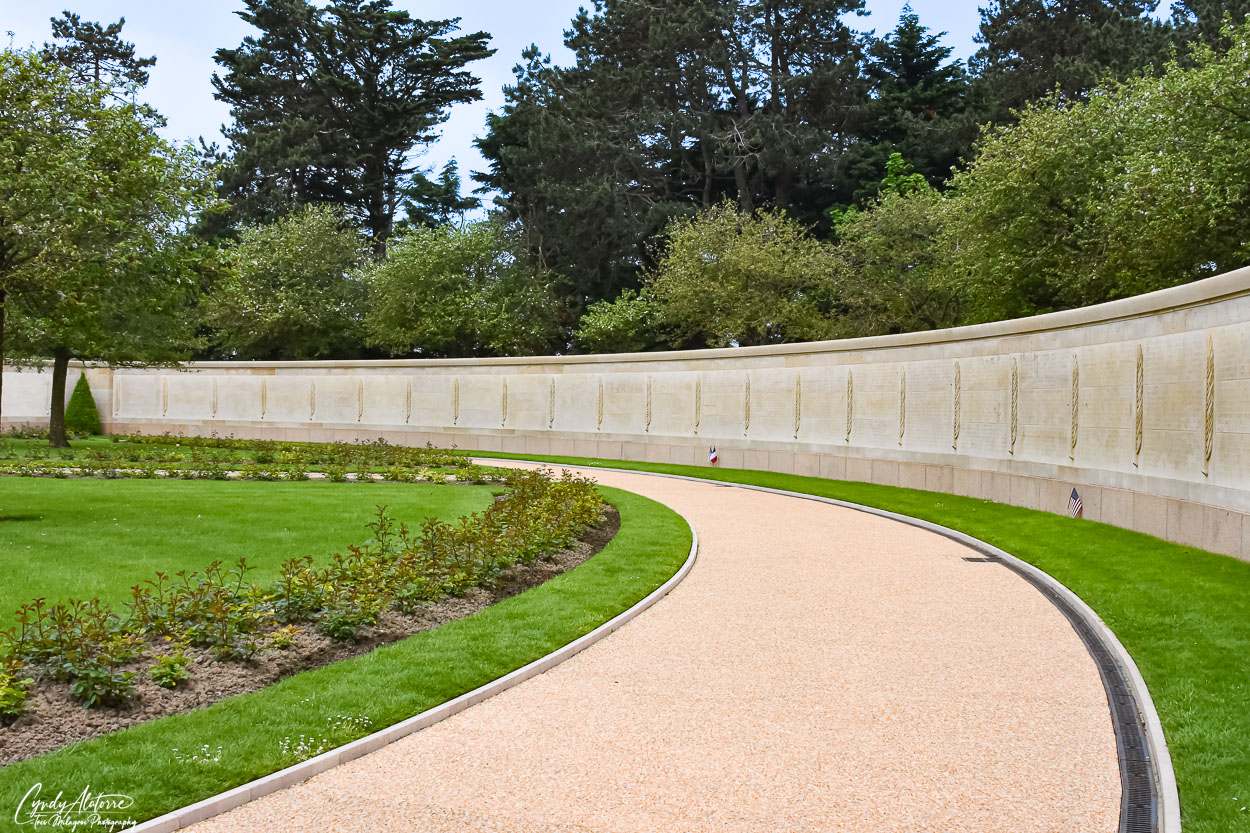
At the rear of the memorial was the Wall of the Missing. This garden is home to the names of 1,557 service members who were killed during the D-Day invasions and were missing or could not be identified or accounted for. The garden consist of roses, grass and trees encircled by two large semicircular walls that have the names of these service members engraved into the stone. There were so many names. It made its point. We were told that every so often, the remains of the servicemen would be found and they were able to render honors and properly bury them. When this happened, they would put a small marker next to the name on the wall to indicate that they had been found. Look at the photograph below and you will see a small black marker next to a name of a servicemen they located.
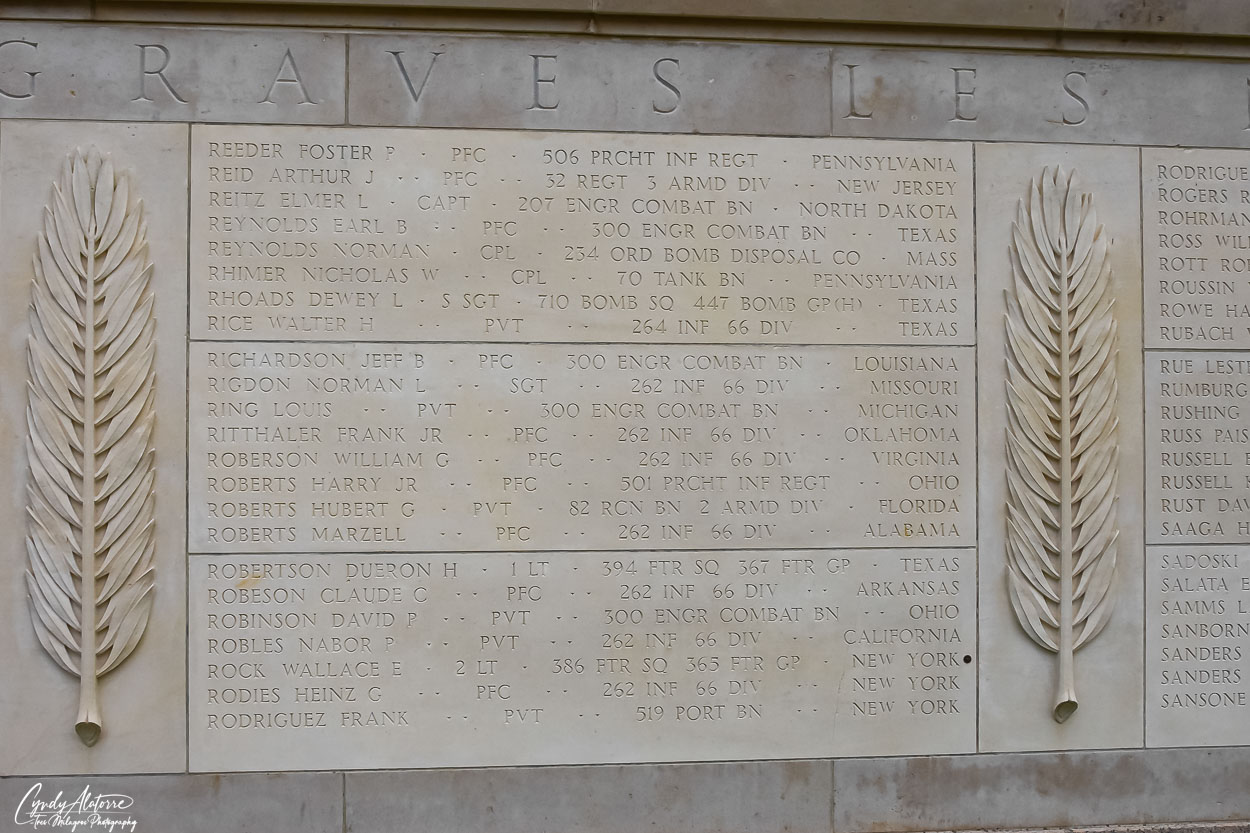
Being on the bluffs above Omaha Beach, you feel the sea breezes and could smell the ocean. From the walkway the view is scenic with pine trees lined along the walkway. Different hues of blue and green blended together in the water and the shore looked smooth and calm. Looking straight out, it’s hard to imagine that thousand of warships were out in those seas and 34,000 plus servicemen stormed the shore below. It is fitting that the cemetery is located where it’s at and so close to where so many met their demise on the beach below.
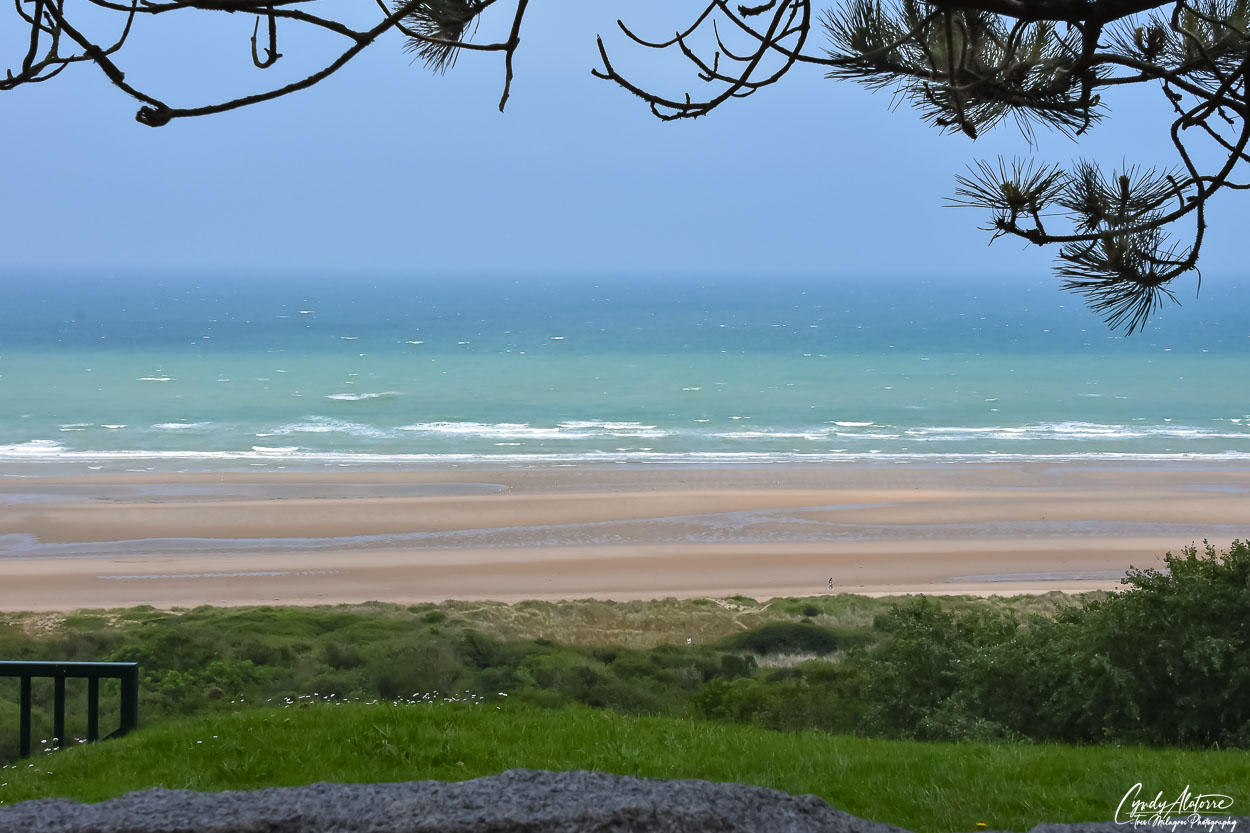
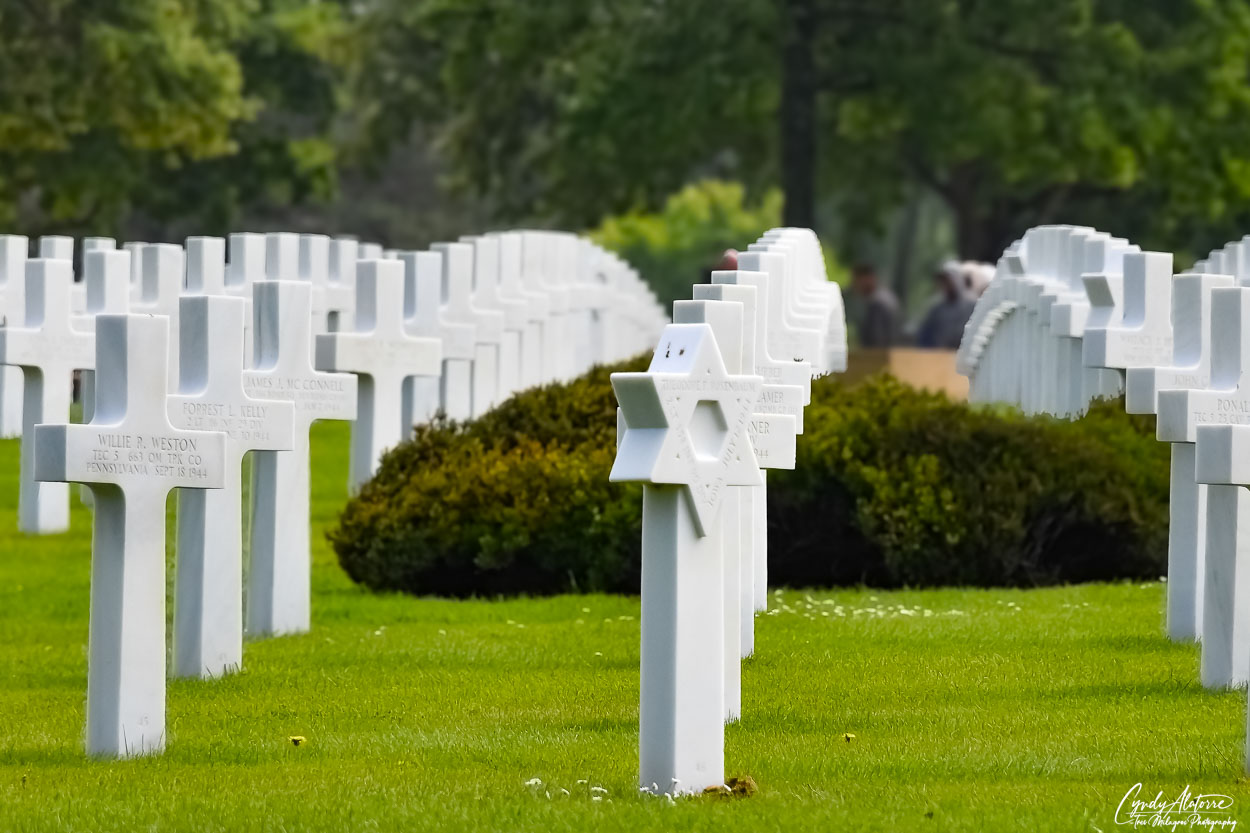
Just a few feet over on the other side of the walkway was the cemetery. Manicured lawns were filled with white Latin crosses and Star of David gravestones, all perfectly aligned as if they were in formation. It was peaceful and serene and you could sense the historical importance of it all .

Brothers bonded by serving together are buried here. Thirty three sets of biological brothers are buried side by side and another 12 brothers lie in the same cemetery, just different areas. There is even a father and son buried side by side as well as three Medal of Honor recipients, one of which is Theodore Roosevelt Jr., son of President Theodore Roosevelt.

Walking around the grounds, there was an air of reverence and visitors were respectful as they made their way through the memorial, gardens and cemetery. The cemetery is also home to the The Normandy Memorial Center. It was good to see this center making an effort to teach current and future generations of the significance of D-Day and the sacrifice that were made by so many during World War II.

After experiencing the cemetery, surrounding grounds and various sites, I left with a better understanding and appreciation for many things. Among them is a greater appreciation for those that participated in the D-Day invasion, the sacrifice that these servicemen and their families made for this great cause and fortunate to be able to travel in person to see and sense where history occurred. Again, traveling proved to be a great teacher.
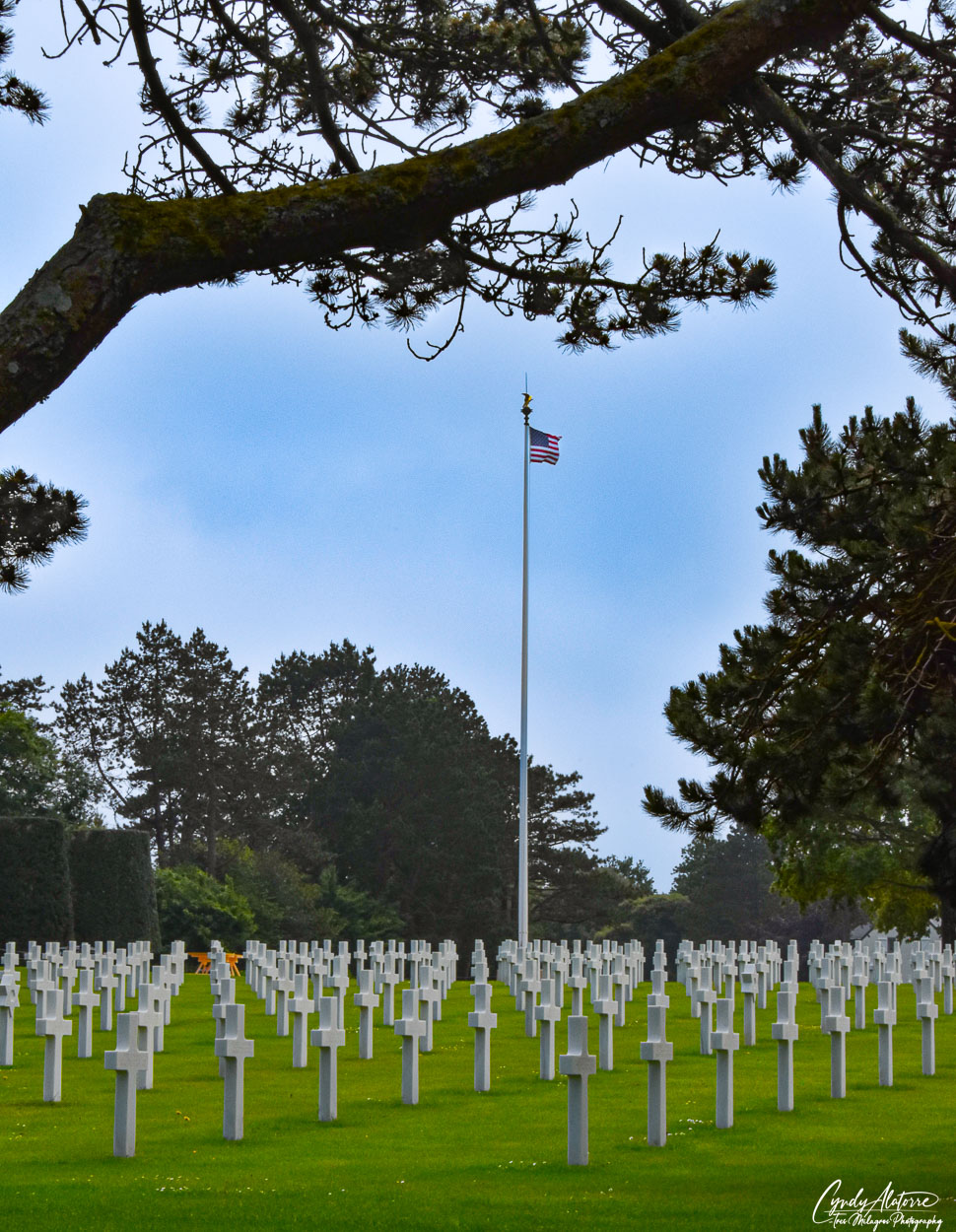
Wrapping up this “history” segment of our trip, it was time to leave. The Normandy region is a beautiful area with many towns, beaches and things to explore. Everywhere we went, the citizens of the various towns were friendly and willing to share about their small communities and expressed their appreciation for their American liberators, even 80 years later. My only regret is that we didn’t have enough time to see everything, but therein lies a silver lining in that we we just have to come to Normandy again!
Until next time, we’ll keep moving on and see were we go via El Camino Thru My Lens.

